Last updated on September 22, 2023

Scorched Ruins | Illustration by John Avon
Weatherlight was the third and final expansion released as part of Magic’s Mirage block. The Mirage block is notable in Magic’s history for being the first block intentionally designed together as opposed to just separate sets that were lumped together into a block. These three sets consisted of one big expansion, Mirage, and two smaller expansions to round out the block, Visions and Weatherlight.
Weatherlight set itself apart from the previous two sets in the block by focusing on the graveyard. Though no new keyword mechanics were introduced, the set had cards that focused on the order of cards in a player’s graveyard. It also had a theme of creature cards that required players to pay a cost or else sacrifice the creature, similar to cumulative upkeep.
Let’s look at the cards released in Weatherlight and which, if any, are still relevant today!
Weatherlight Basic Information
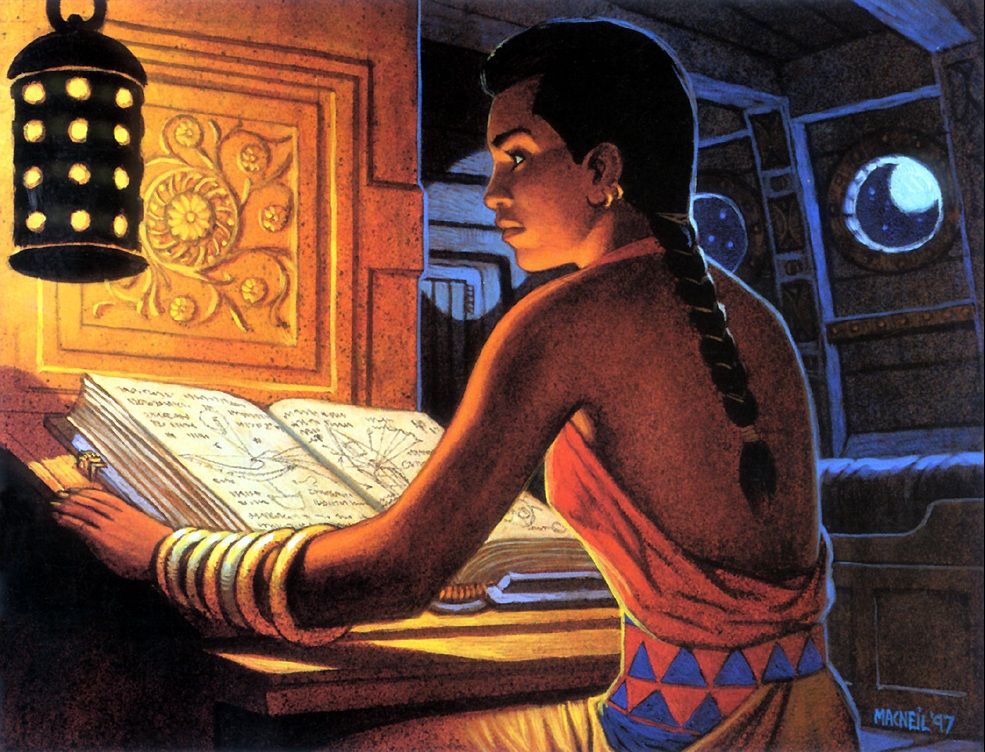
Ancestral Knowledge | Illustration by Colin Mc Neil
Set Details
| Set Symbol |  |
| Set Code | WTH |
| Number of Cards | 167 cards |
| Rarities | 62 commons, 55 uncommons, 50 rares |
| Mechanics | Banding, cumulative upkeep, phasing, flanking, and Swampwalk |
Important Dates
| Event | Date |
|---|---|
| Paper Release Date | June 9, 1997 |
| Release on MTGO | December 12, 2007 |
| MTGO Release Events | December 14, 2007 |
About the Set: The Story
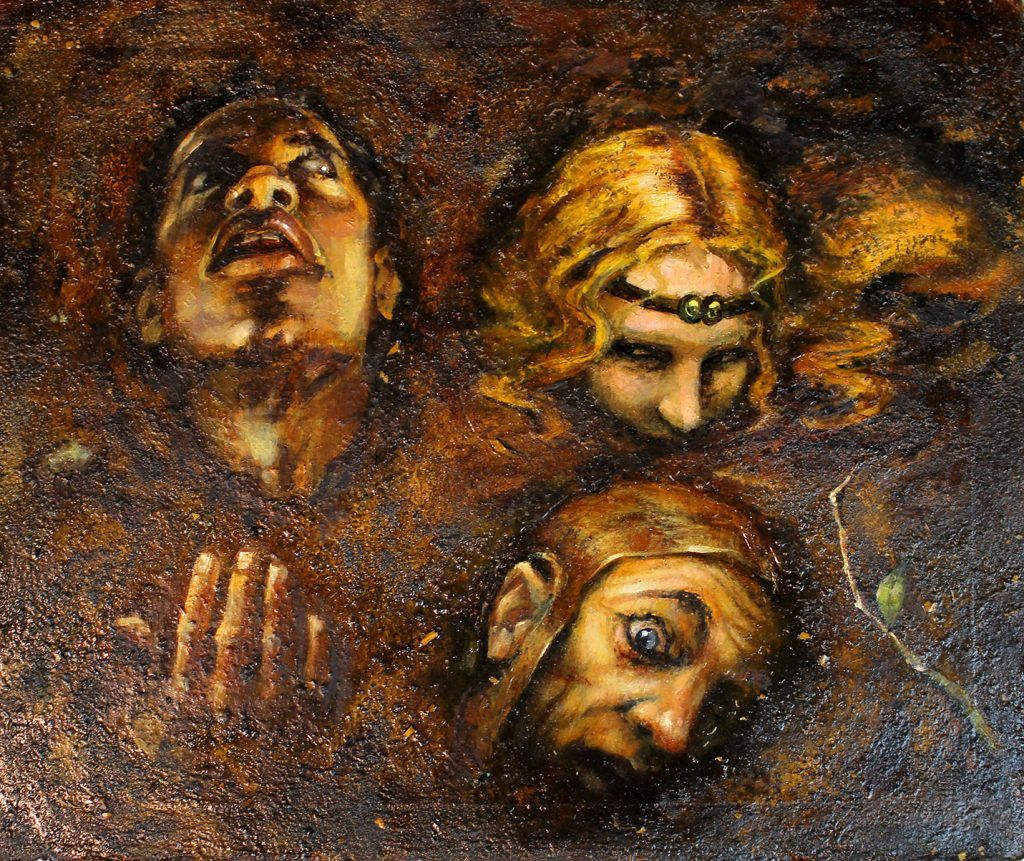
Buried Alive | Illustration by Brian Horton
Weatherlight kicked off the part of Magic’s story known as “the Weatherlight Saga.” This section of Magic’s story is famous for telling the story primarily through the cards themselves instead of through tie-in novels, a decision that not all fans were very happy about.
Weatherlight’s story takes place four thousand years after The Brothers’ War opened a portal to Phyrexia. The creator of Phyrexia, Yawgmoth, was once a Thran physician but has since been warped into a twisted god of his horrific machine world. He now plans to invade his home plane of Dominaria and compleat the people there, turning them into Phyrexian horrors.
In preparation for Yawgmoth’s return, Urza assembled powerful artifacts that could be used to defend Dominaria. These artifacts combined to create what was known as “The Legacy” or sometimes “Urza’s Legacy.” Urza had left many of these artifacts with his chosen champion, Gerrard Capashen, however they were stolen from him by his jealous brother Vuel.
The story of the Weatherlight set starts with an adult Gerrard Capashen and his fellow crew members of the skyship Weatherlight as they search for their kidnapped captain, Sisay, on the plane of Rath.
On the plane, Gerrard faces off against the now Phyrexian Vuel who has taken the name Volrath. The story of the Weatherlight crew continues from Weatherlight until its ultimate conclusion in Apocalypse.
Set Mechanics
Banding
Banding is an old combat mechanic that has since been dropped by MTG’s design teams for being somewhat complicated.
Any number of creatures with banding, and up to one creature without it, may attack together as a group. This means that your opponent has to block that band of creatures as a single creature. Thanks to banding’s rules, the attacker is allowed to divide the blocker’s damage amongst the creatures in the band how they see fit, instead of how blockers would typically assign damage.
Creatures with banding may also block together, allowing you to again divide the damage from the attacker as you see fit. When defending, banding only works with creatures that have the keyword ability. You aren’t allowed to include an extra creature like you can when attacking.
Banding was most commonly on white cards and thematically represented groups of fighters coming together to attack as a group. While it was fun from a flavor standpoint, it could sometimes be a headache to figure out from a rules standpoint. Wizards has typically tried to simplify its keyword abilities, and banding was just a bit too complicated for their liking.
Cumulative Upkeep
Cumulative upkeep is a keyword ability that requires players to pay an increasing price each upkeep or else sacrifice the permanent with the ability. Each upkeep, you add an age counter to a card with cumulative upkeep, then you pay the cumulative upkeep price for each age counter on that card.
For example, if you’re playing Ancestral Knowledge, you’ll add an age counter during the next upkeep phase after you play it, then you’ll pay one mana for the one age counter. Next upkeep, you’ll add another age counter and pay the cumulative upkeep price for each counter, so two mana.
Cumulative upkeep costs aren’t always mana related. For example, Aboroth keeps putting increasingly more -1/-1 counters on itself each turn, essentially getting weaker each upkeep that passes until it eventually dies.
Because cumulative upkeep costs are tied to the number of age counters on your card, your opponent can choose to proliferate your age counters and force you to pay more on your next upkeep. This also means that cards that remove counters from permanents can also be used to remove age counters.
Phasing
Phasing is a mechanic used mainly as a drawback on powerful creature cards that essentially allows you to only use your creature every other turn. A creature with phasing will phase out on the upkeep after you play the card.
When a permanent phases out, it’s considered not to exist until it automatically phases back in before your next untap step. Because creatures phase back in before your upkeep, the creature is no longer be affected by summoning sickness when it eventually phases back in.
When a card phases out, it’s still considered to be the same permanent and on the battlefield. This means that it retains any counters that it had when it phases back in, unlike flicker effects. It also means that you don’t get additional ETB activations like you do with a flicker.
While a card is phased out, it can’t be interacted with in any way. Even effects that hit all permanents on the field like board wipes don’t affect a phased out permanent.
Flanking
Flanking is a combat ability that debuffs blocking creatures. Any creature that blocks a creature with flanking gets -1/-1 during combat unless the blocking creature also has flanking. While similar abilities still pop up on more recent cards, the keyword flanking has been dropped since many players forgot that other flankers couldn’t be flanked.
Flanking is named after the military tactic of attacking an enemy from an angle that gives the attacker an advantage, since the enemy isn’t prepared to defend from a different angle. In Magic, this ability is mostly found on creatures who are mounted on horses or on centaurs because their extra mobility theoretically makes it easier for them to attack the enemy flank.
Swampwalk
Swampwalk is a specific landwalk ability that allows creatures to attack unblocked if the defending player controls a Swamp. Swampwalk doesn’t care if the land is a basic Swamp or just has the Swamp type in its type line. If you’re running a card like Urborg, Tomb of Yawgmoth that make your opponent’s lands Swamps, your Swampwalk creatures can attack unblocked.
Landwalk abilities can be a very effective way to get around your opponent’s powerful blockers and deal some serious damage. They also pair well with combat damage triggers because you’re more likely to get these triggers off if your creature can’t be blocked.
Weatherlight Card Gallery
White Cards
Blue Cards
Black Cards
Red Cards
Green Cards
Colorless Cards
Notable Cards
Null Rod
Null Rod is a popular stax piece that shuts down lots of powerful cards. Since tapping something is considered part of the activation cost, this card shuts down mana rocks which can really slow down your opponents’ games.
Null Rod is also a Reserved List card, it’ll never be printed again in paper. While not as expensive as other Reserved List cards like the original dual lands, it’s worth a good amount of money and could possibly go up in value as it becomes more difficult to find.
Lotus Vale
Lotus Vale is another Reserved List card from Weatherlight. This card isn’t all that powerful, but it slots well into decks that focus on lands going to the graveyard and then getting them back.
Lotus Vale can also help with mana fixing, but there’s the drawback of having to sacrifice untapped lands. You can’t rely on getting this card too early on in the game. Even if the card isn’t all that powerful, it fits well into niche strategies and keeps some collectible value from being on the Reserved List, though this isn’t necessarily a guarantee.
Scorched Ruins
Scorched Ruins is very similar to Lotus Vale, but with a few differences. This card actually gives you a positive swing in terms of mana, making it slightly faster than Lotus Vale. However, it only produces colorless mana, so it doesn’t help with fixing the same way Lotus Vale does.
Scorched Ruins is another Reserved List card, so it’s another card that could potentially go up in price and be harder to find as time goes on. I could definitely see this being good in a colorless deck or decks that have ways to untap lands since it alone can produce a lot of mana.
Peacekeeper
Peacekeeper is another effective Stax piece you can get from Weatherlight. While its cumulative upkeep cost can make this card hard to keep out, it’s good for a momentary slowdown. Paired with Solemnity, Peacekeeper can also keep combat shut down for as long as you want.
Peacekeeper, like many cards from this set, is also on the Reserved List. While there are similar cards like Silent Arbiter, this card is your only option if you want this exact effect. It isn’t all that expensive for now, but any Reserved List card does run the risk of getting pricey if availability becomes thin and demand goes up.
Mana Web
Mana Web can be a pretty oppressive card, especially against mono-color decks. Any deck like a stax deck that’s looking to slow down your opponents can make good use out of this card. If you’re thinking of including this card in a Commander deck, you may want to have a Rule 0 conversation about it because it’s one of those cards that might be too powerful for more casual tables.
Goblin Bomb
Goblin Bomb can be a chaotic card, one I’d include in any coin flip decks. It’s unfortunate that it’s on the Reserved List because I could see this being very fun in Limited environments, but it’s difficult to get your hands on sealed Weatherlight products. I could also see this card being a good inclusion for cubes.
Mind Stone
Weatherlight is the original set that the Commander staple Mind Stone was printed in. The card has been reprinted a ton of times, so even the original isn’t all that expensive. If you’re a fan of the card and enjoy collecting the original printings of cards, this is a good one to grab.
Available Products
Booster Boxes and Packs
Weatherlight was a smaller expansion and didn’t have lots of ancillary products surrounding it. Instead the only products released for it on paper were booster boxes and individual booster packs.
These haven’t been in print for quite some time now, so if you want to get your hands on some Weatherlight sealed product, you’ll need to check out TCGPlayer, Card Kingdom, or other secondary market sites.
Magic Online Theme Decks
Although no preconstructed theme decks were printed on paper for Weatherlight, theme decks were released for the set when it was added to MTGO. There are four decks, two mono-color decks and two two-color decks.
Wrap Up
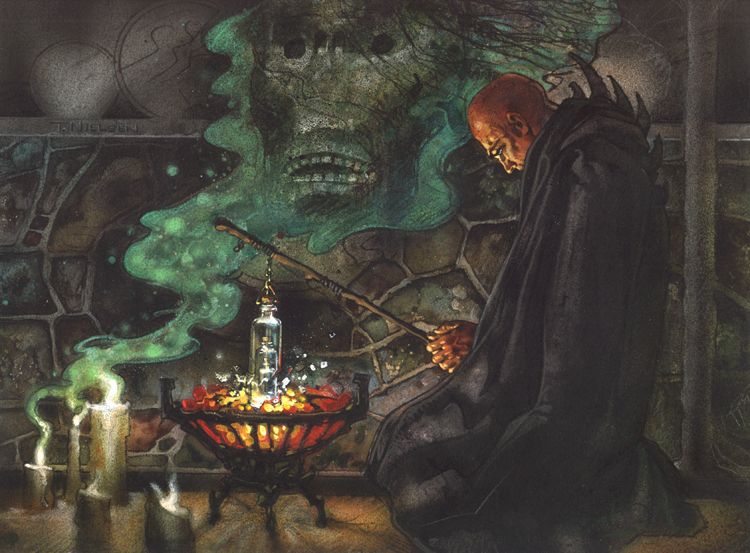
Infernal Tribute | Illustration by Terese Nielsen
Weatherlight is an interesting set from both a mechanical standpoint and as a story standpoint. As the first Magic set that attempted to tell a full story, it started a completely new way of how cards were designed for the game. Weatherlight is also an interesting look back at mechanics like flanking and banding that have since become phased out of the game.
Did you get to play with Weatherlight when it was released? Are you interested in playing older sets or prefer new cards? Let me know in the comments below, or over on Draftsim’s Twitter.
Thanks for reading, and see you next time!
Note: this post contains affiliate links. If you use these links to make a purchase, you’ll help Draftsim continue to provide awesome free articles and apps.
Follow Draftsim for awesome articles and set updates: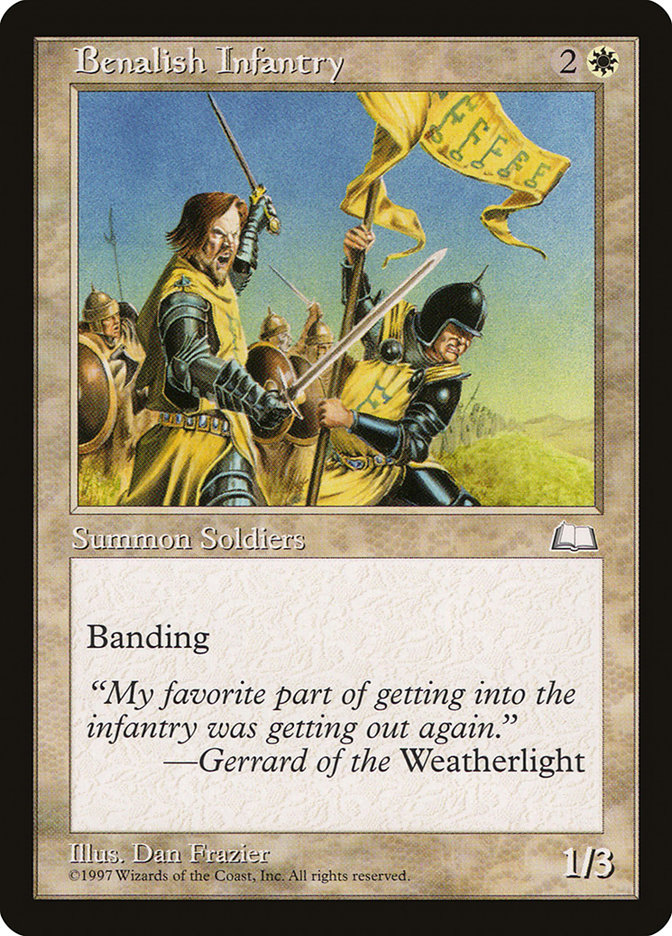
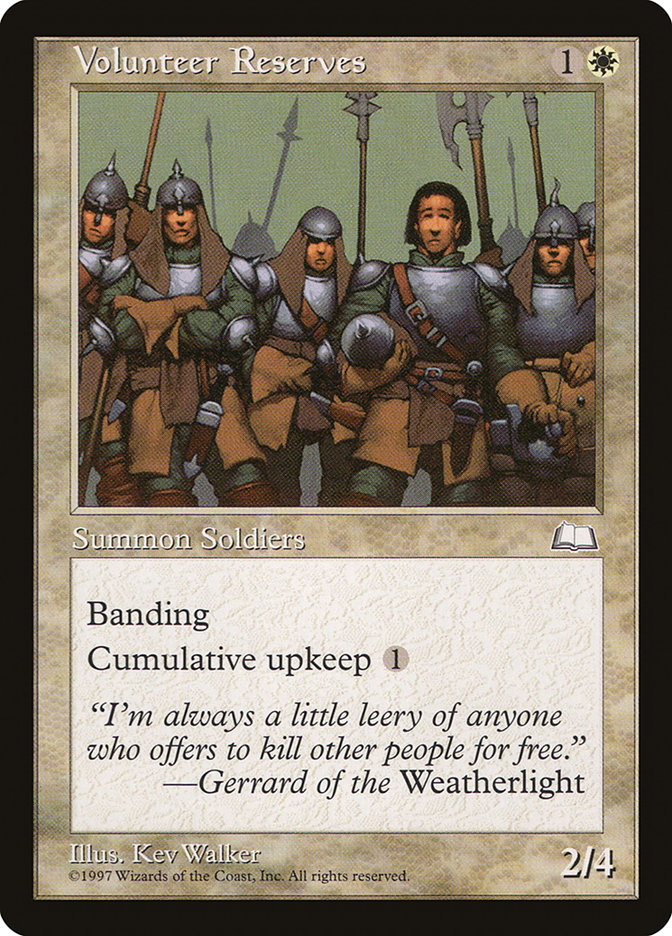
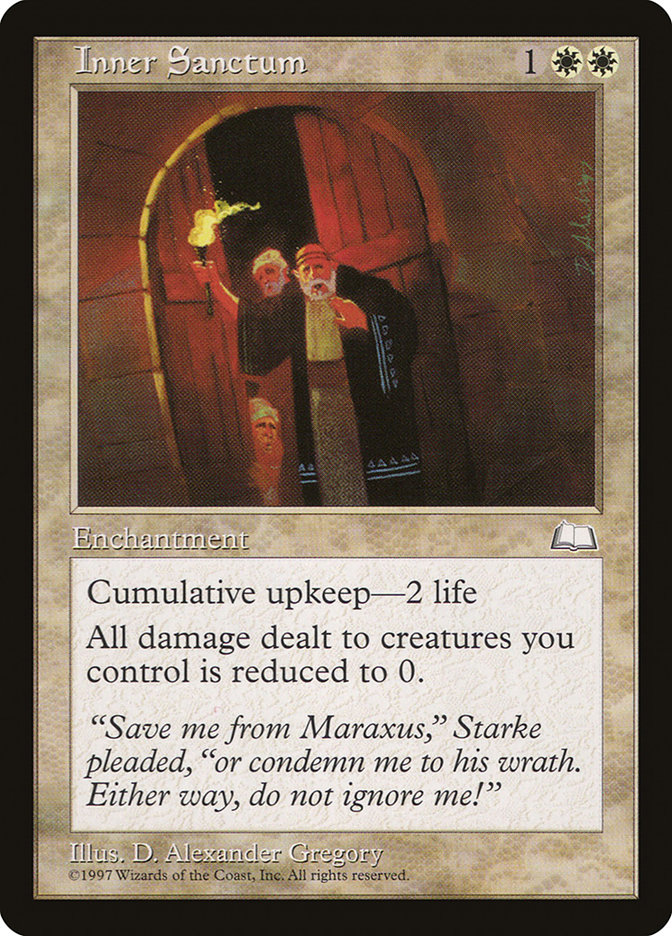
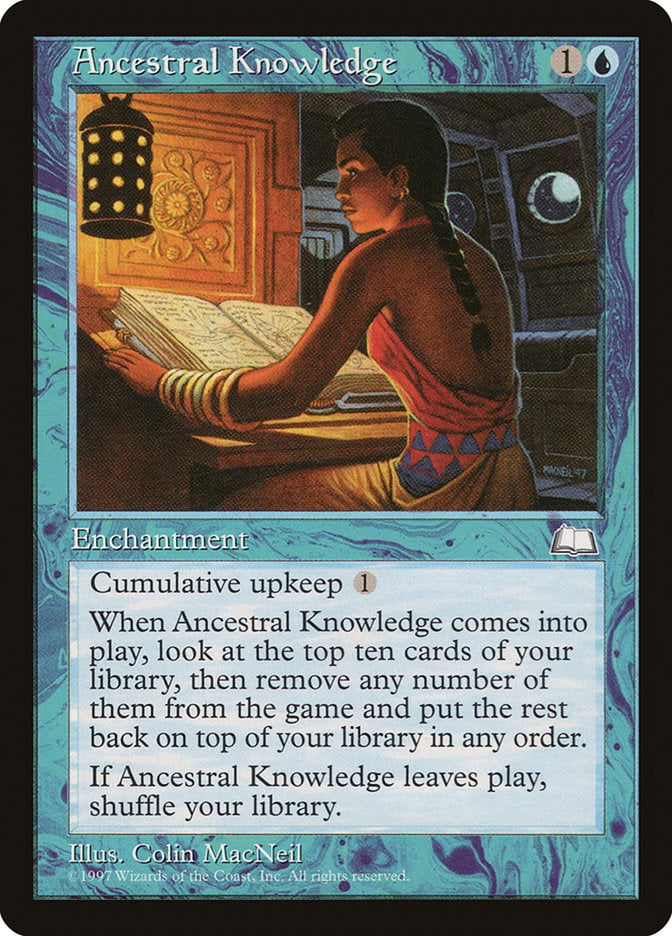
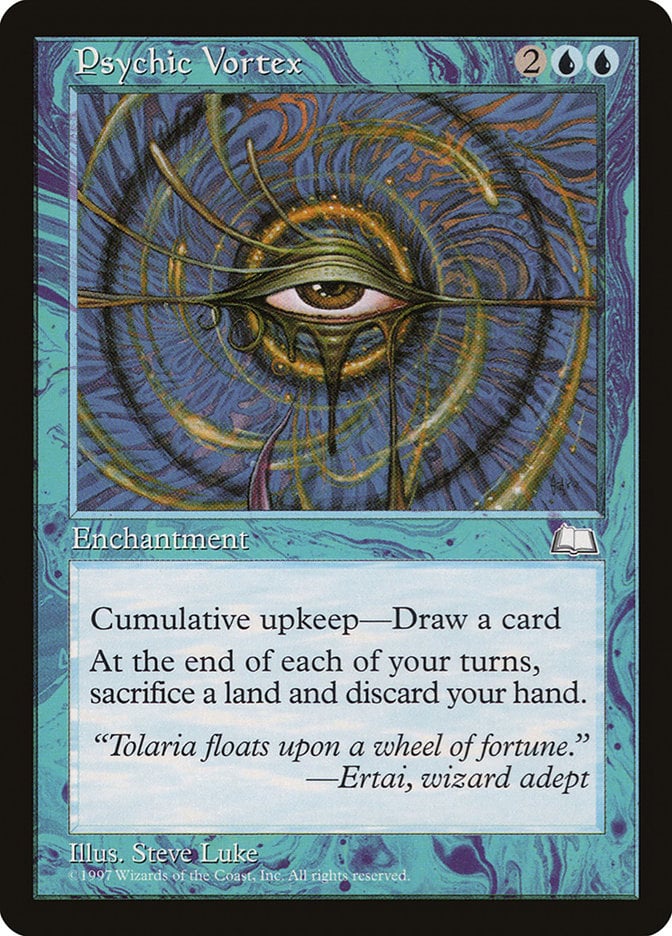
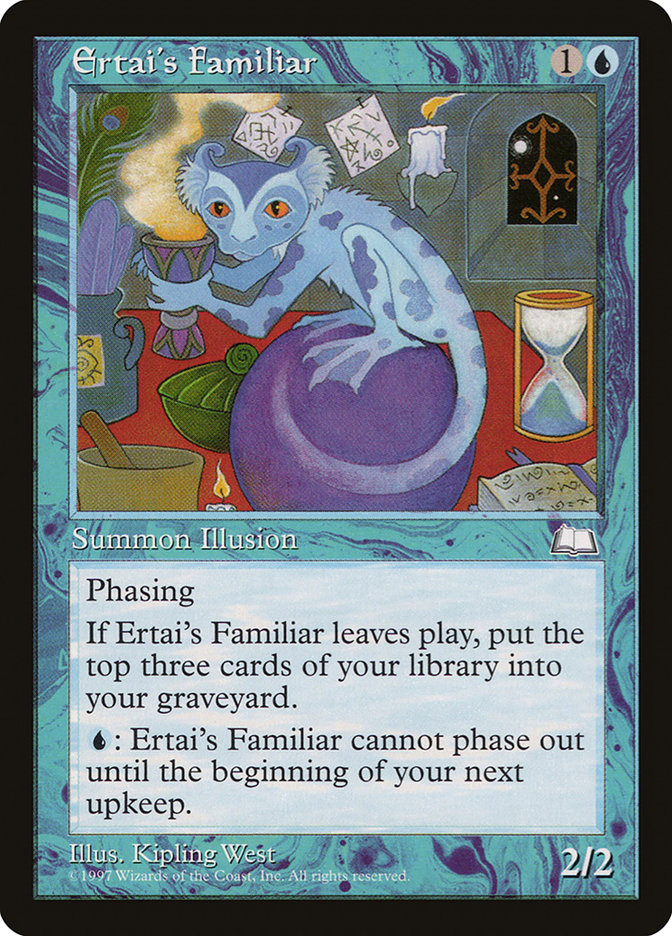
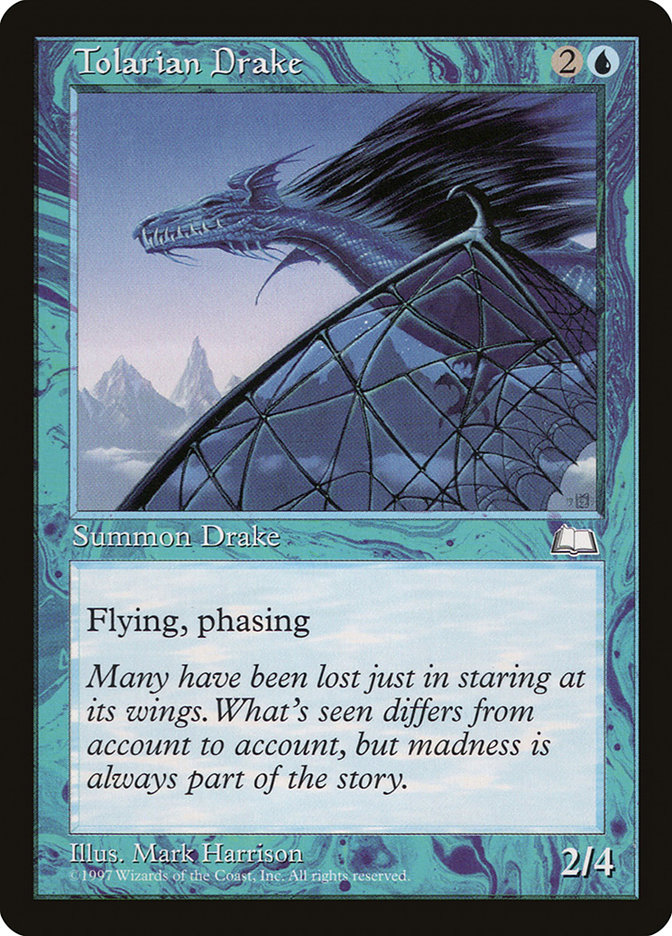
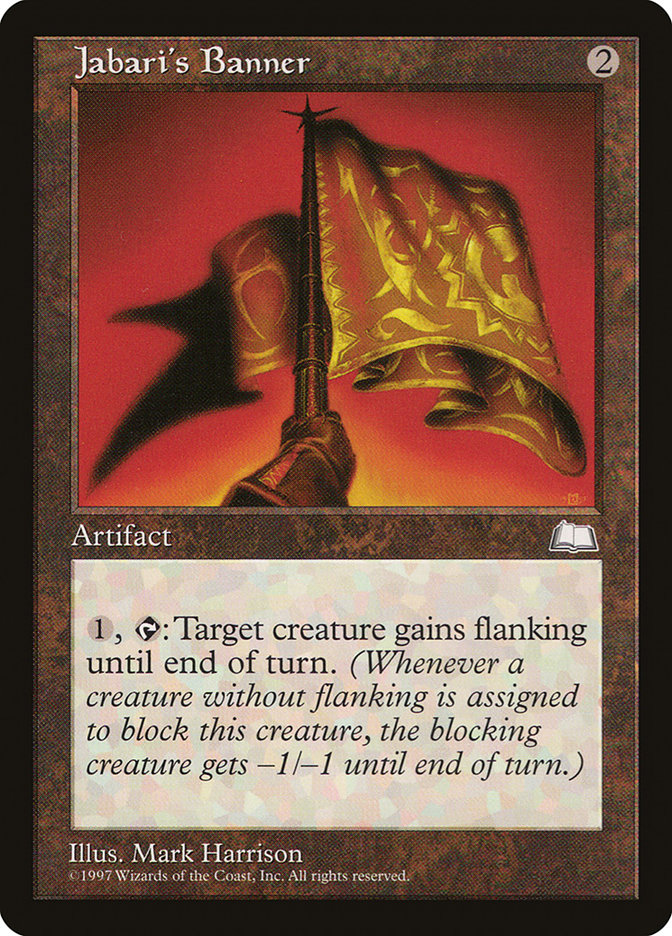

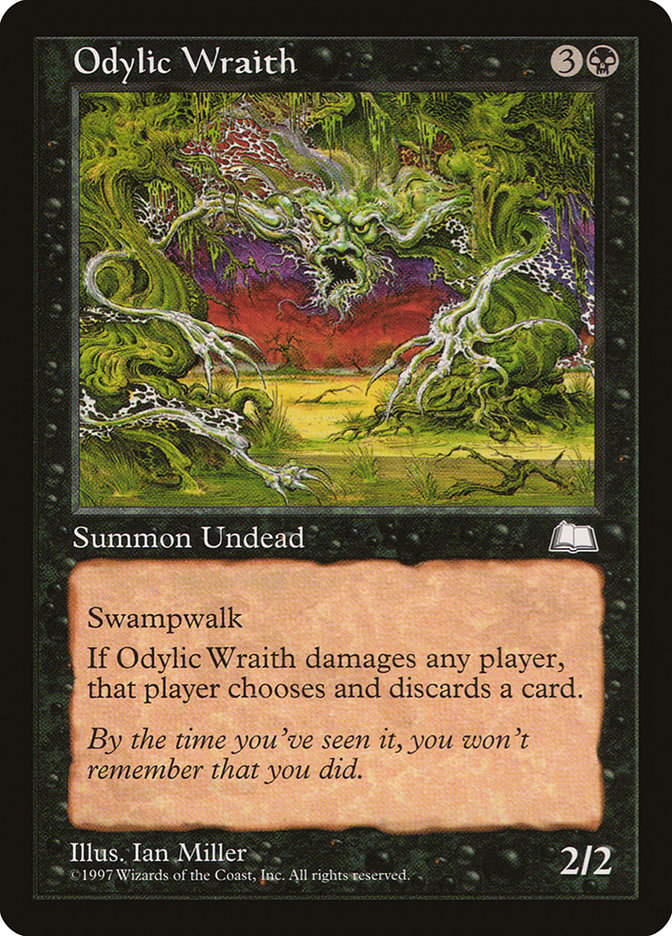
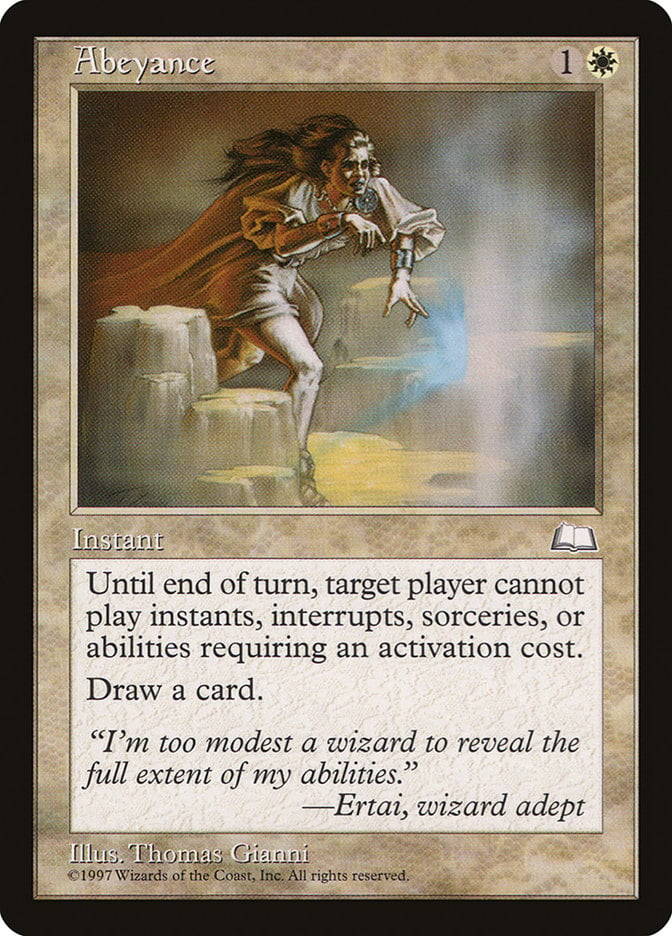

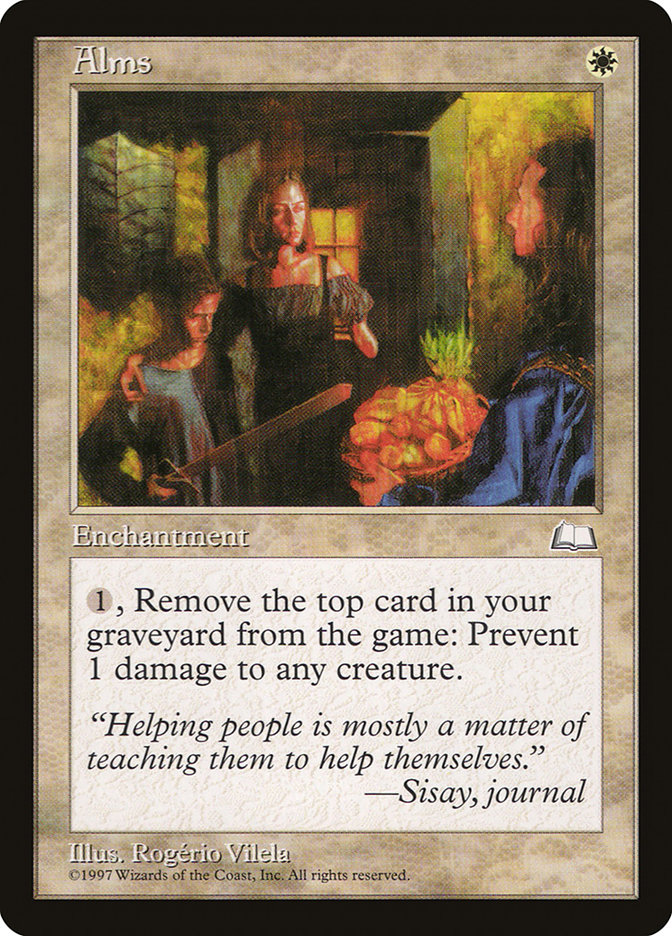
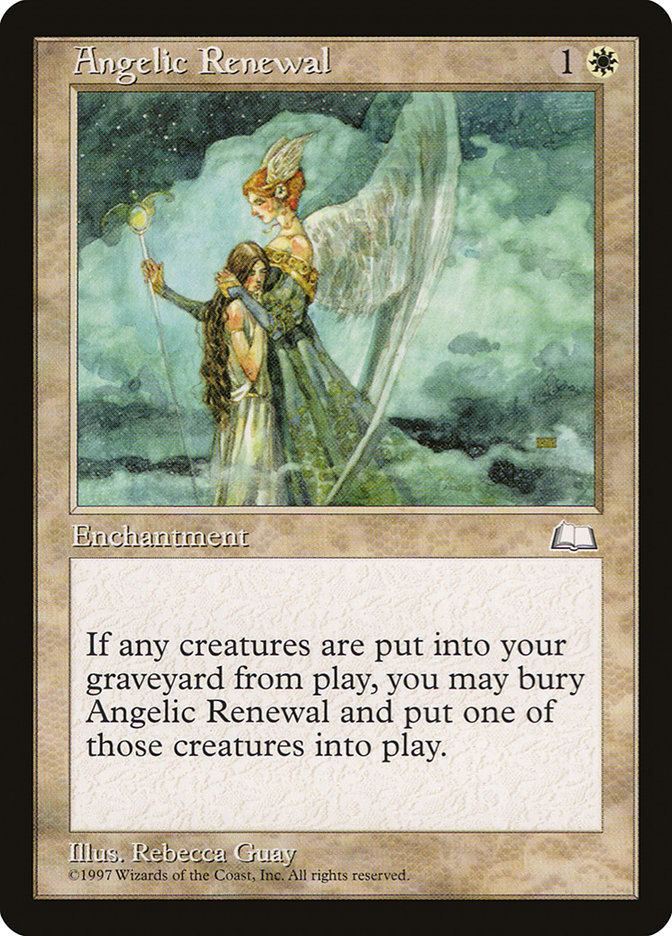
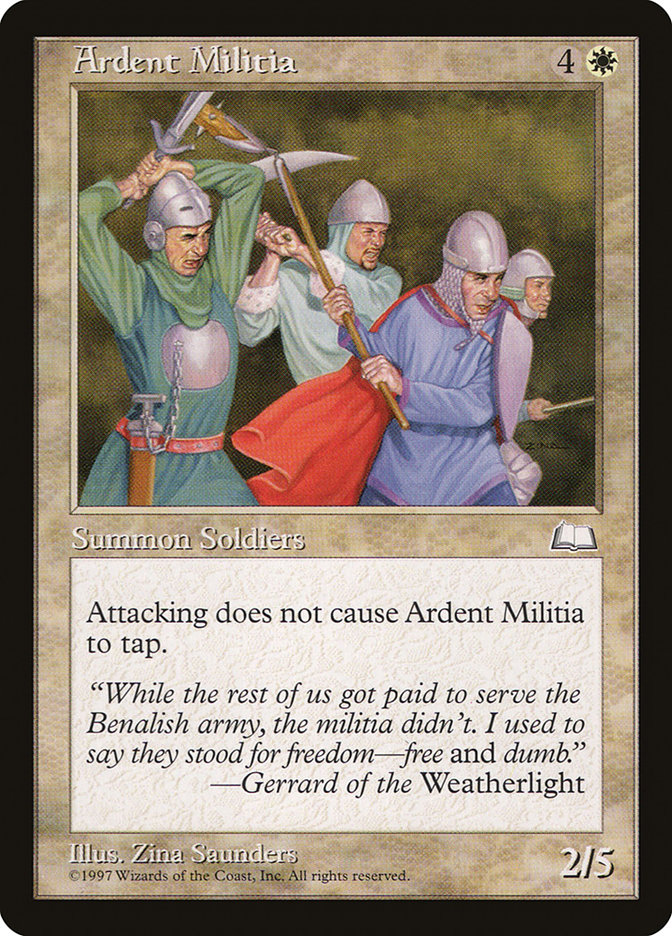
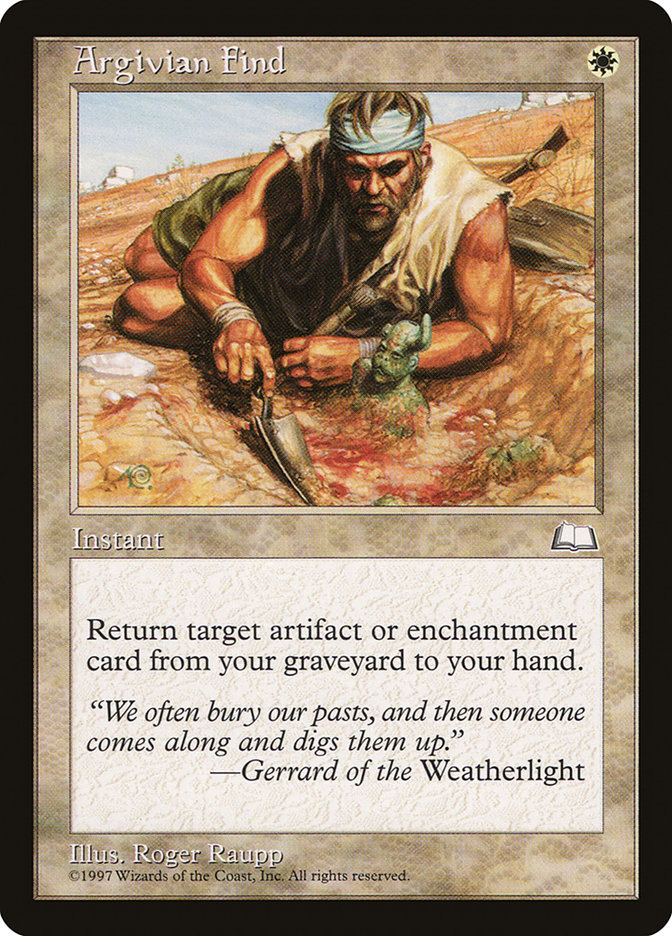

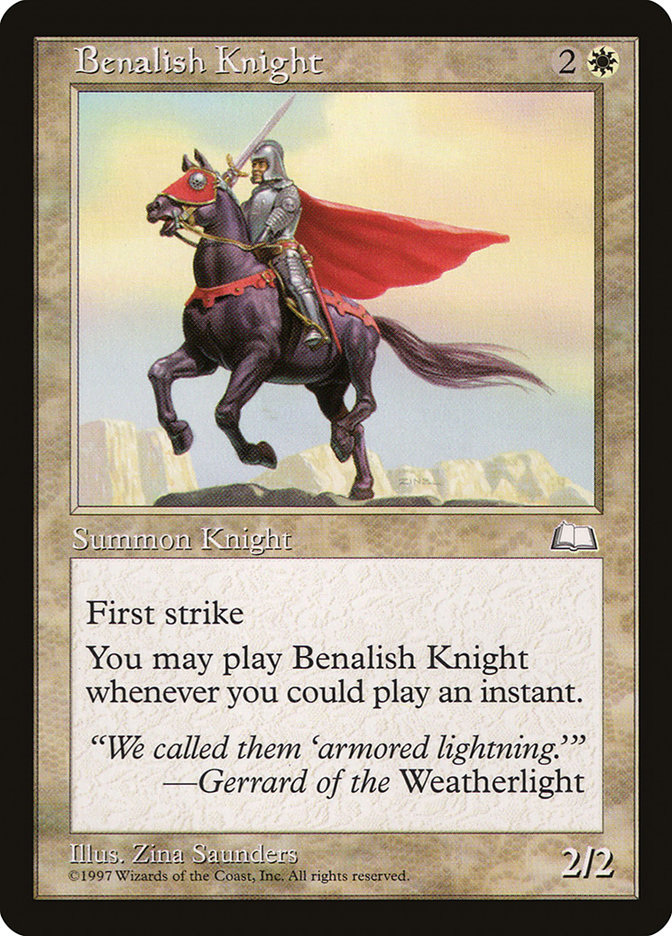
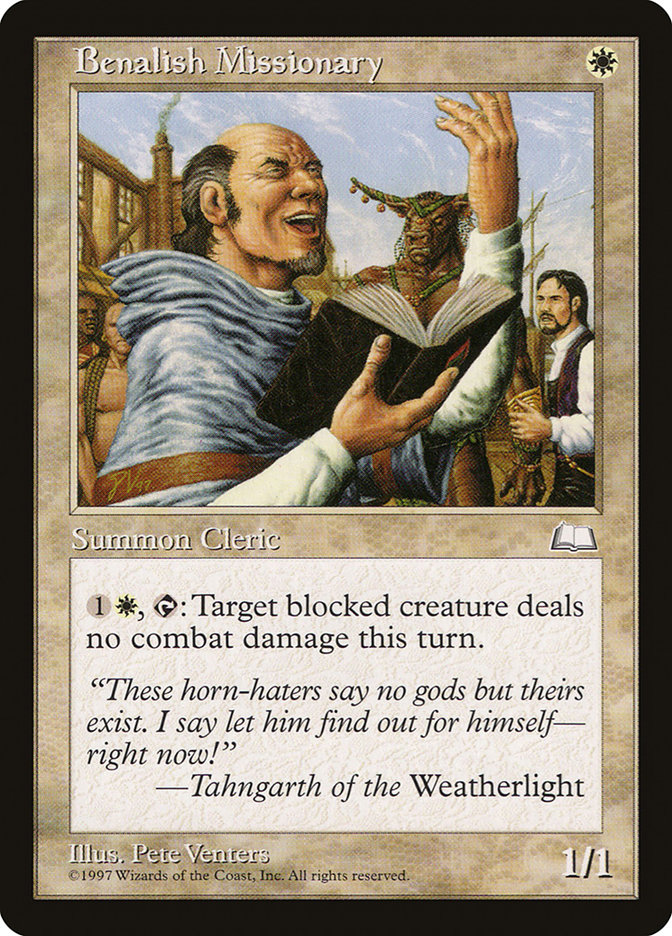


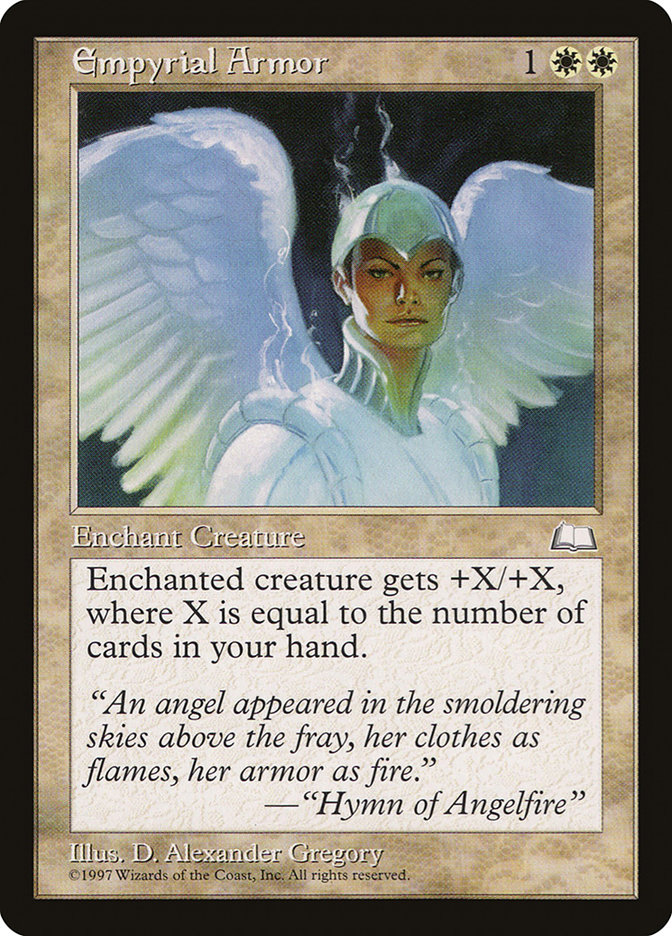
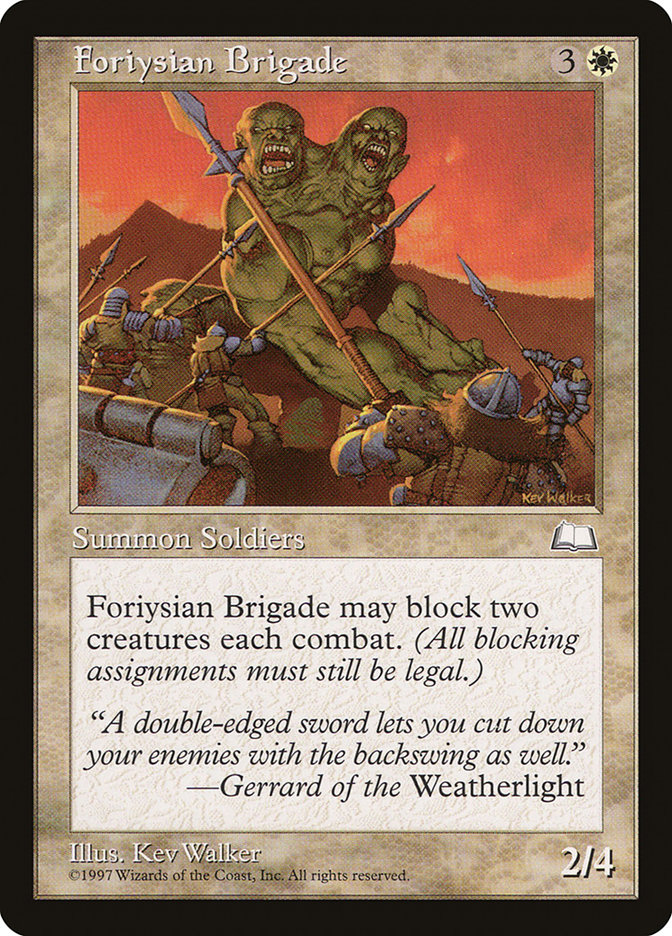

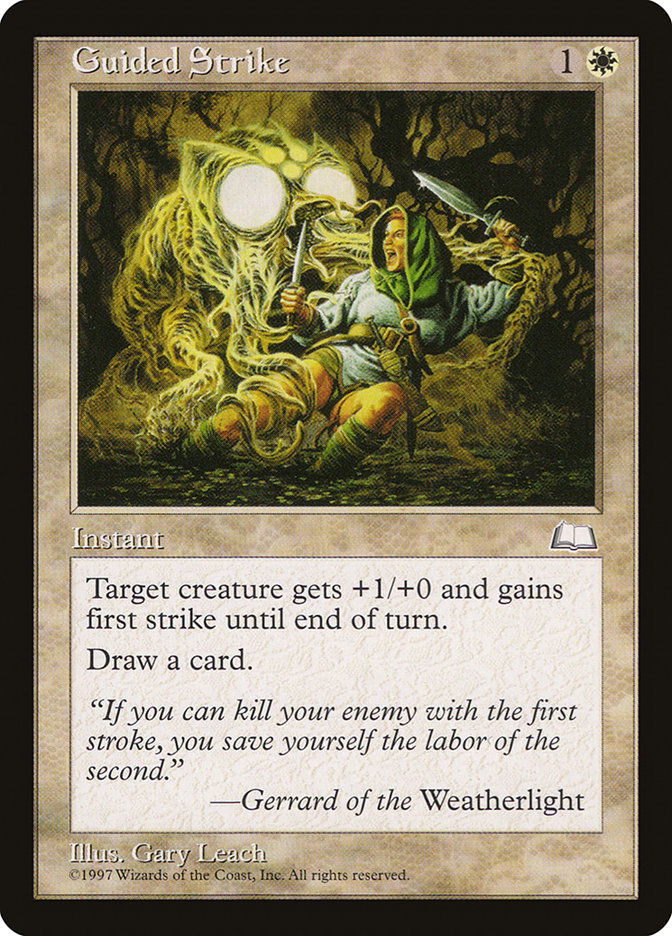
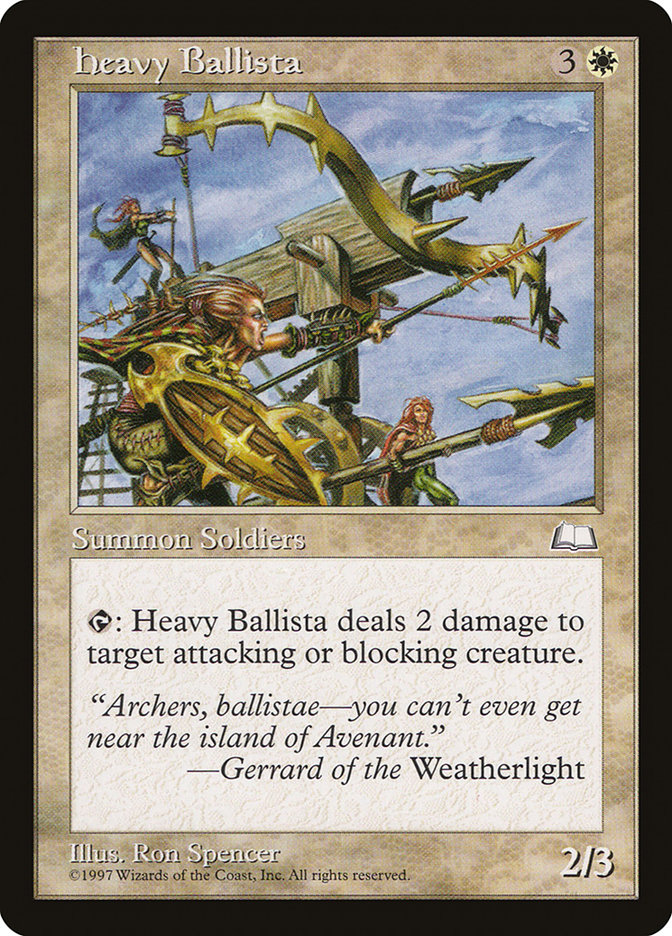
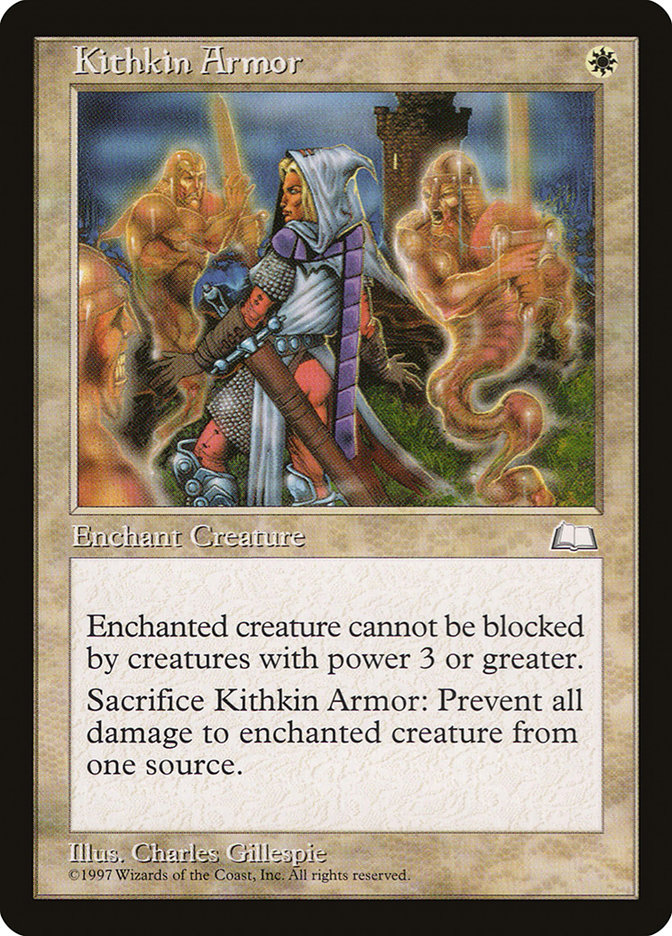
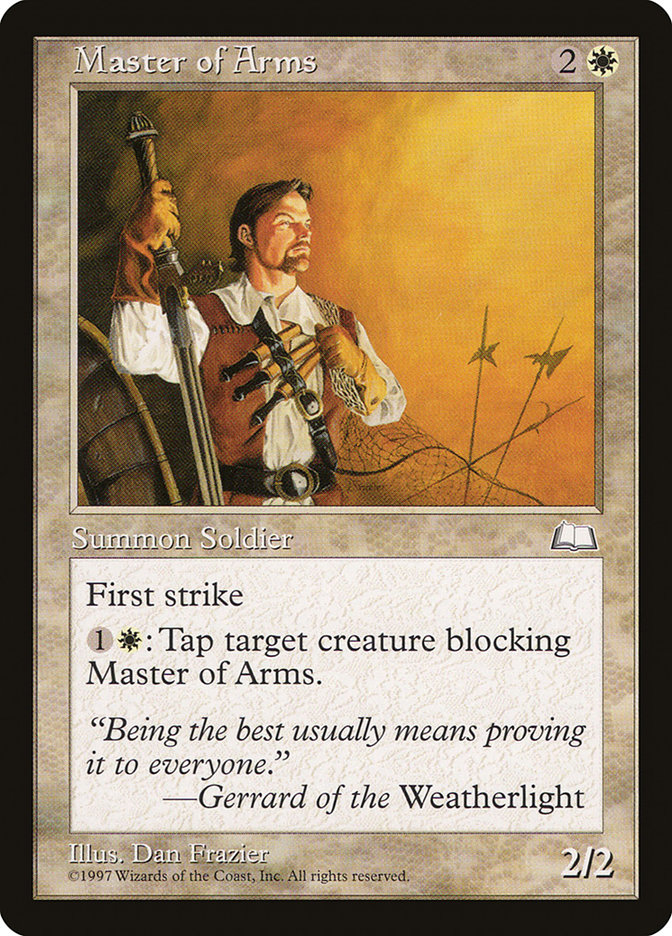
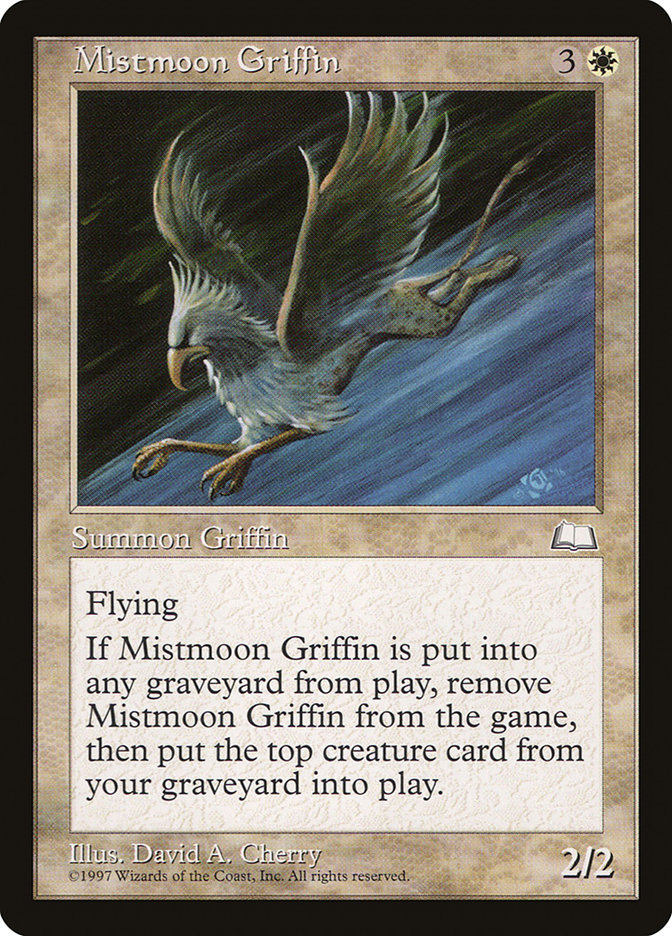
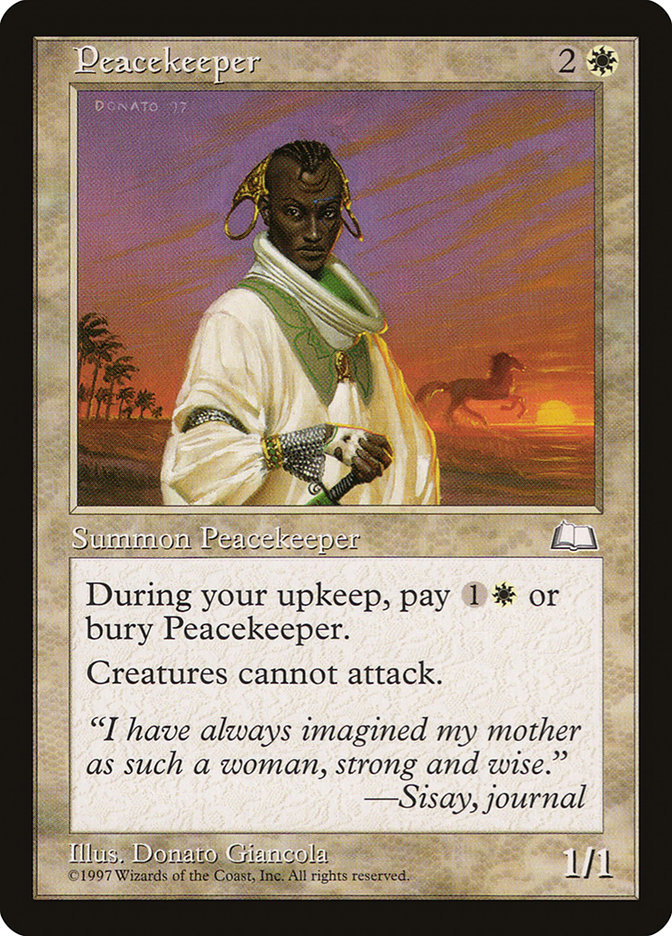
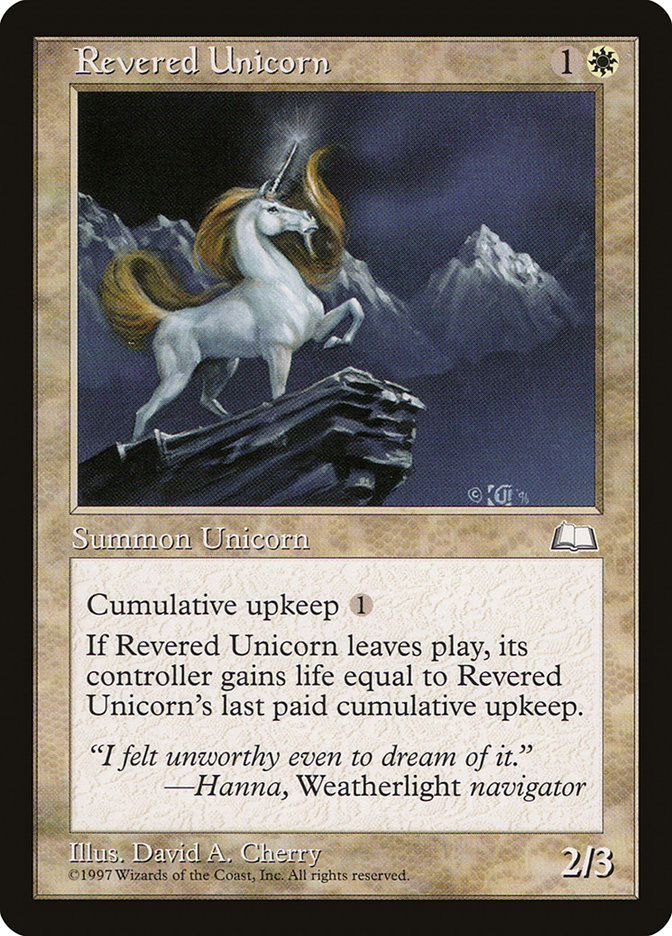
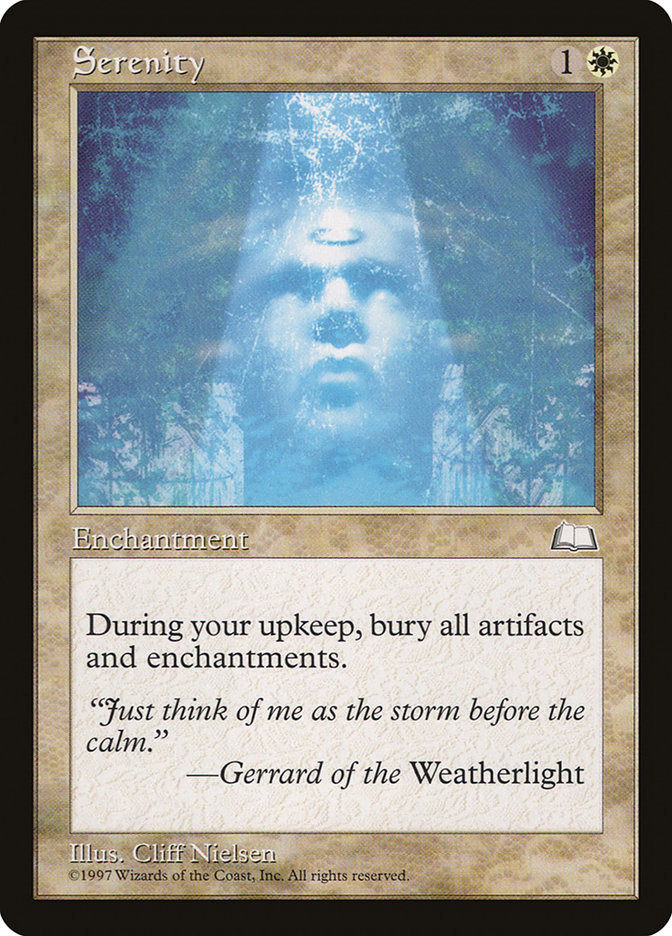
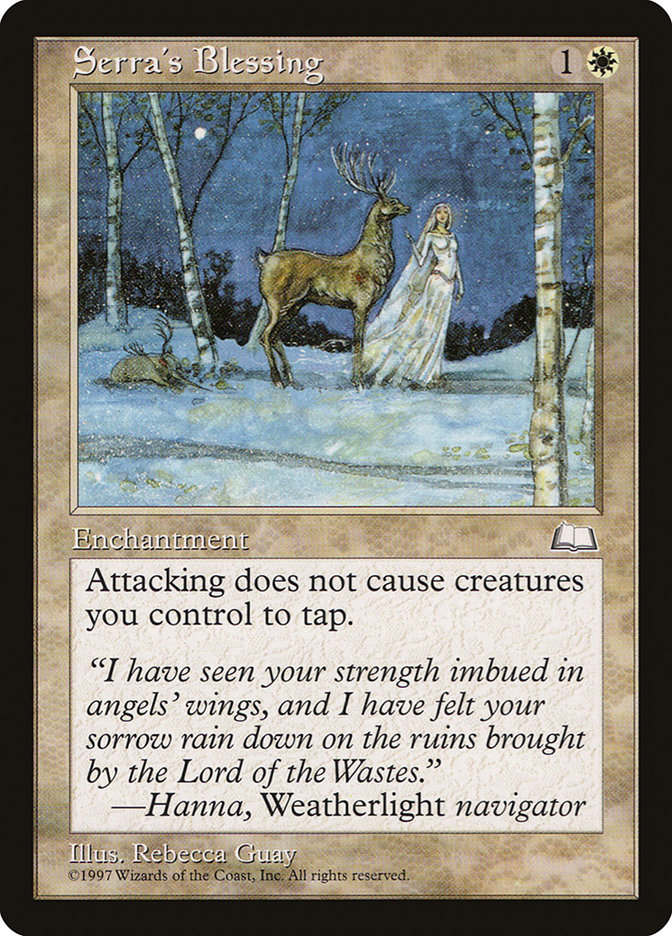
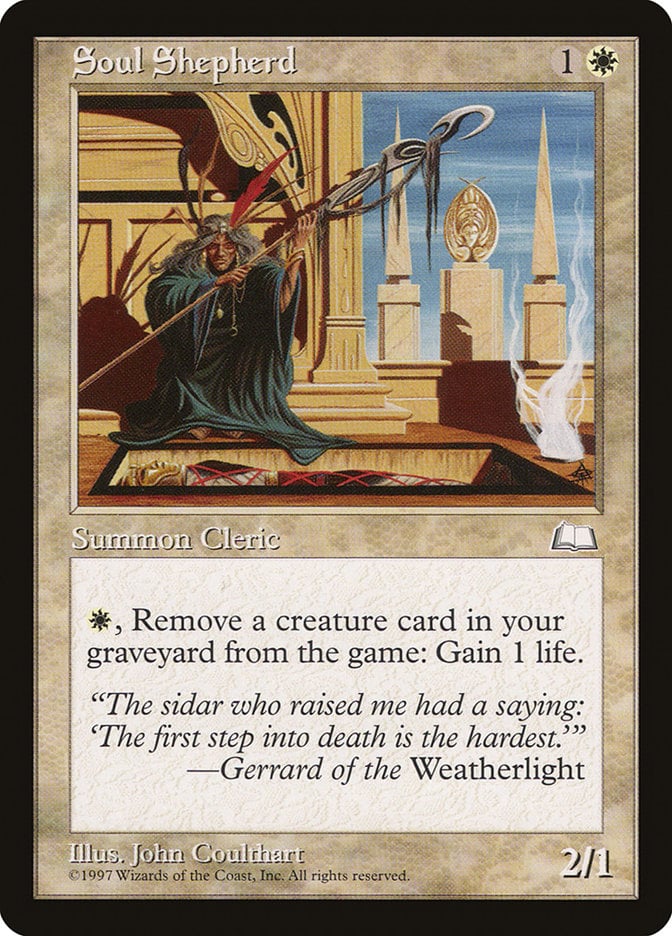
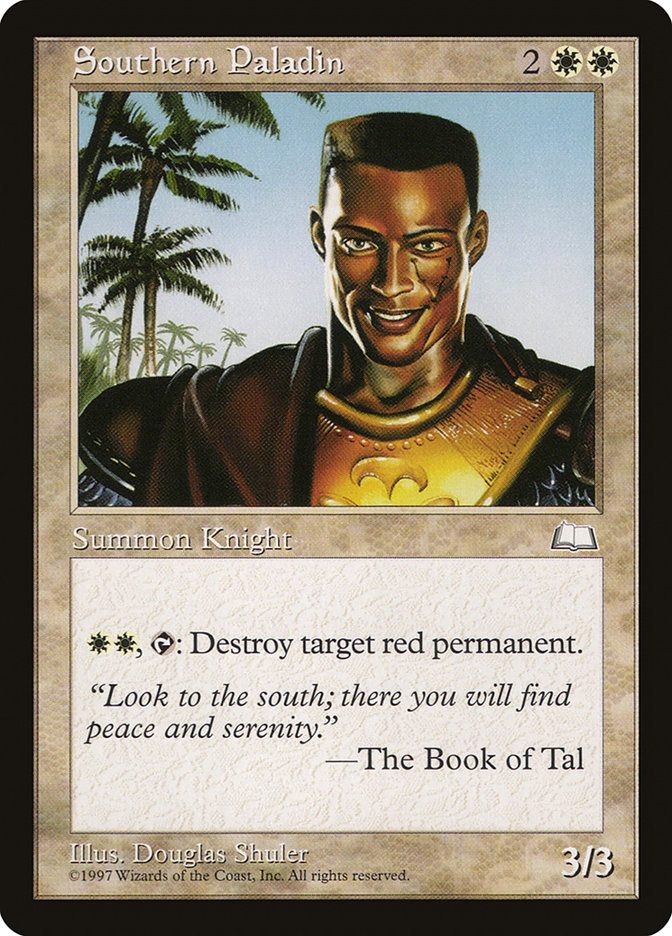
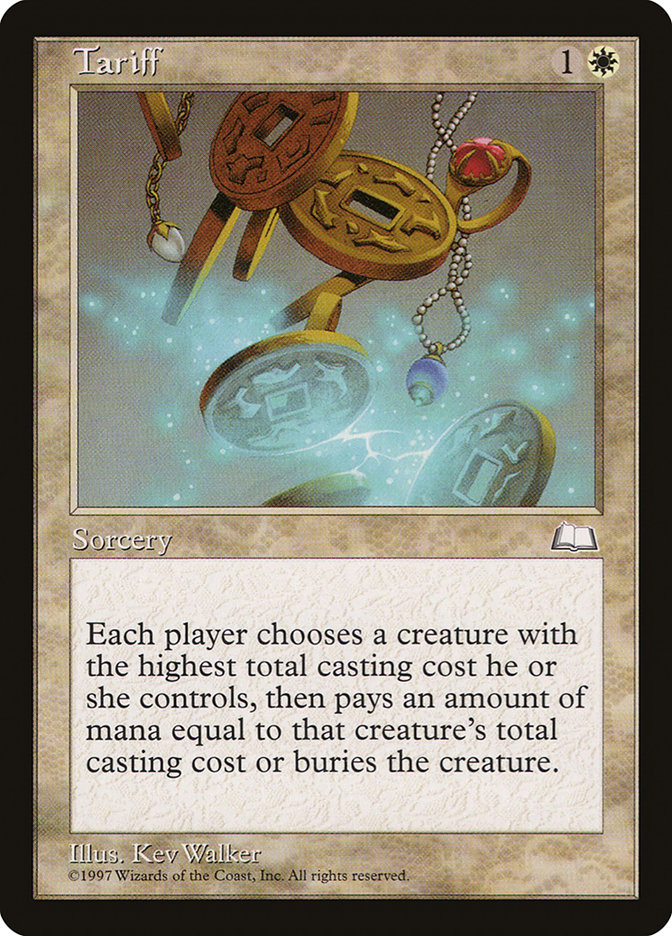
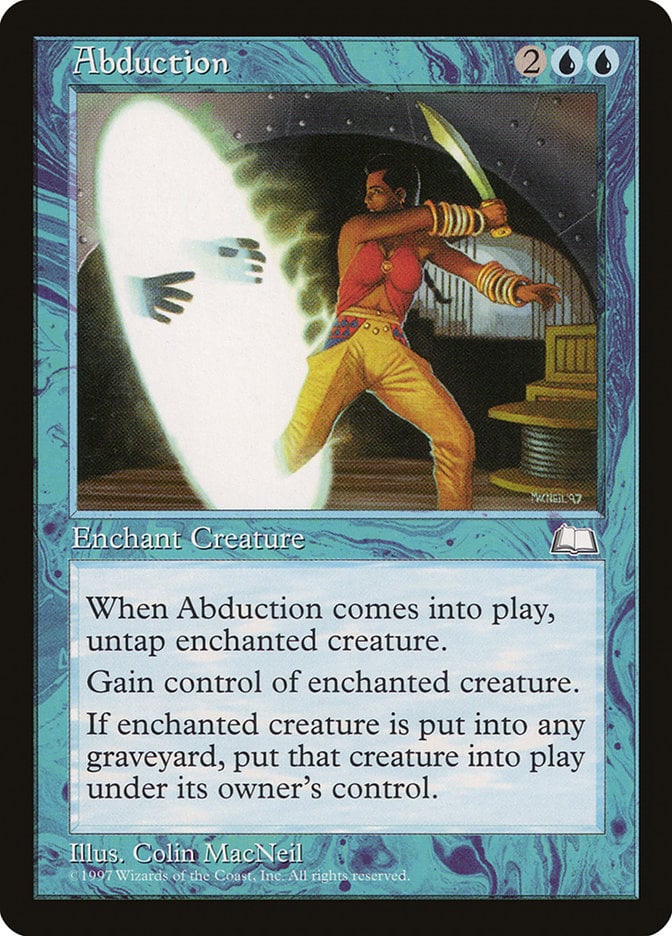
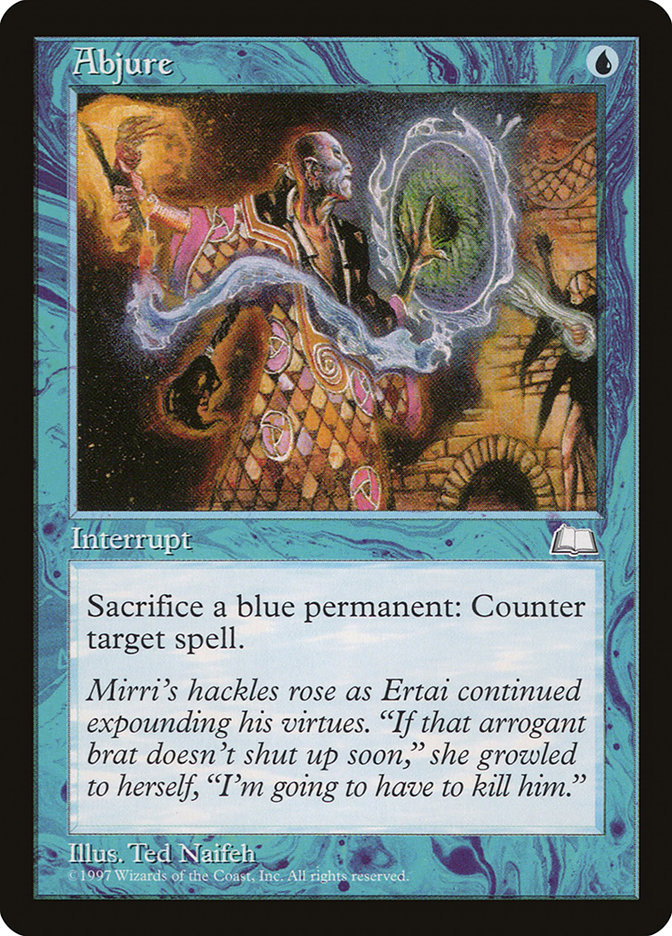



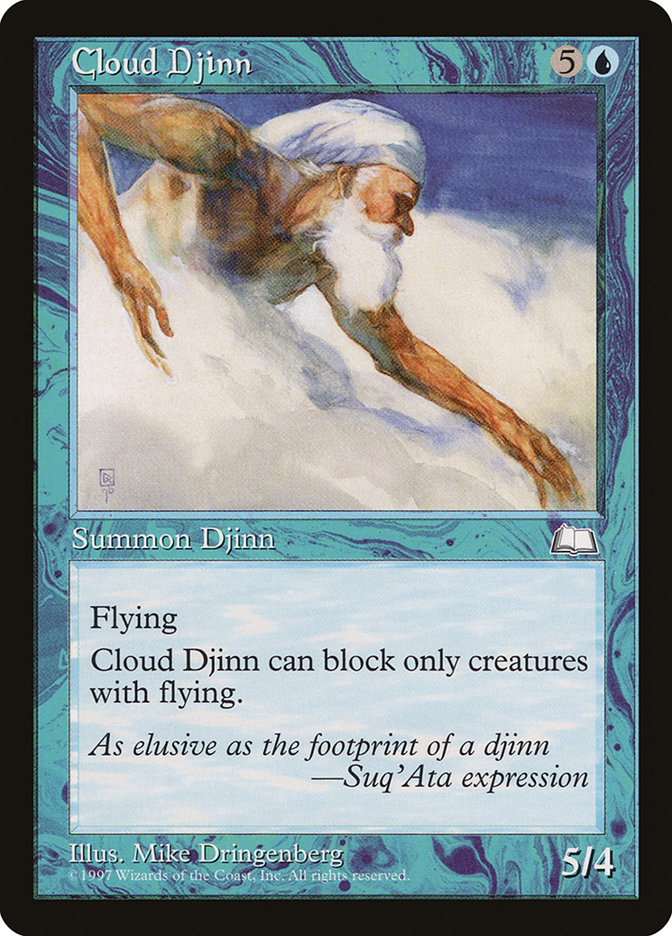

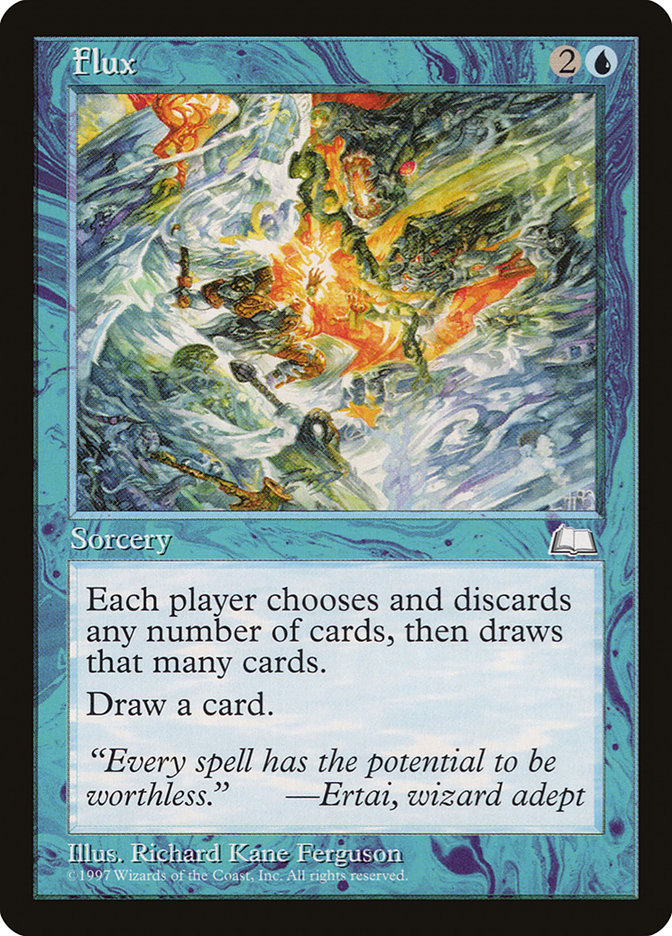
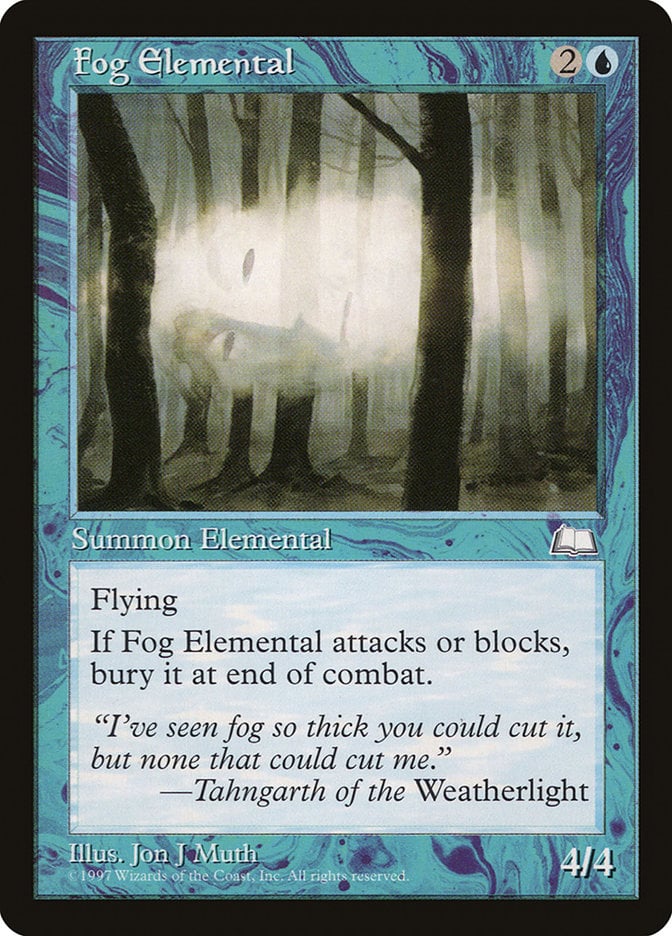
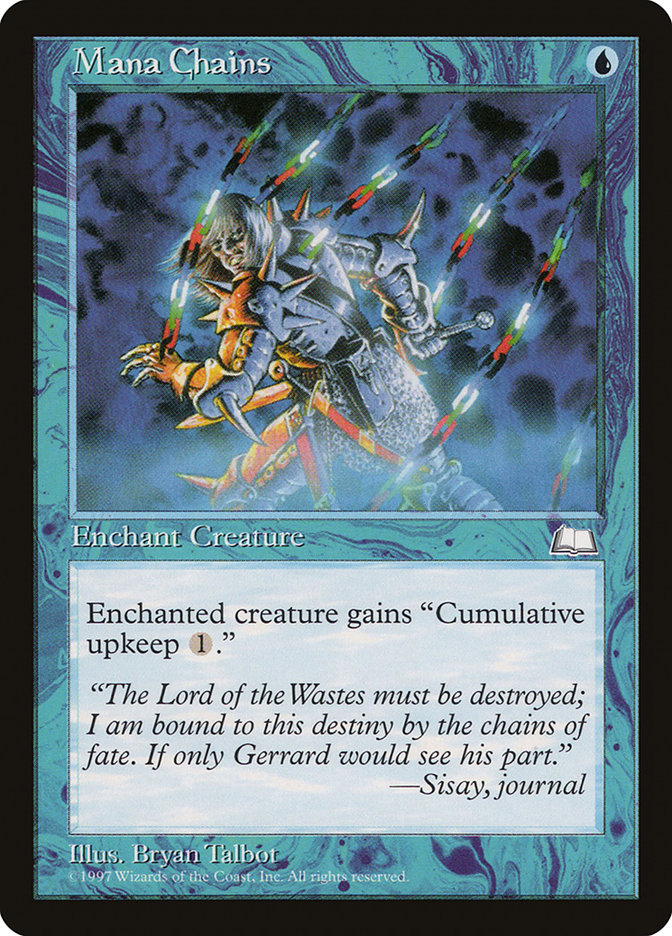
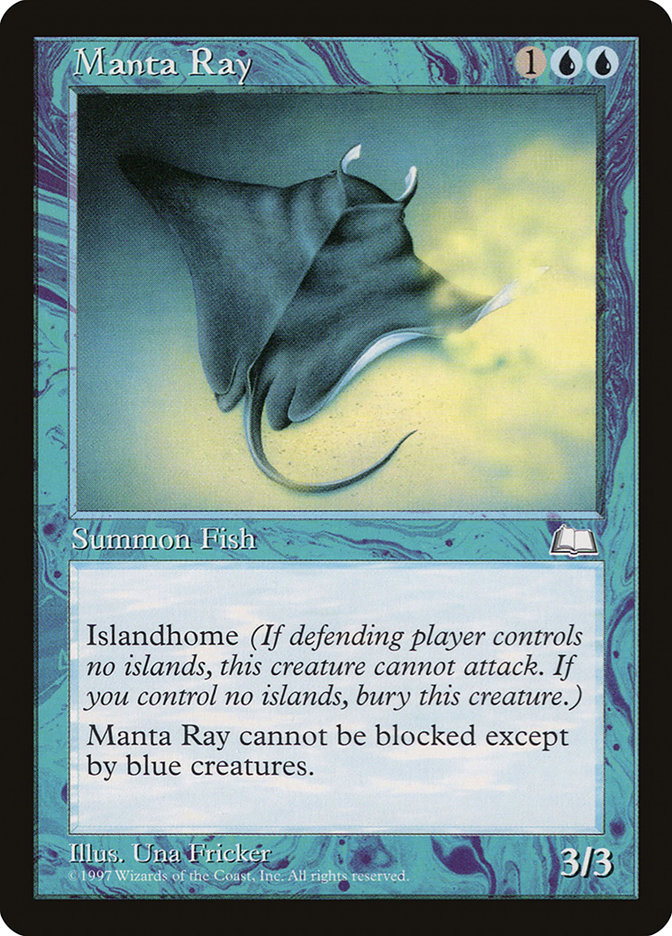
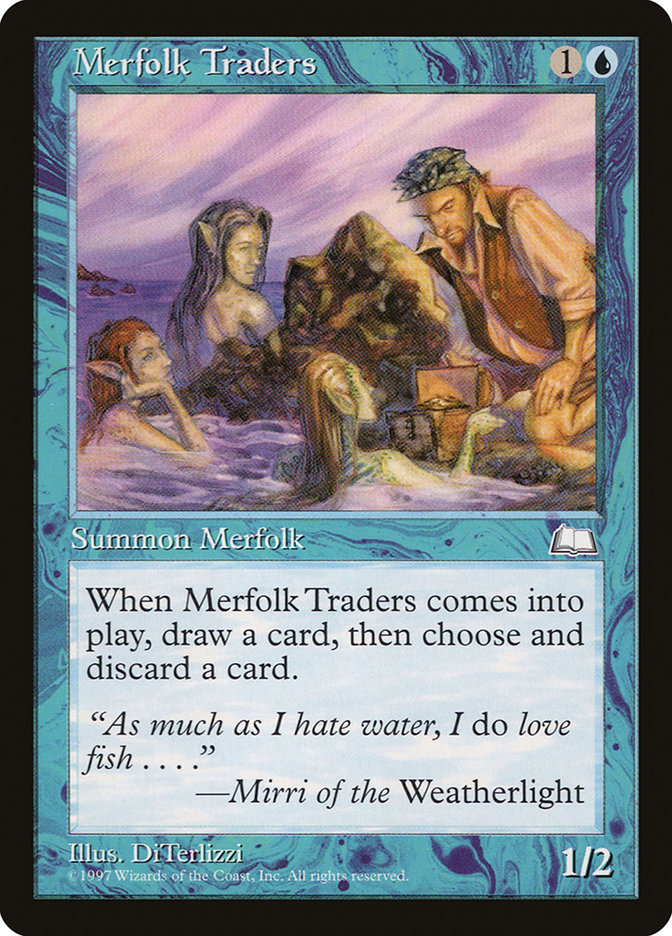
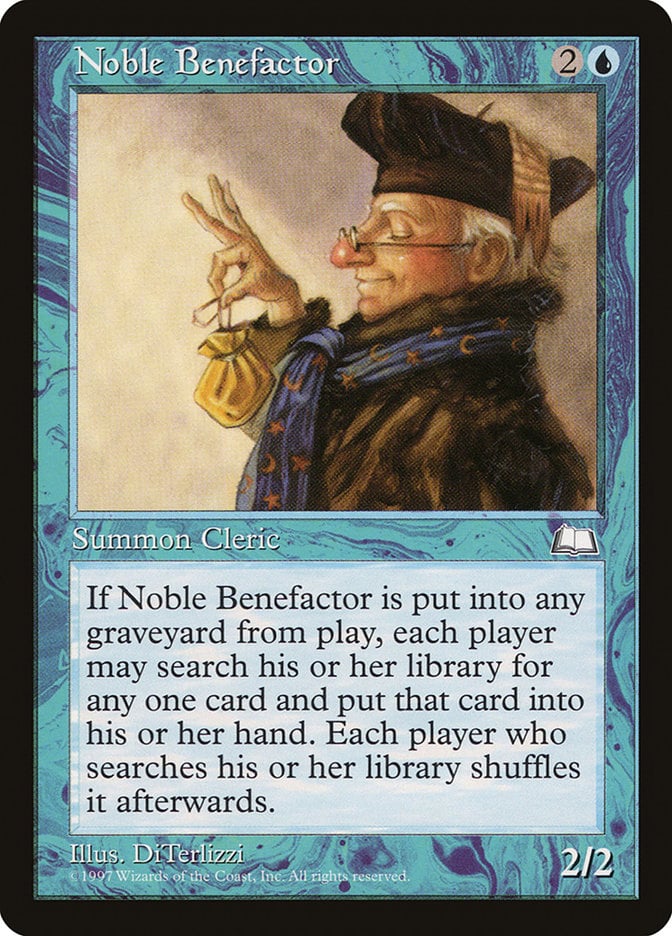
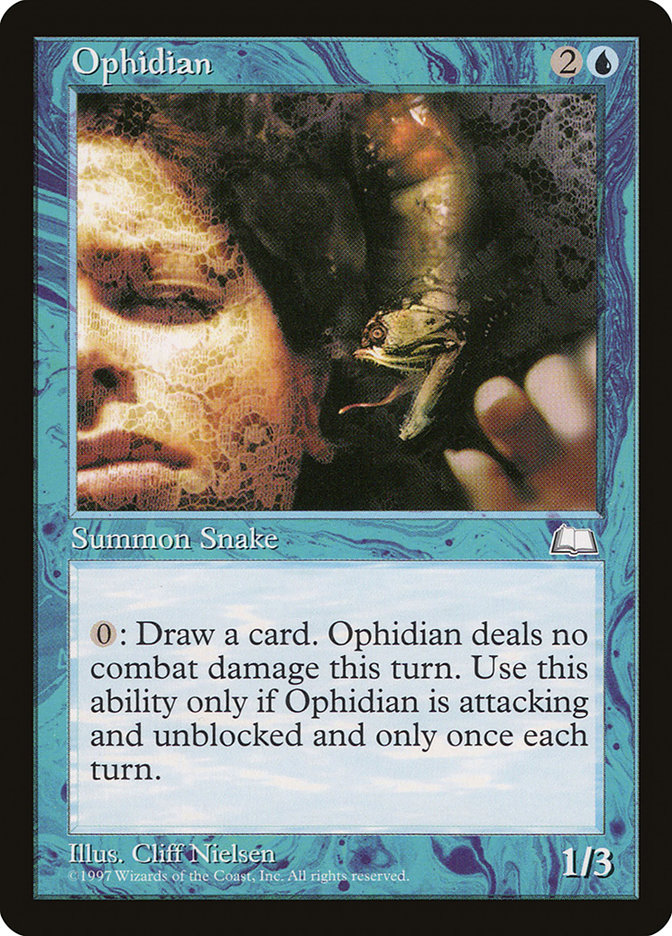
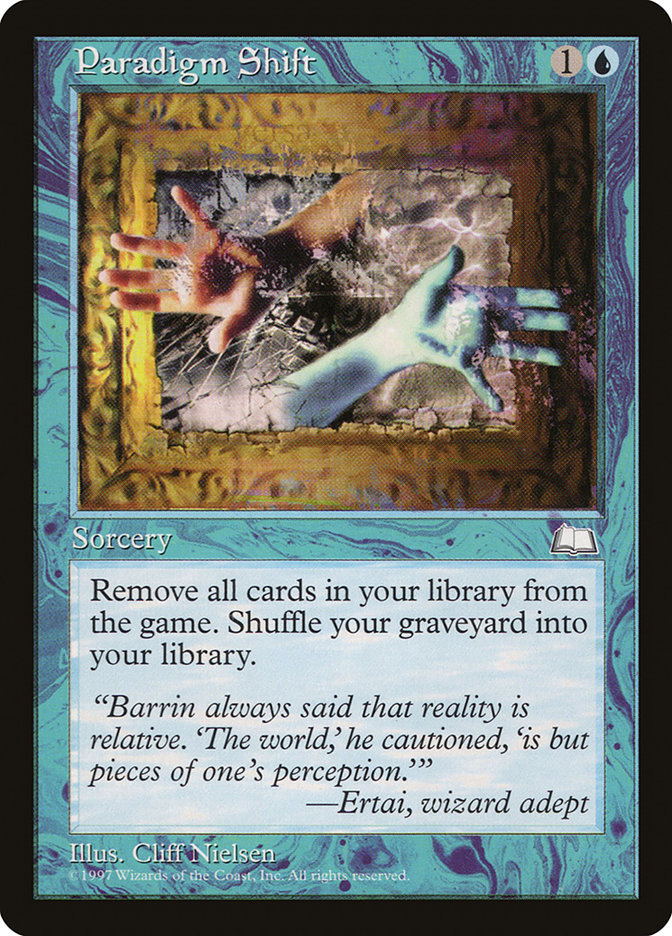
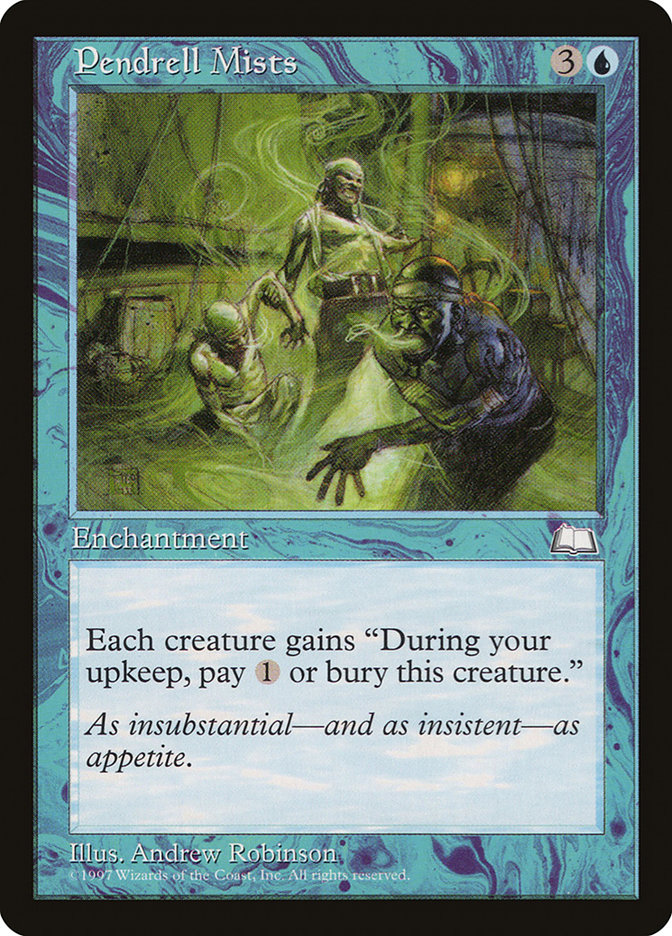
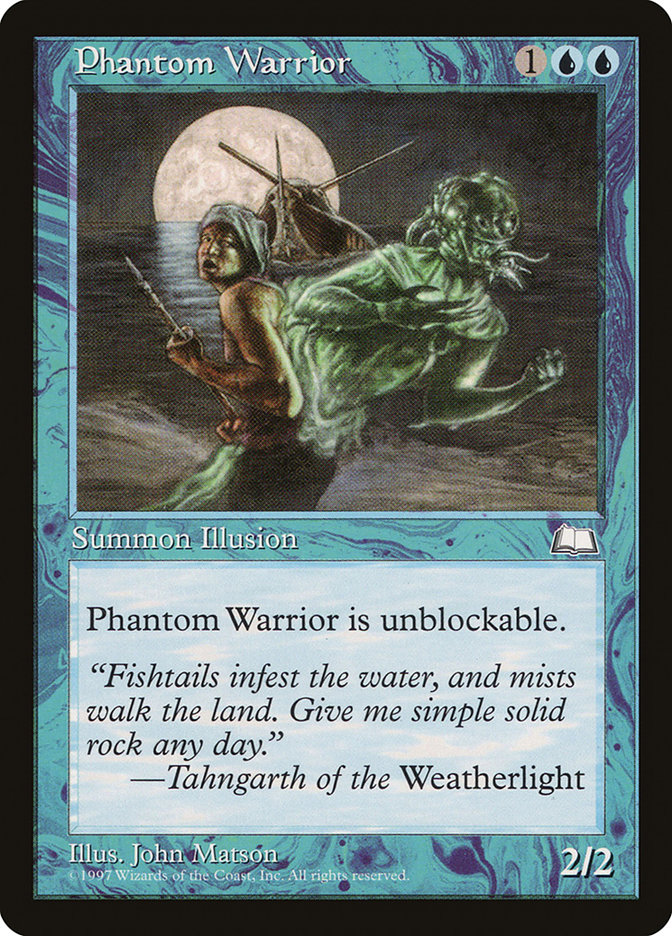


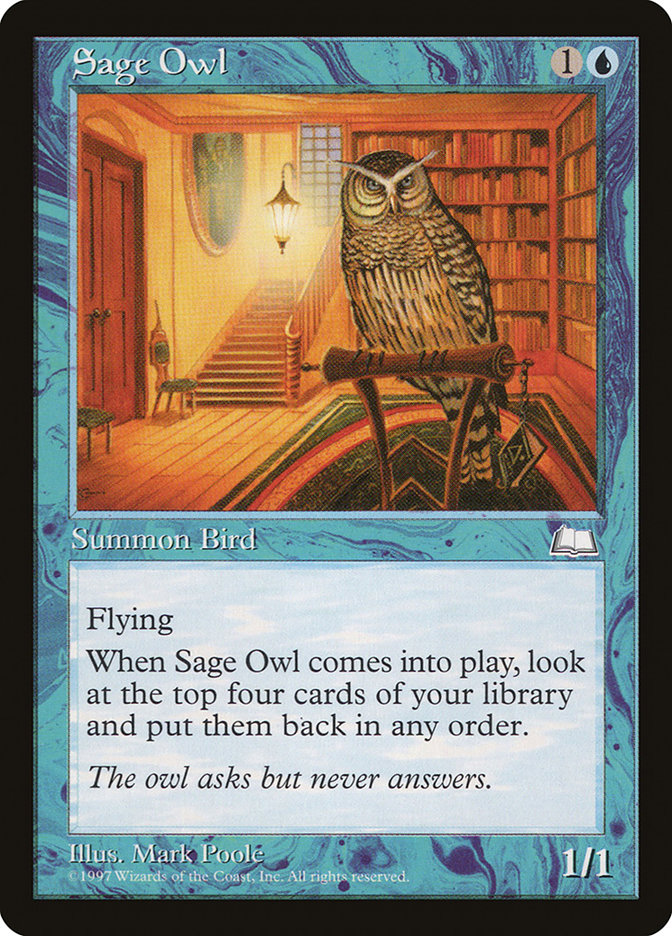
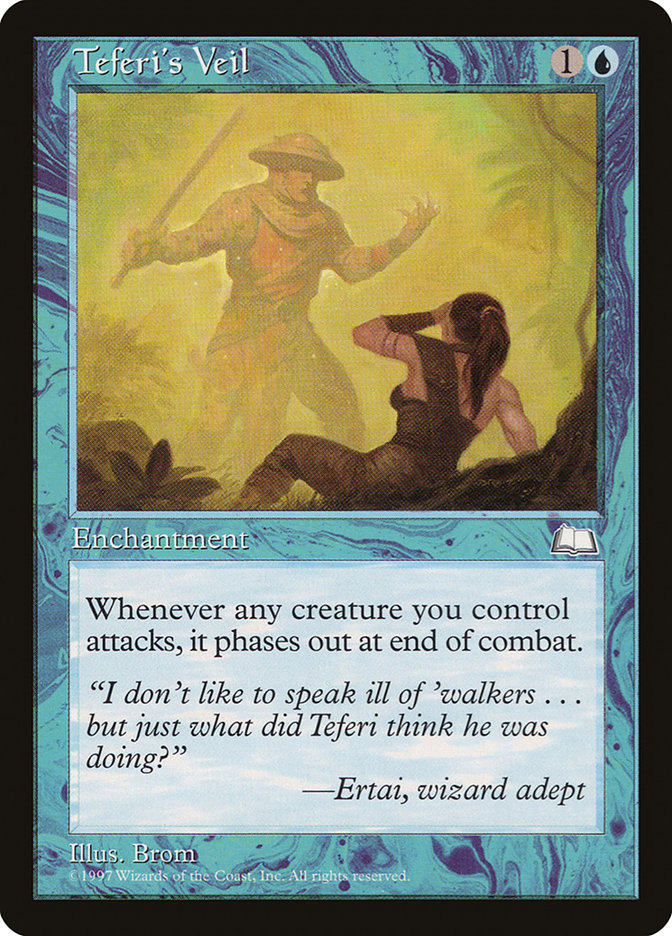
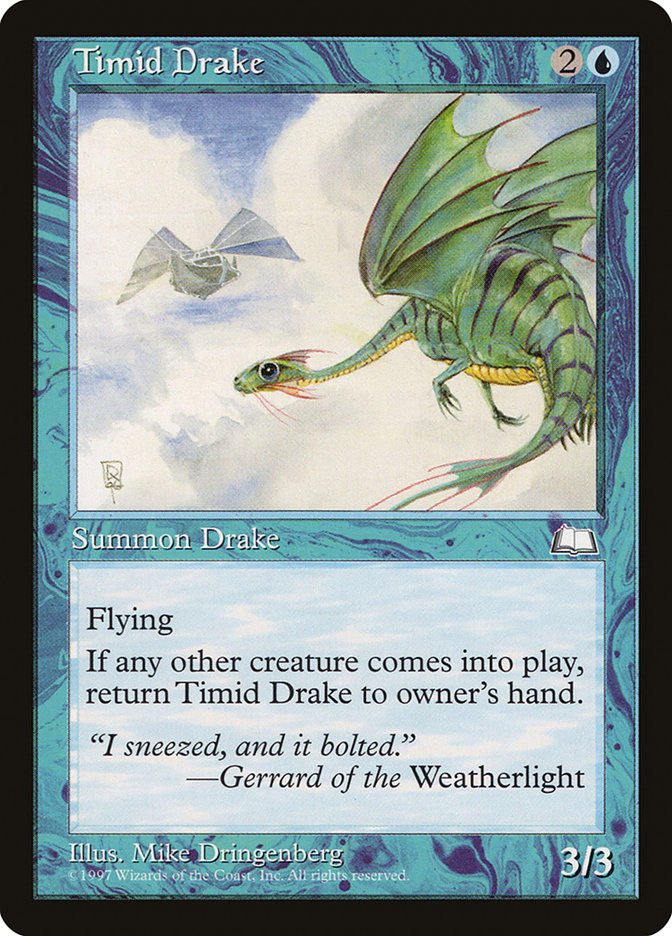
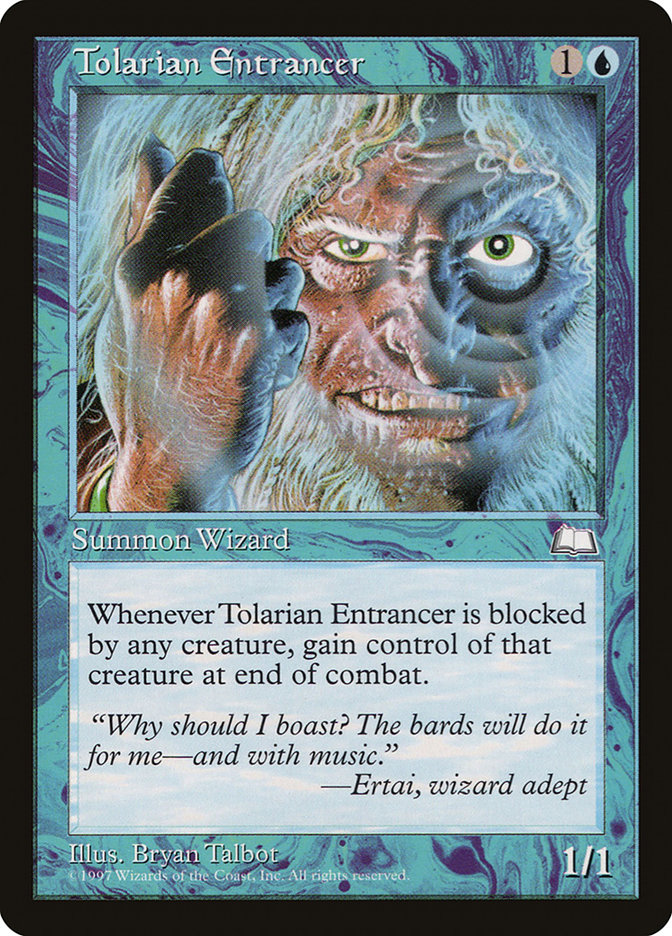


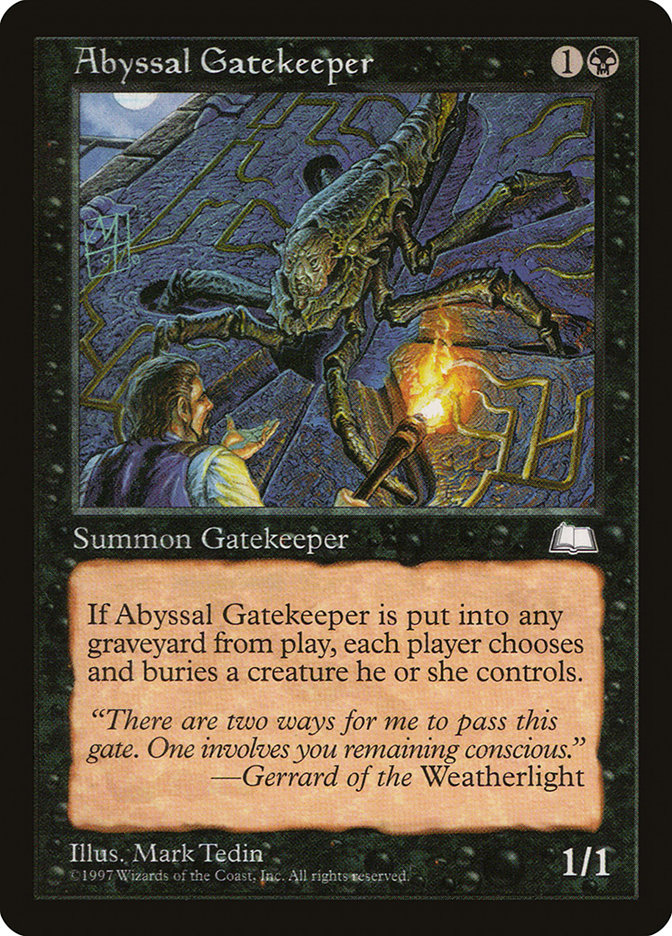

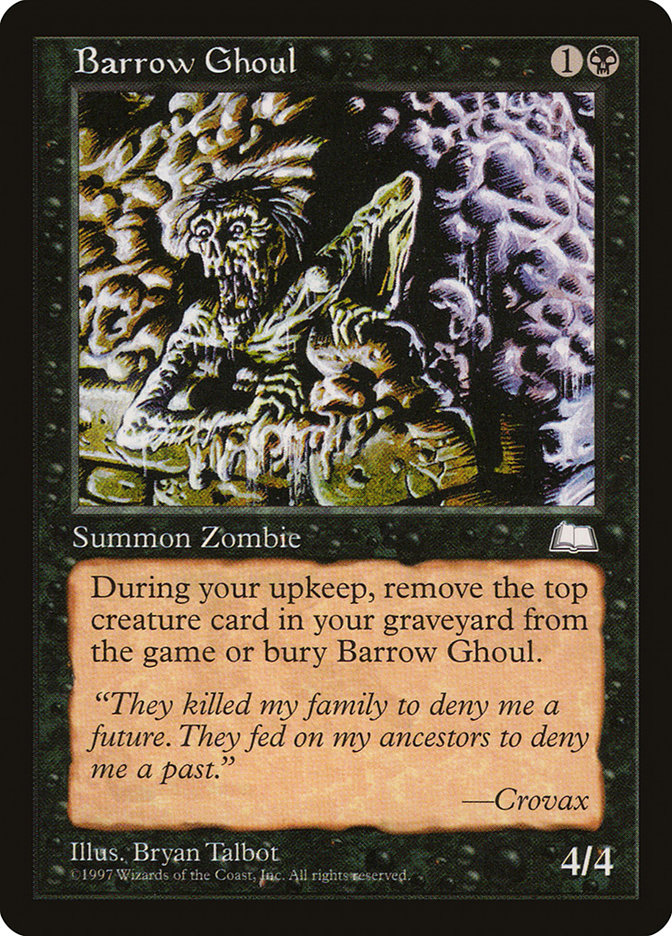
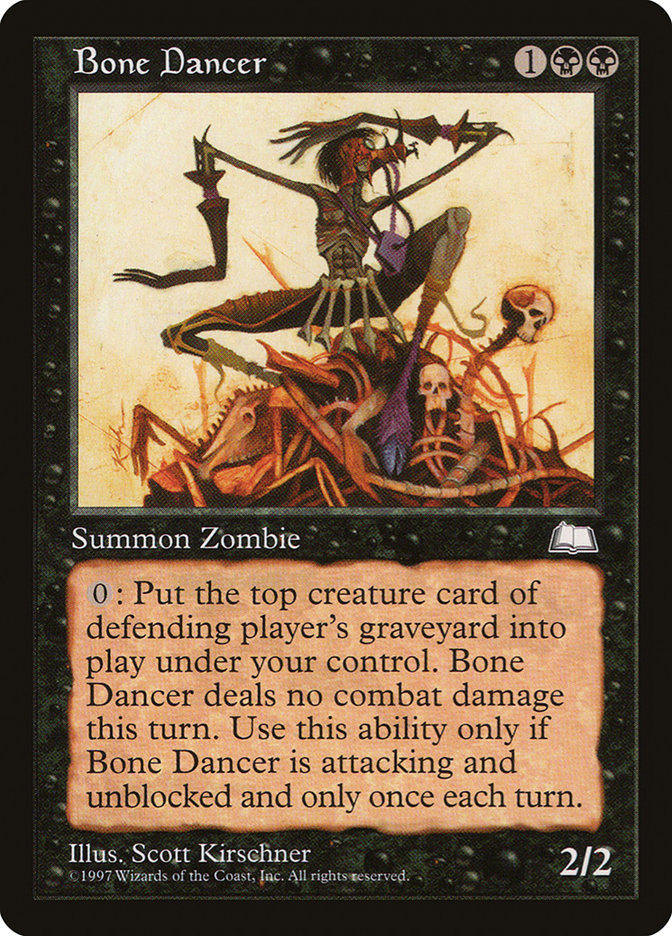
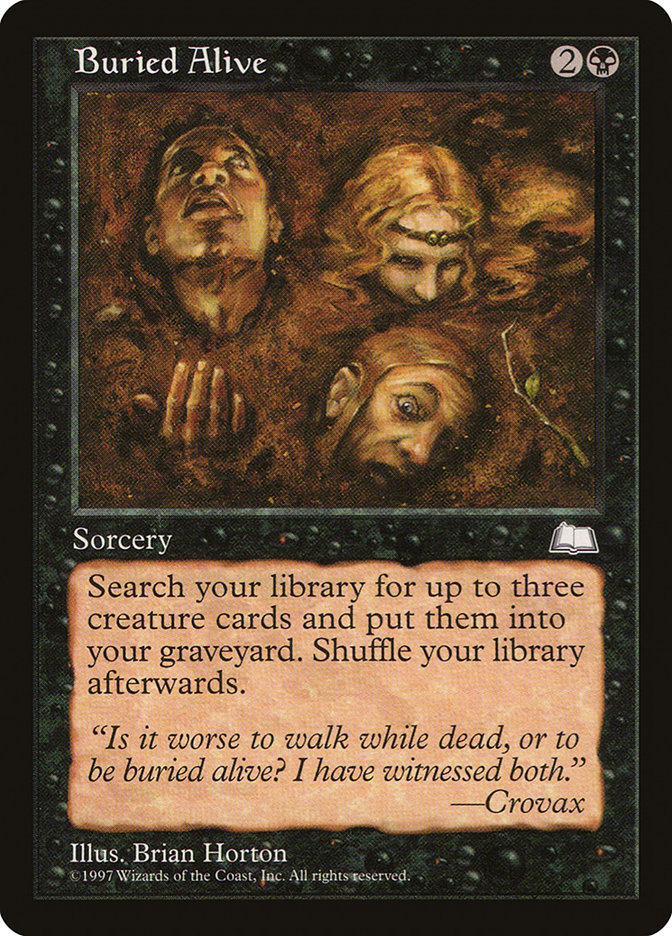


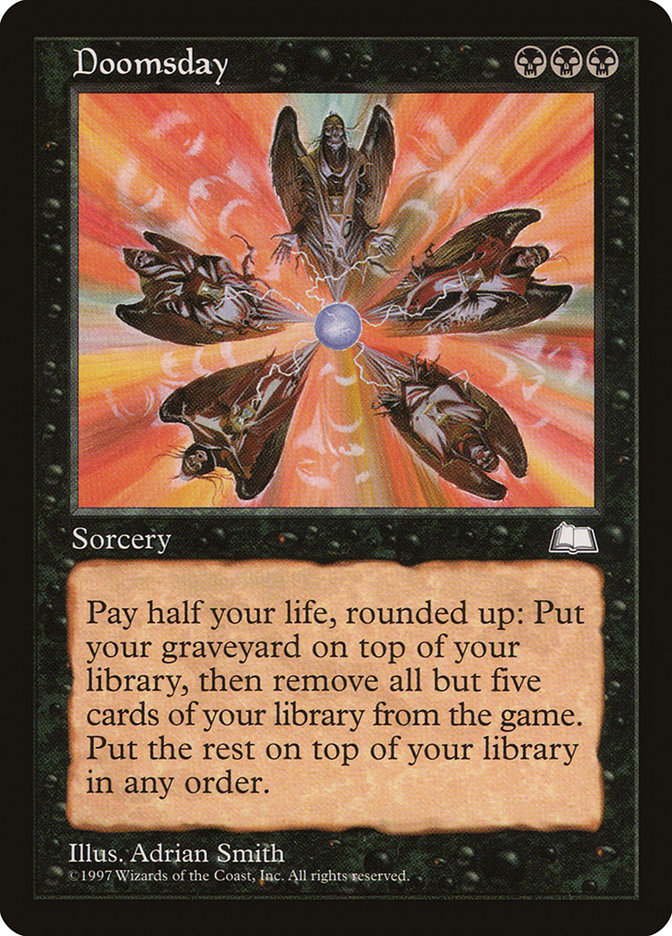
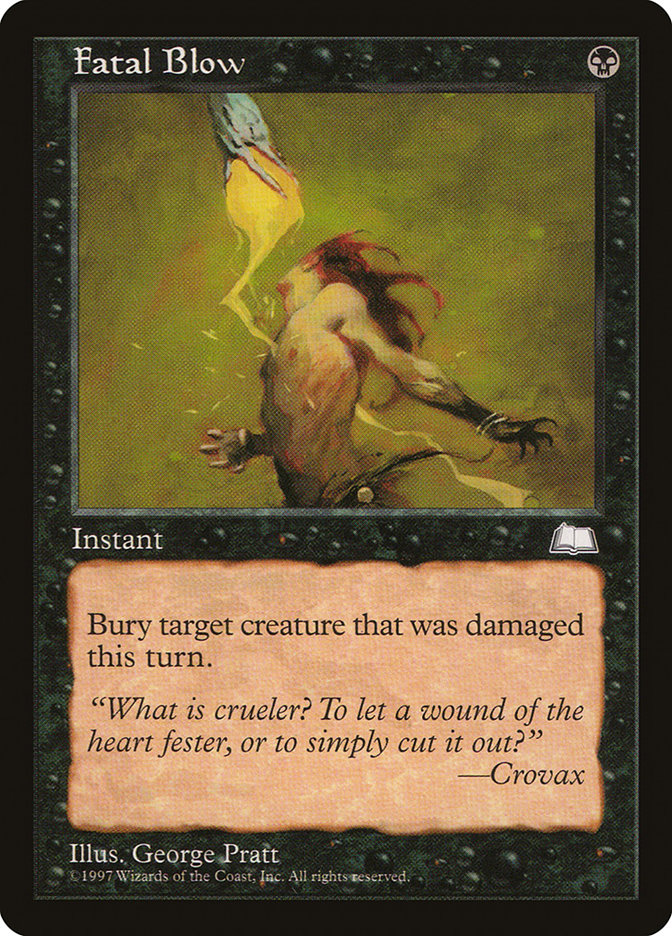
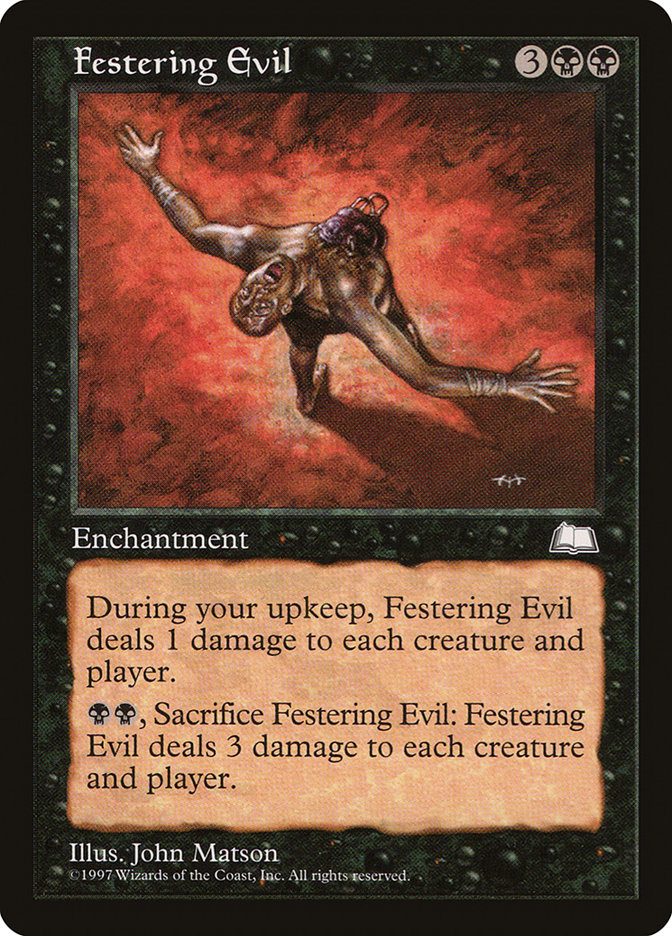
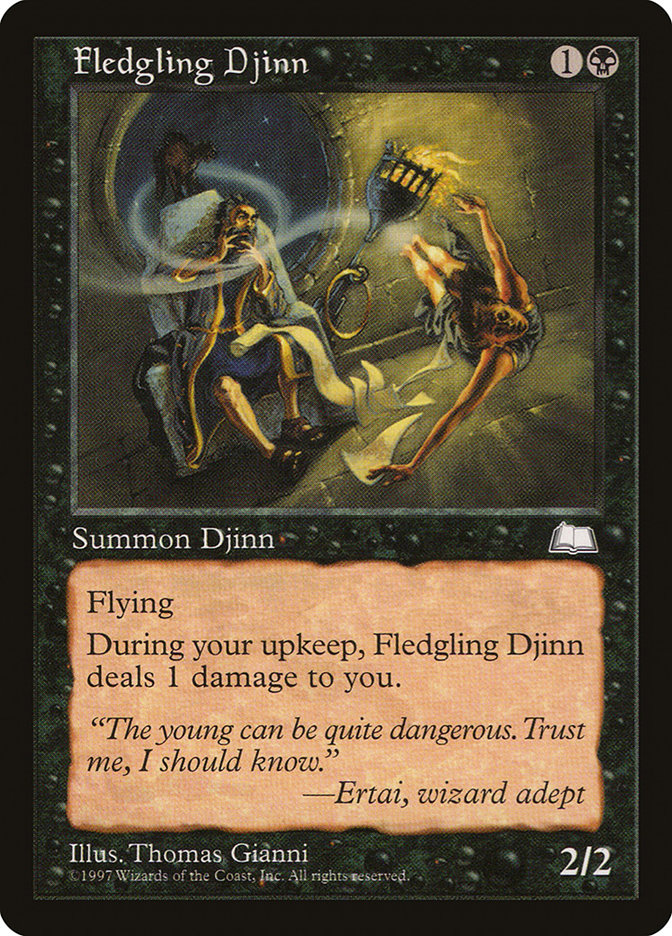
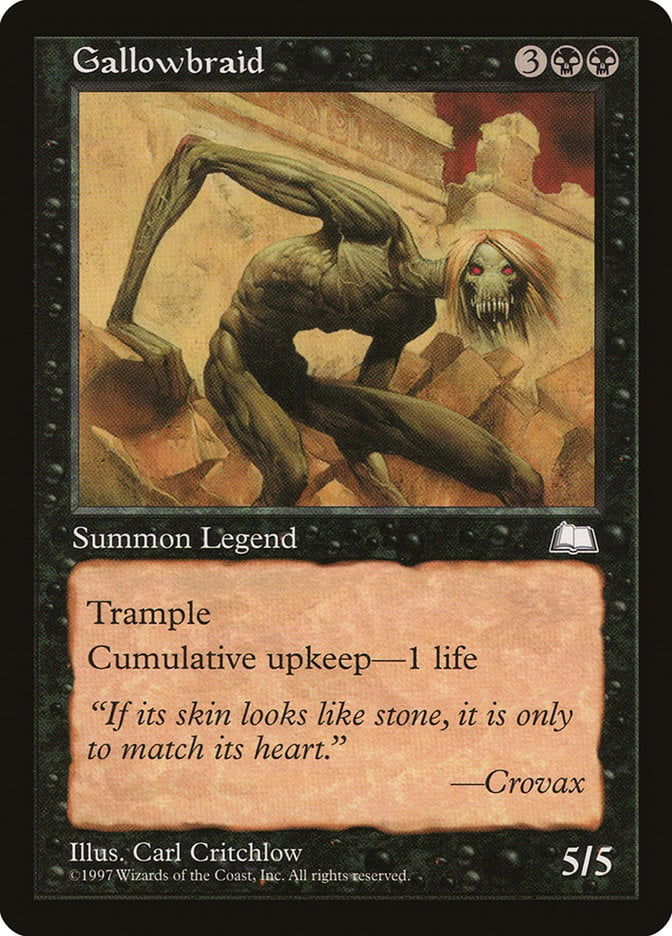
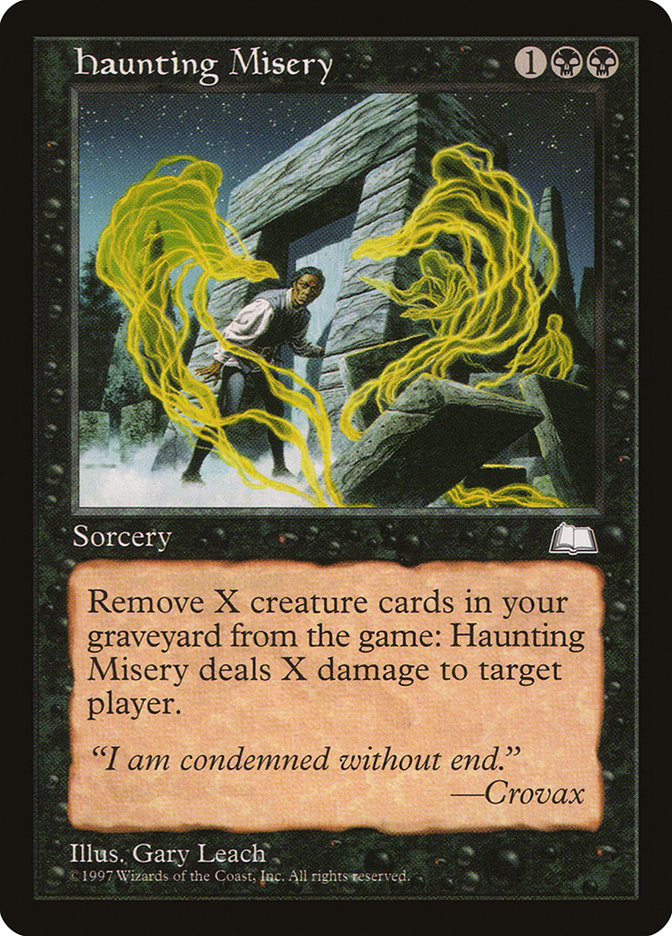
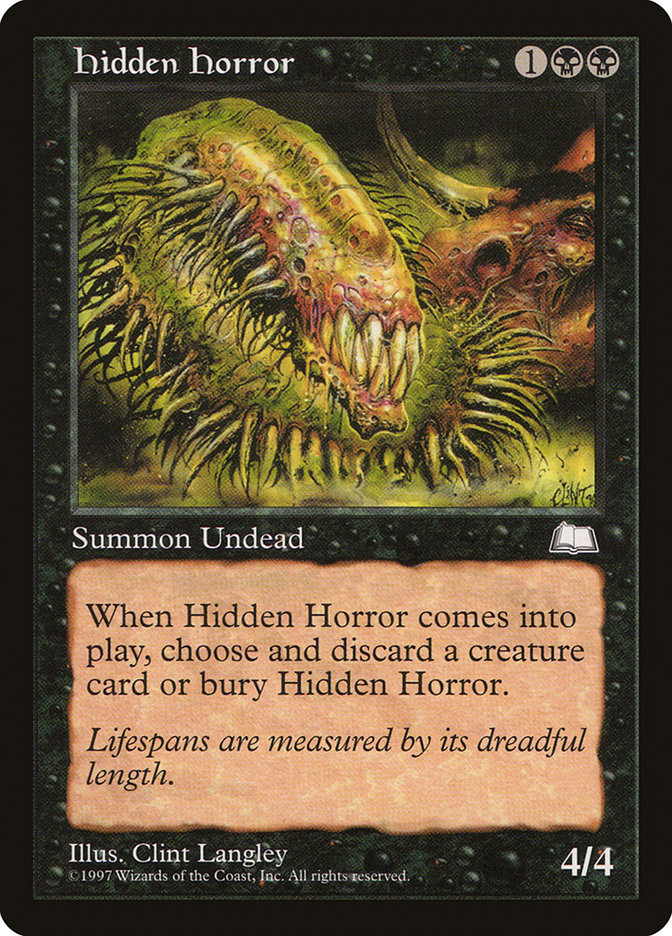

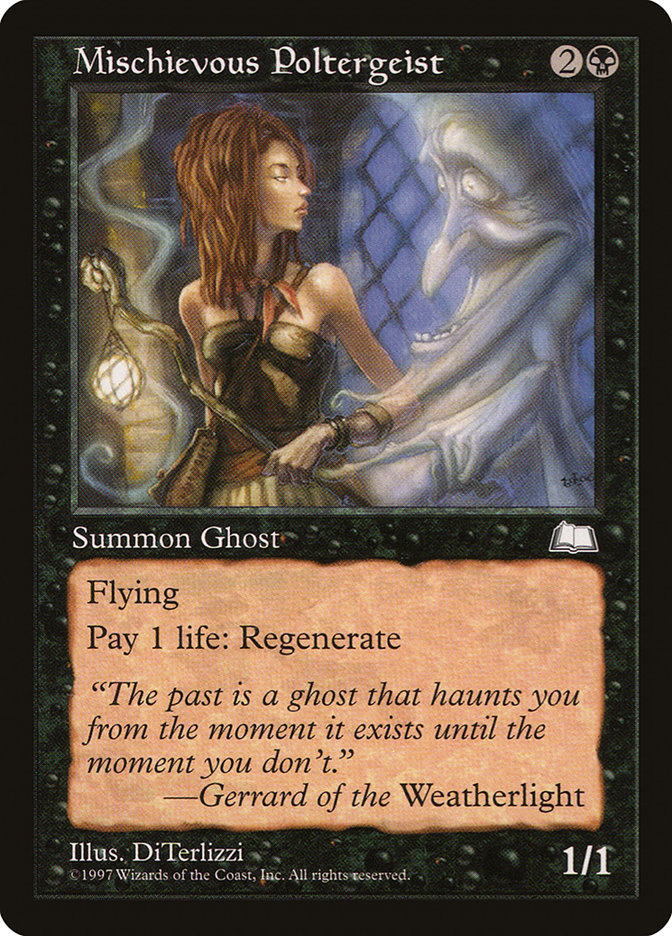
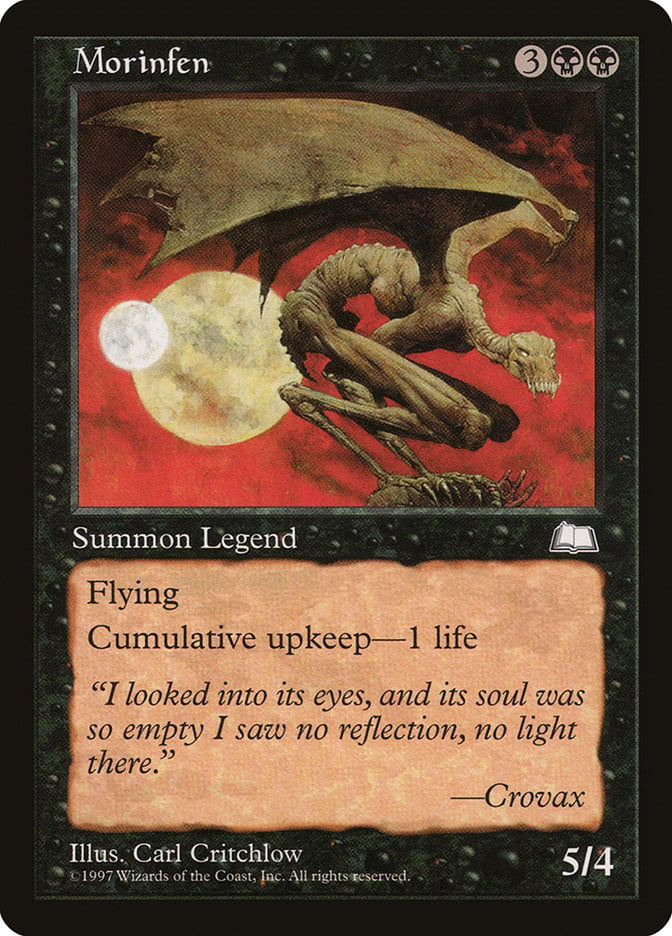


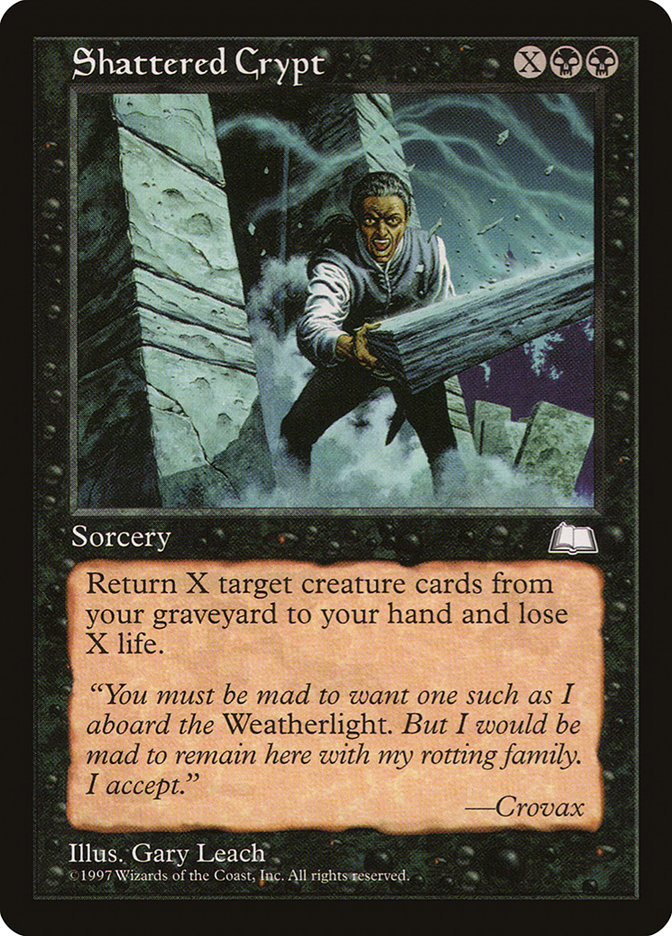
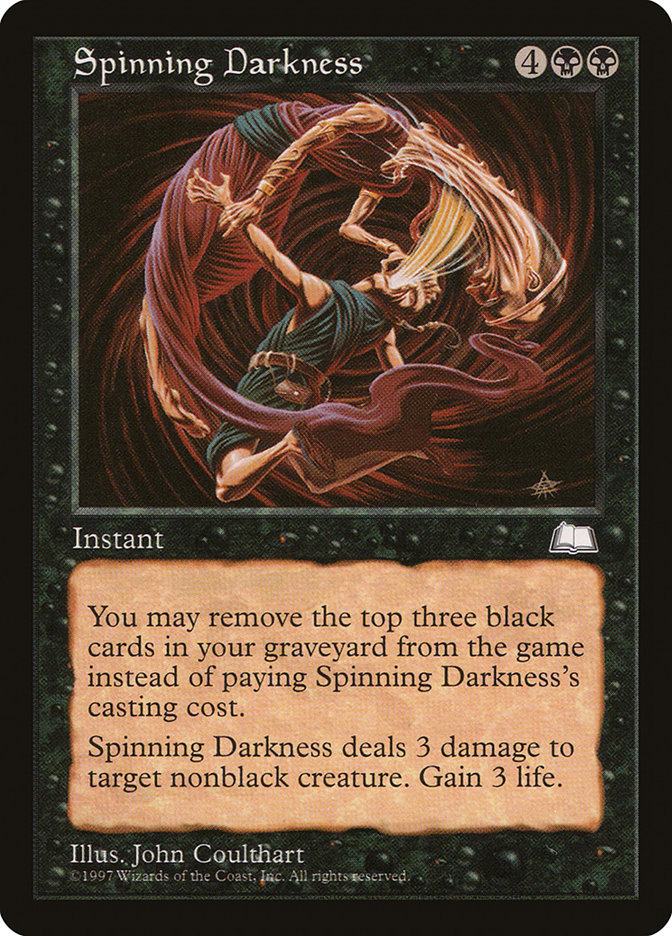
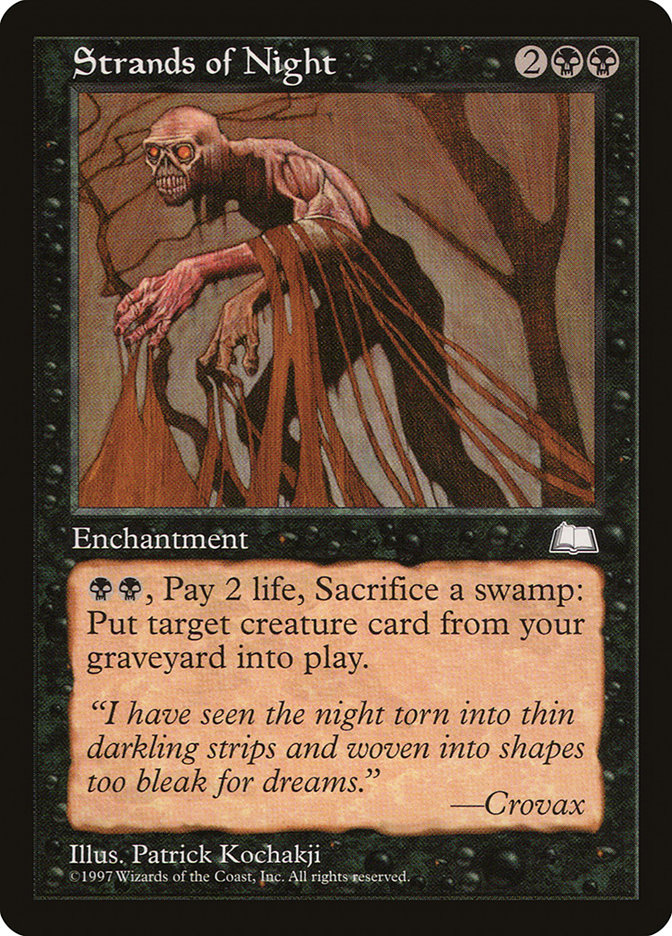
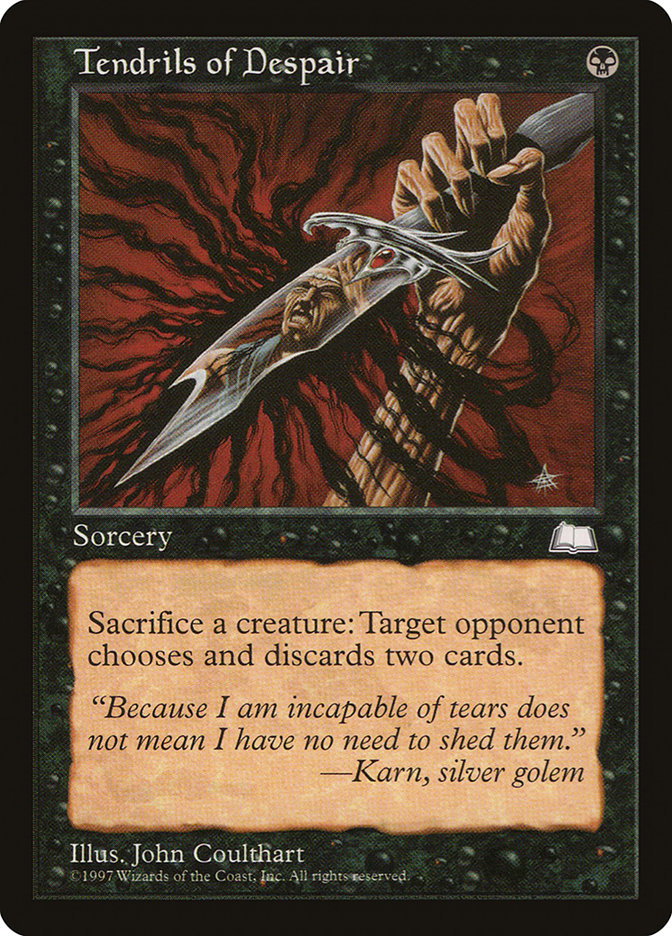
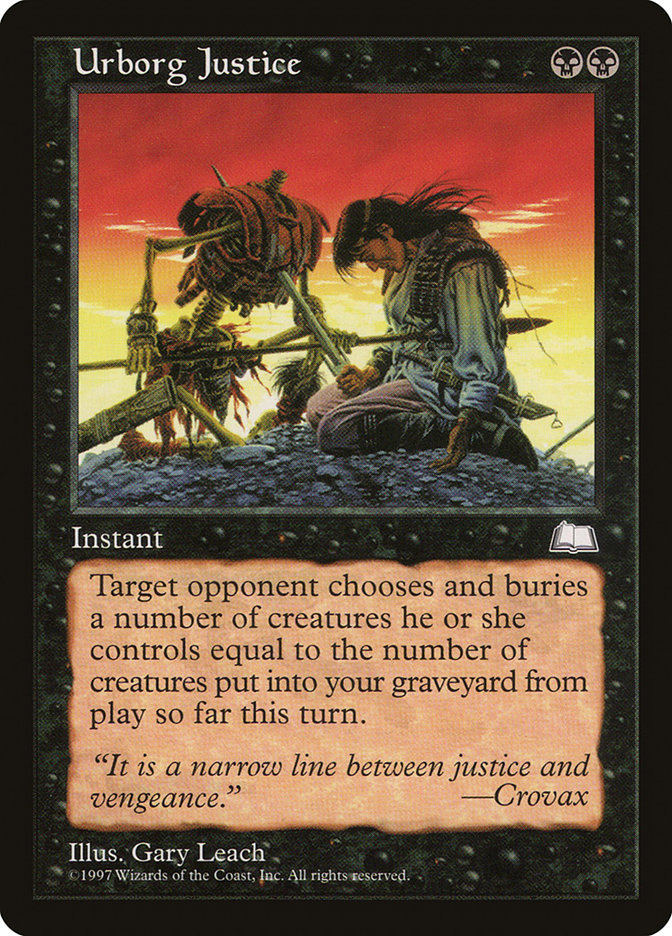

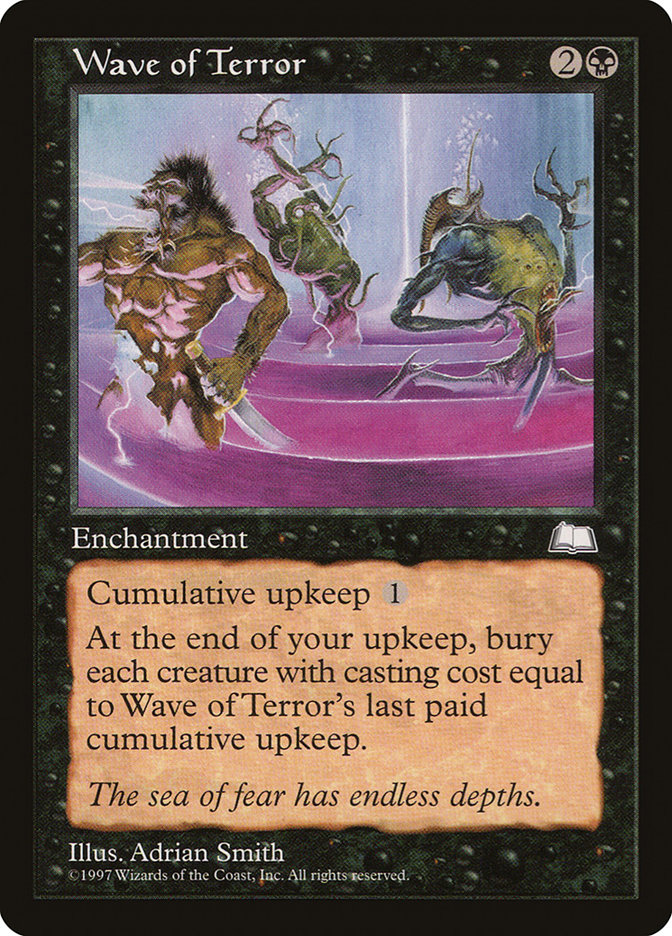
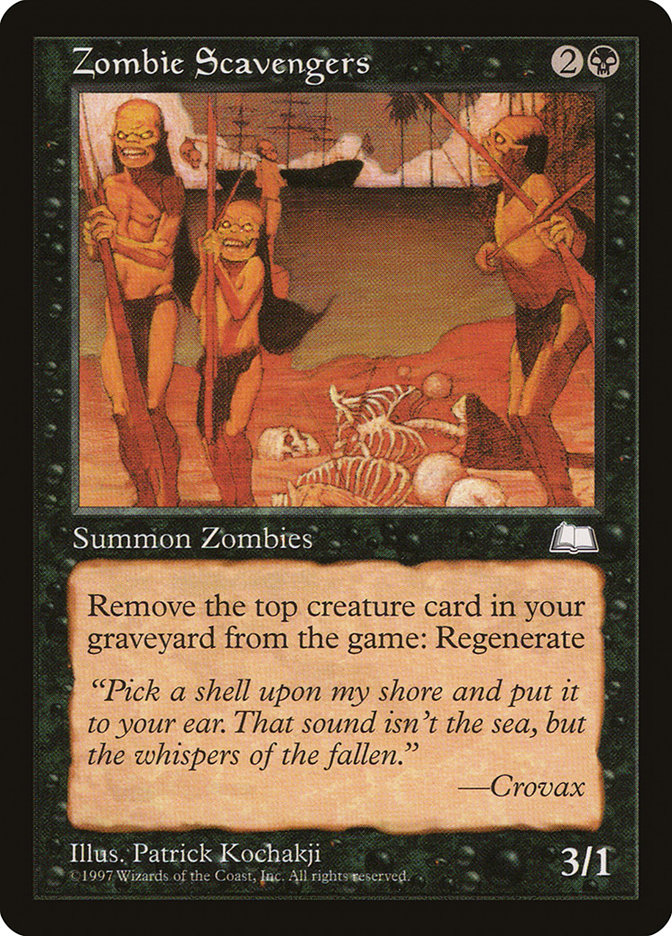
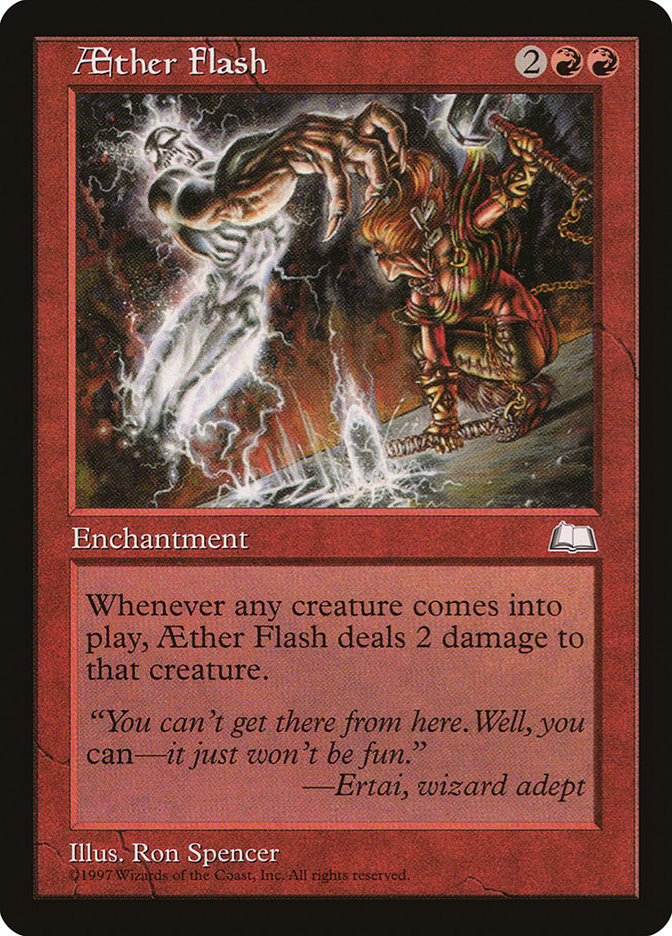
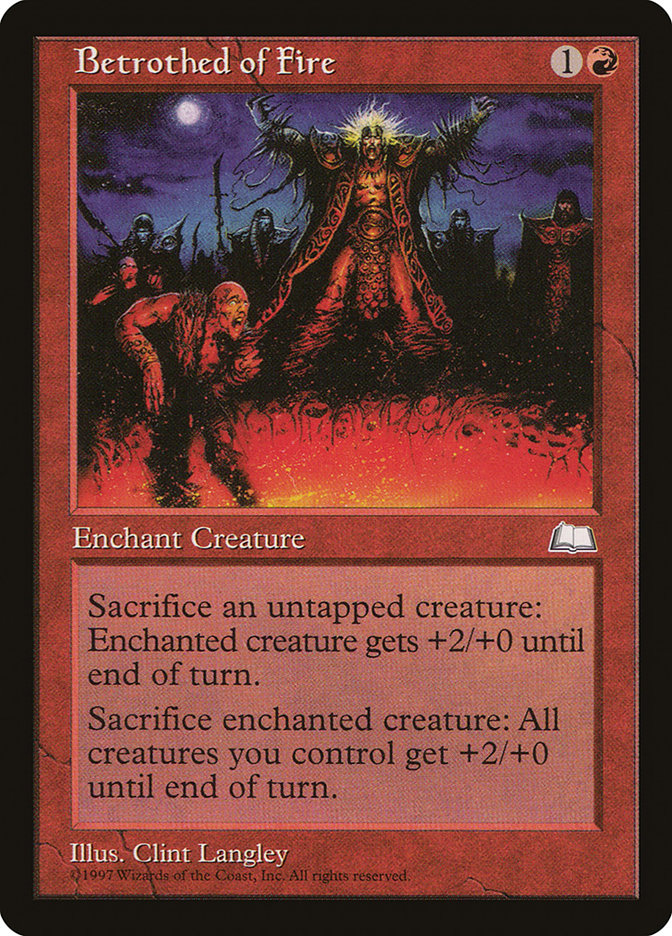
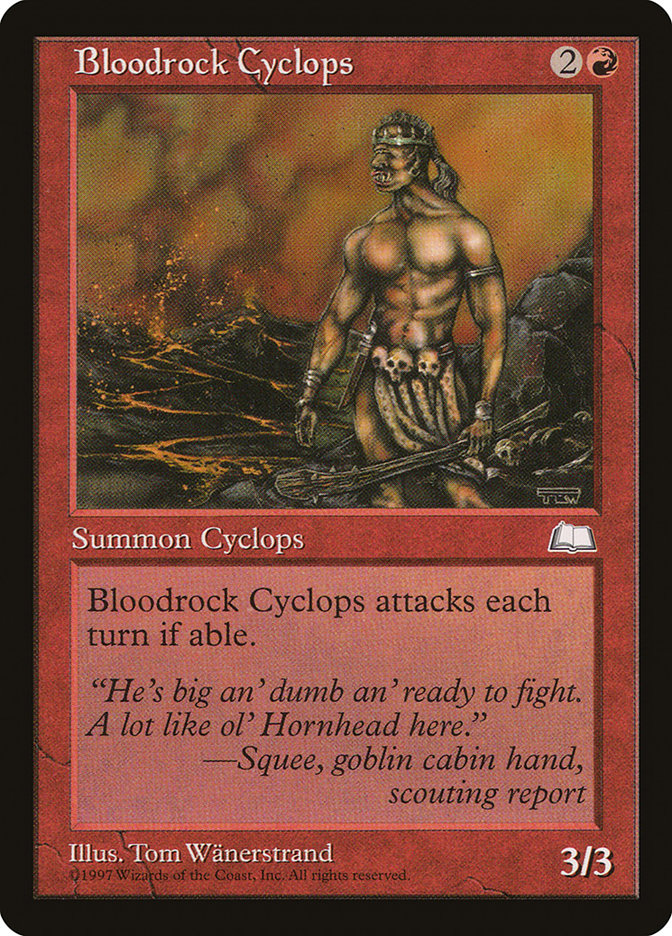
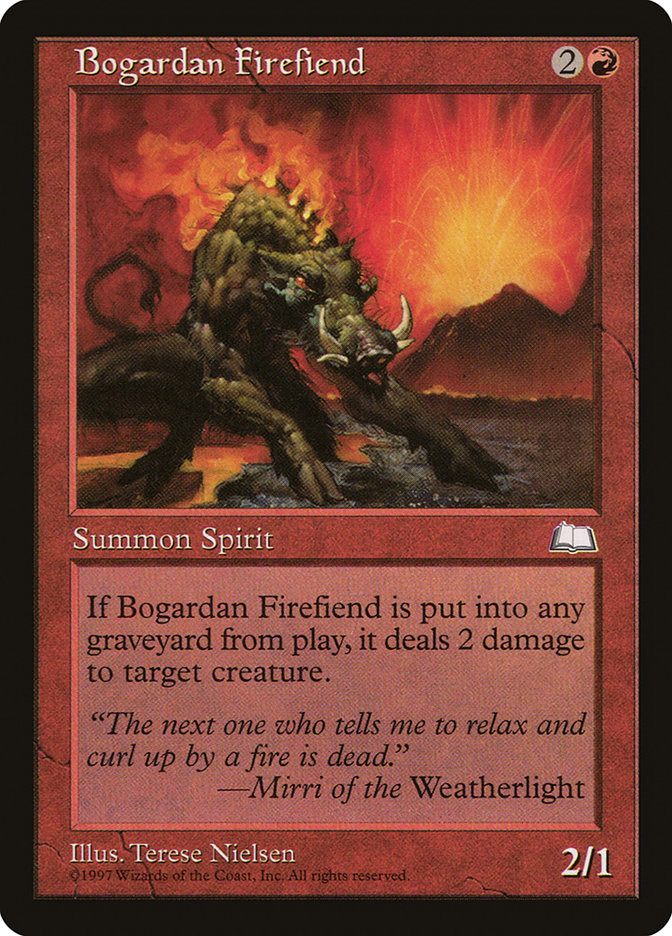
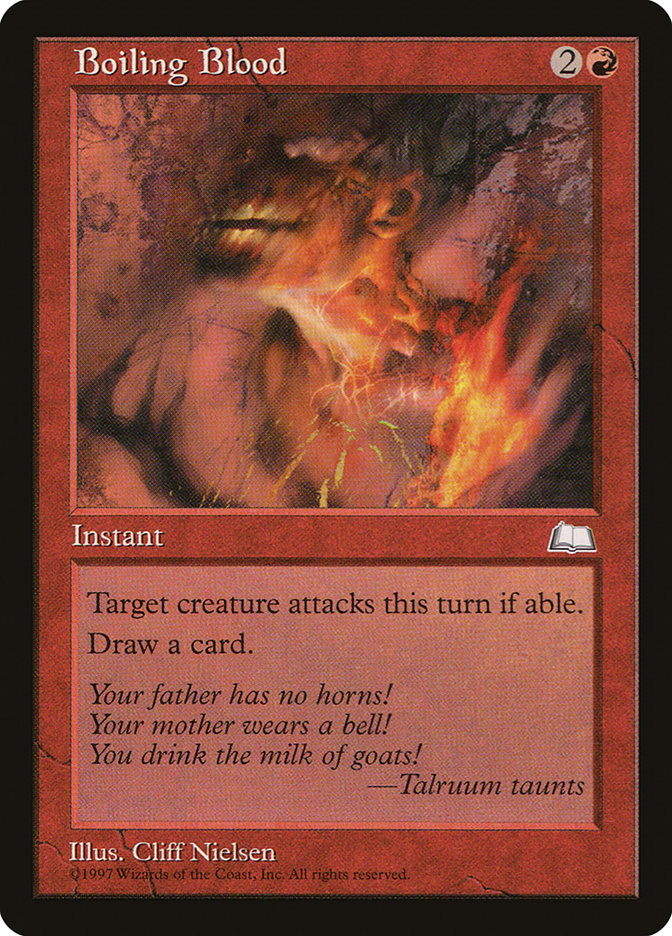
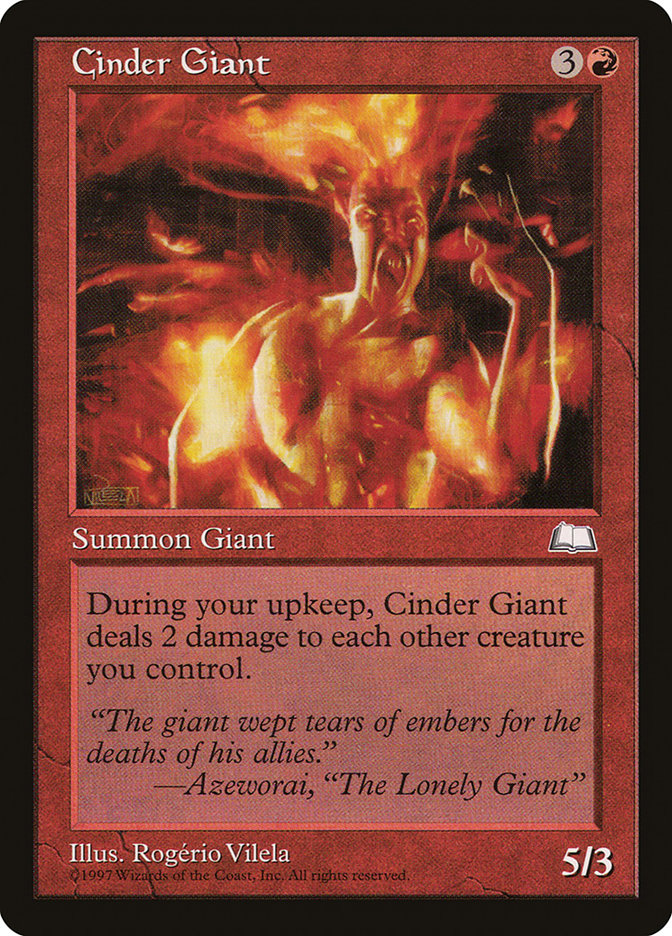
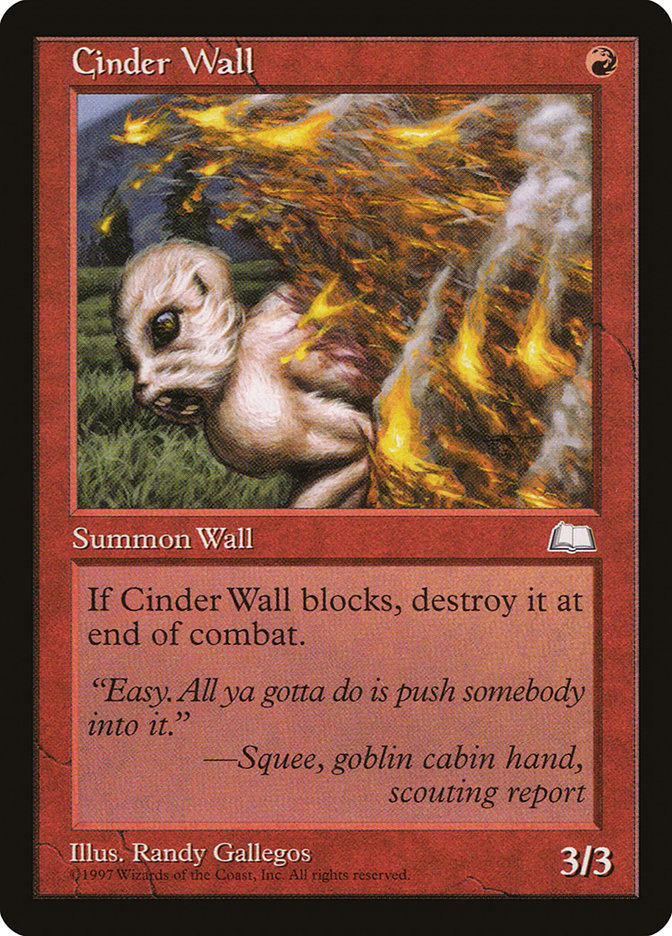
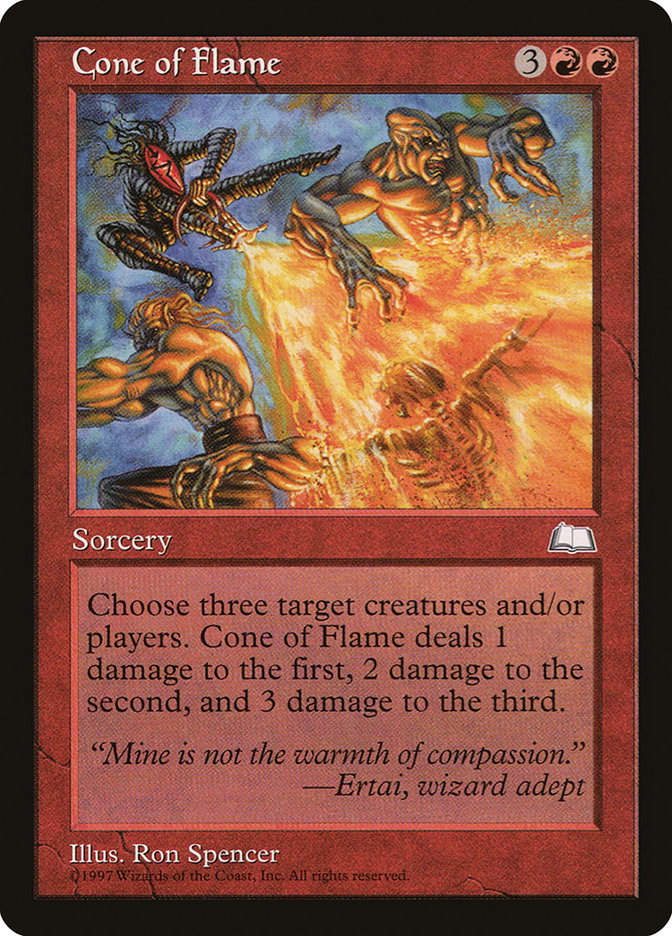
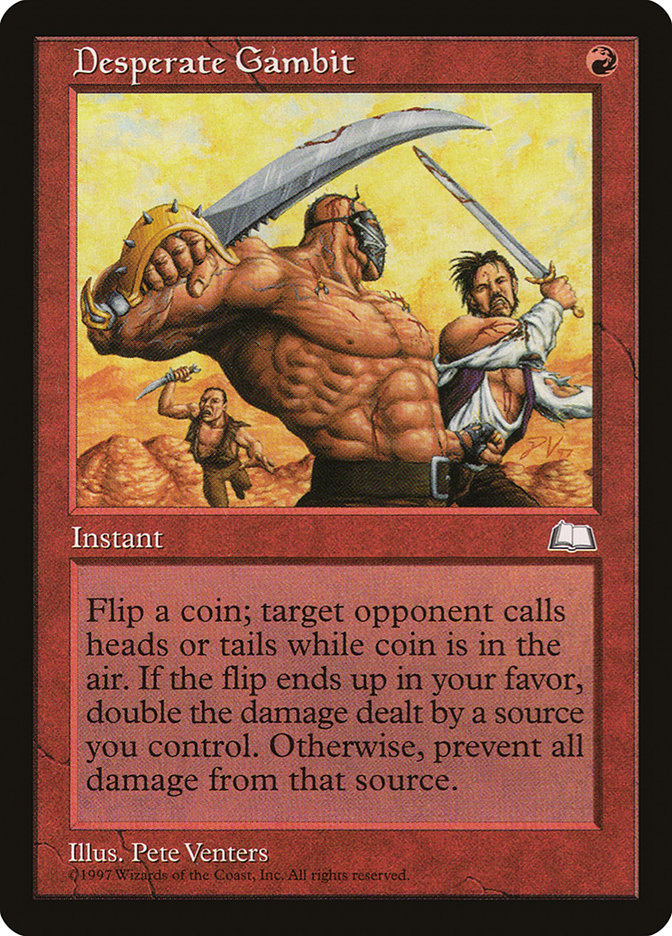
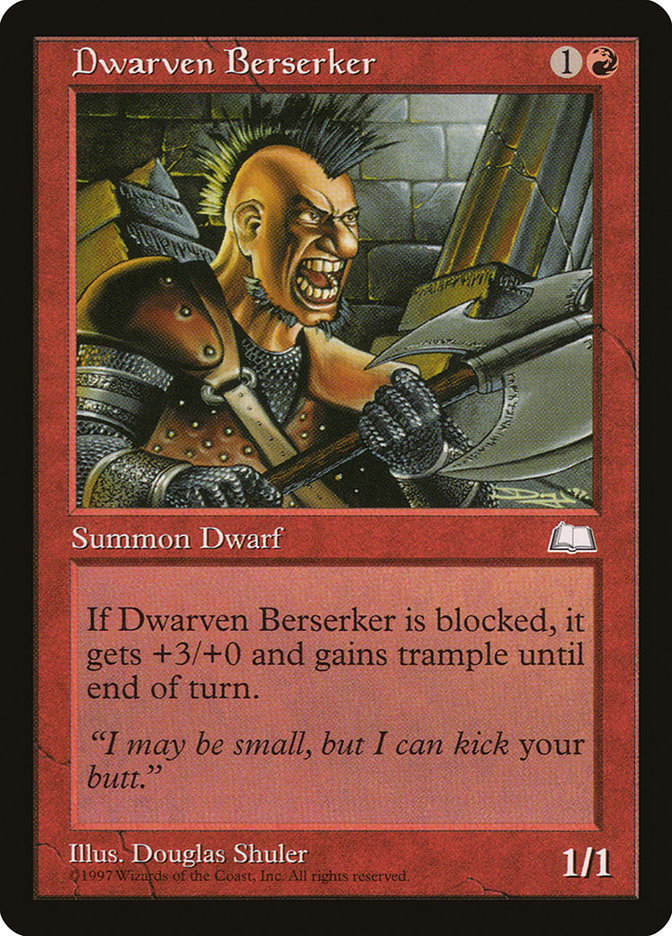



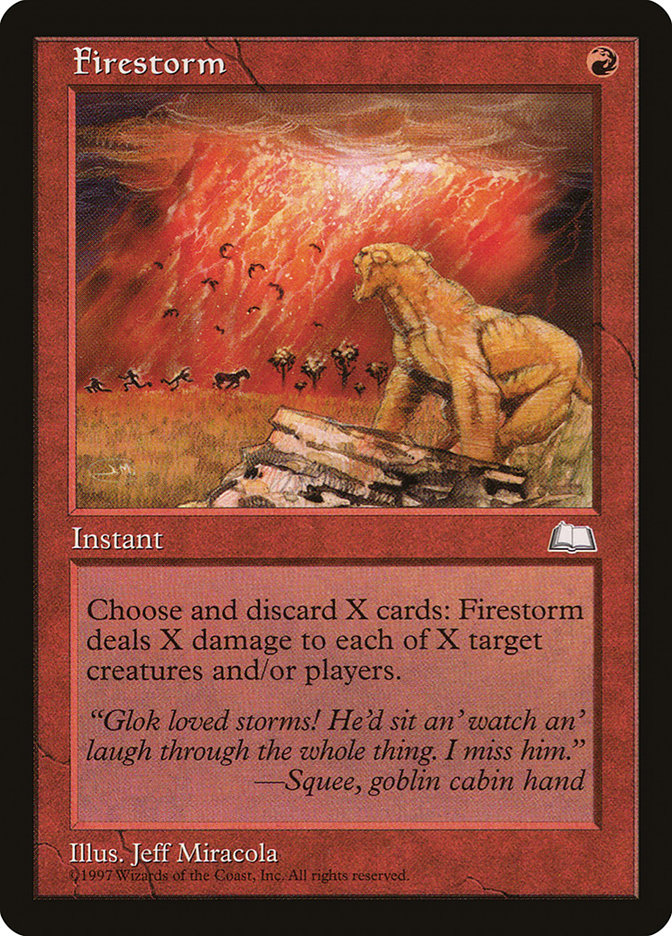
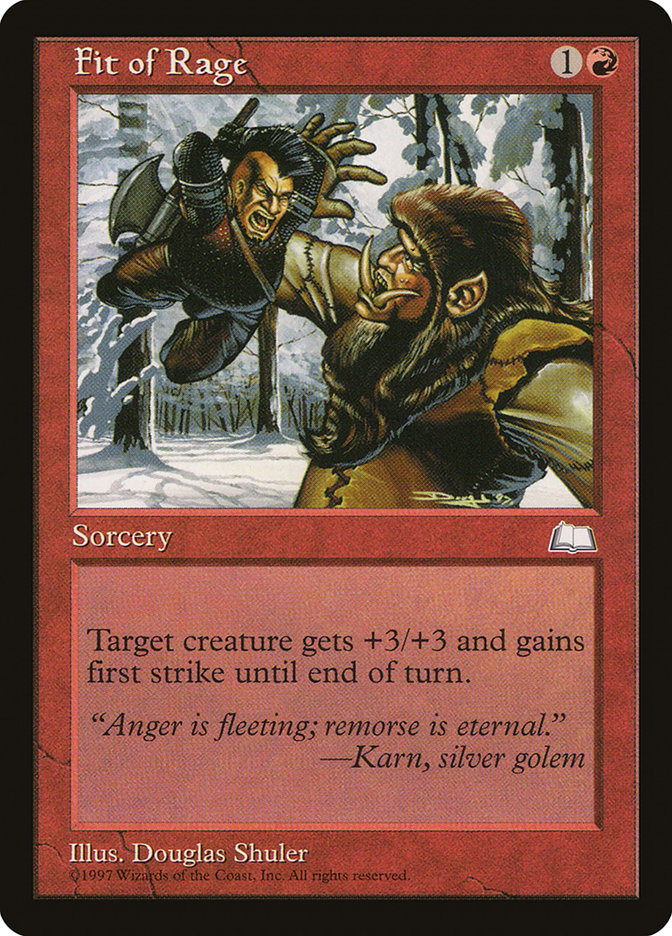
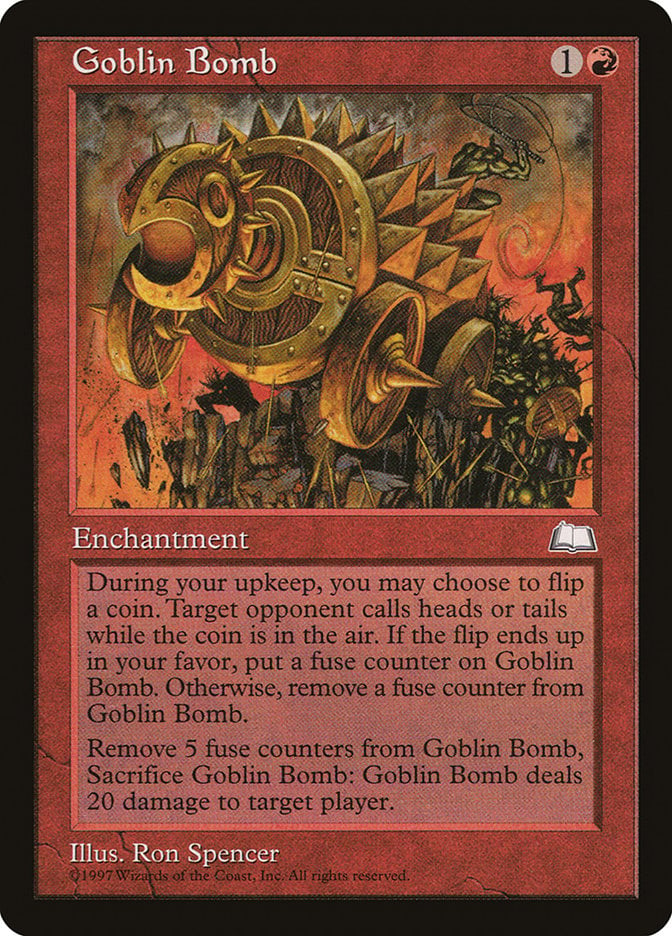
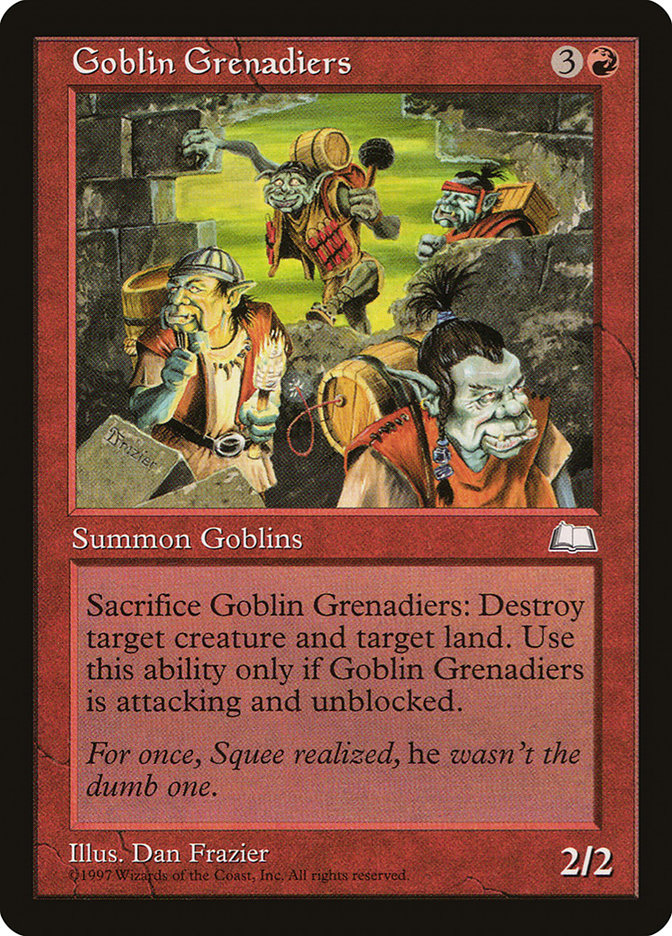
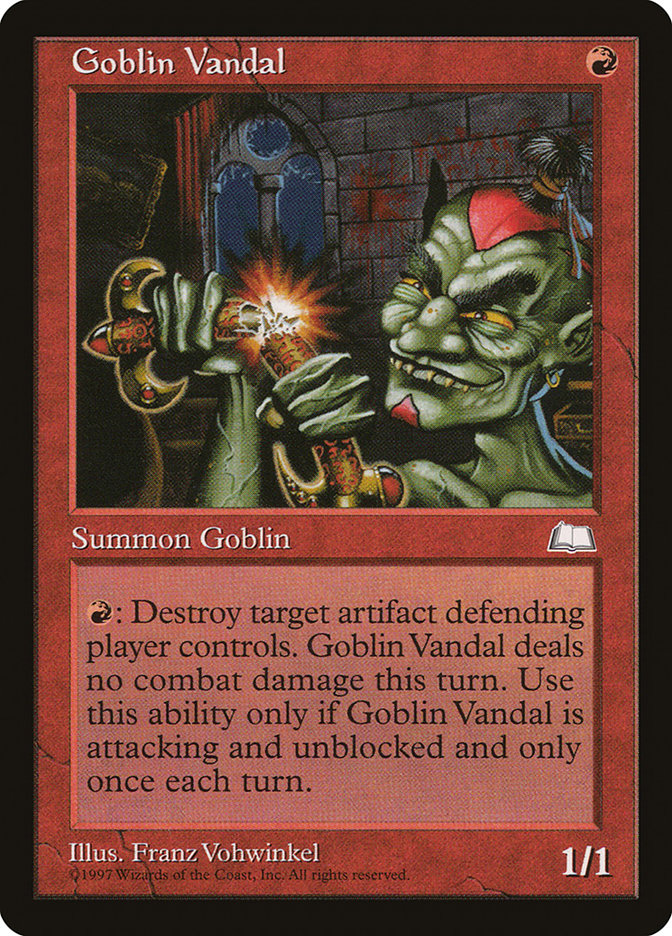
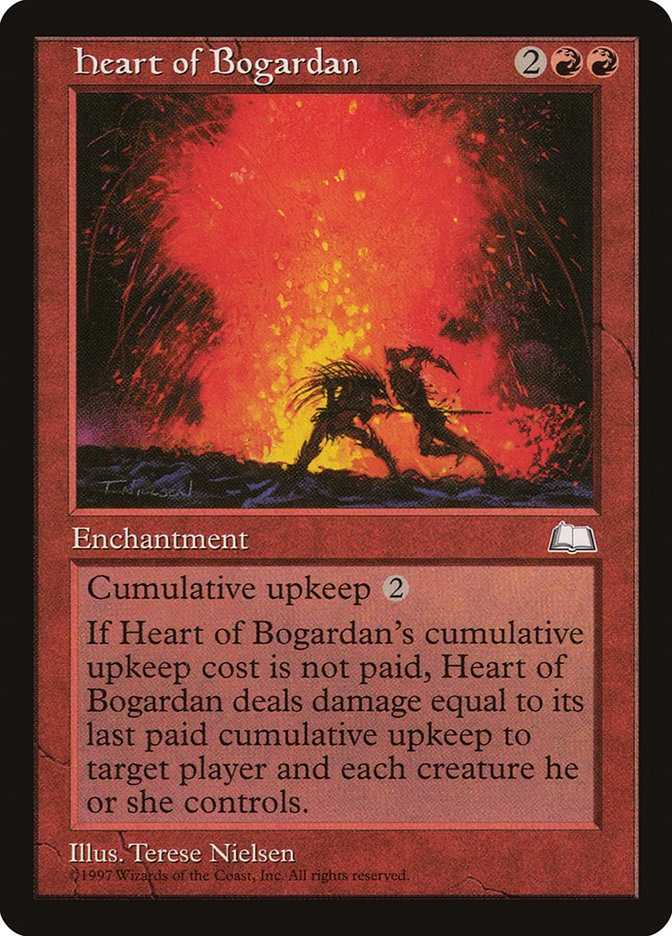
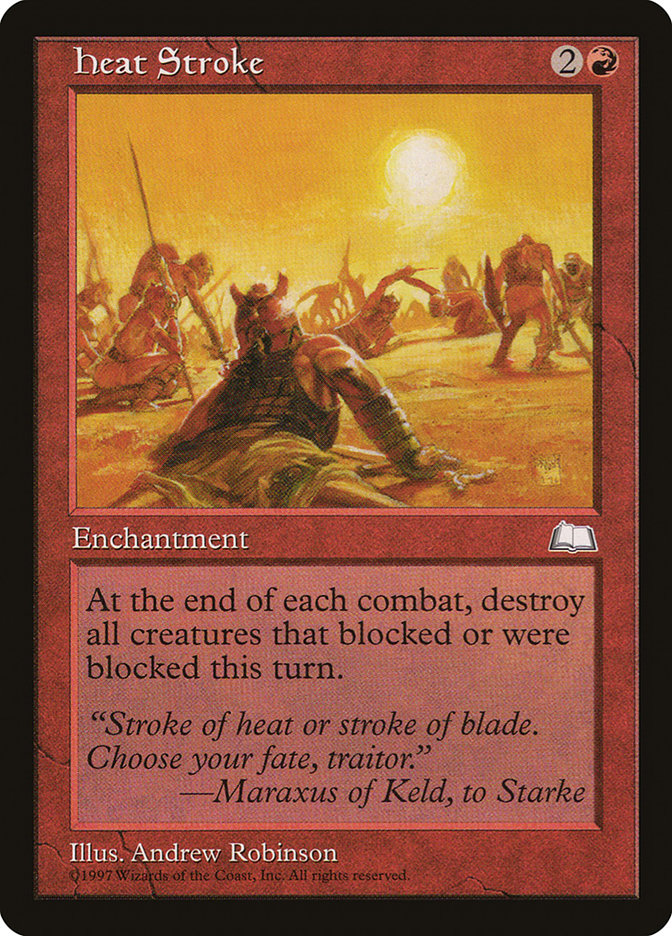
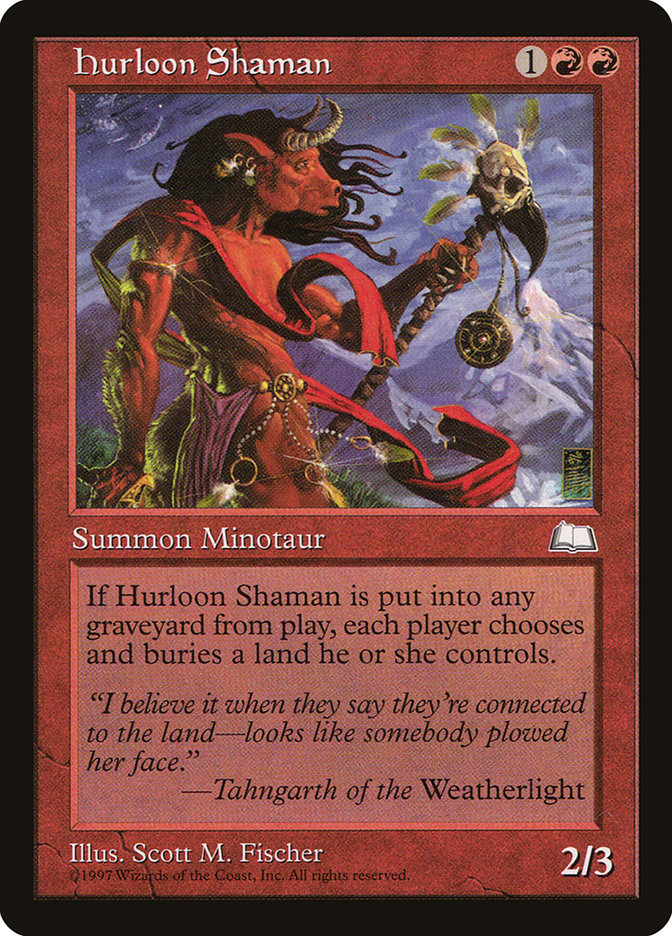
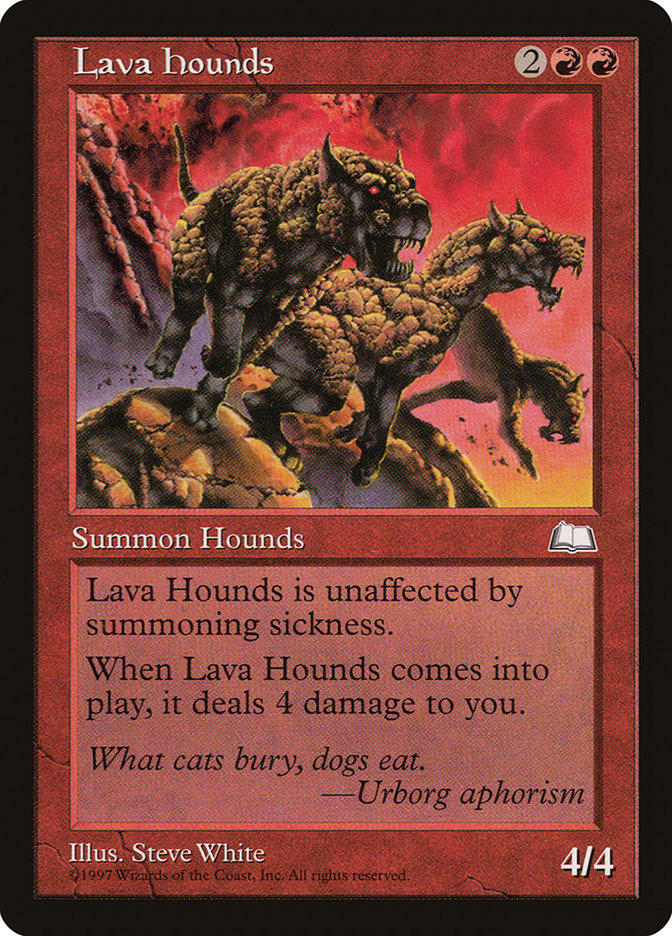
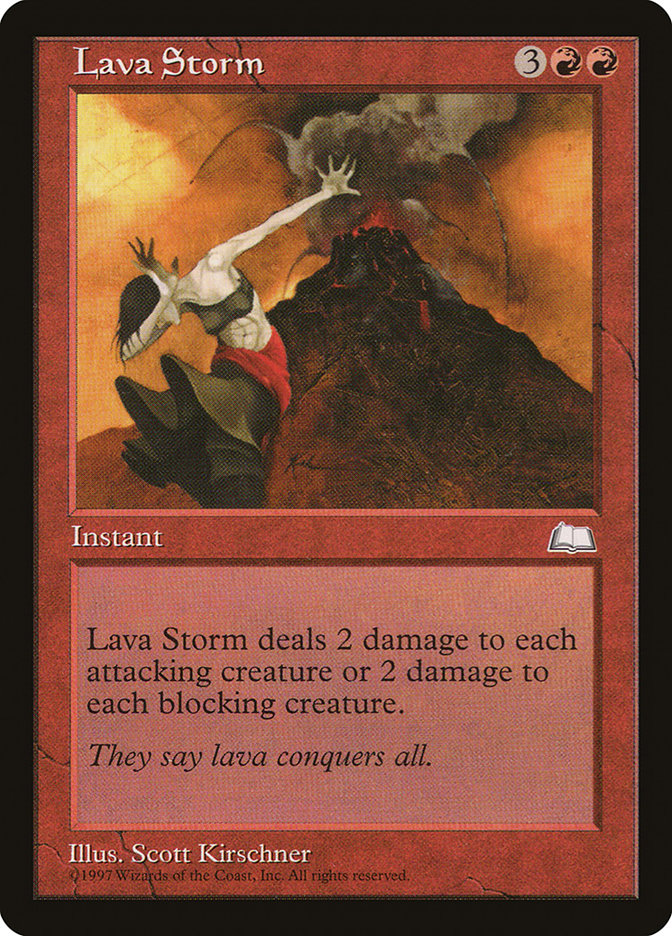
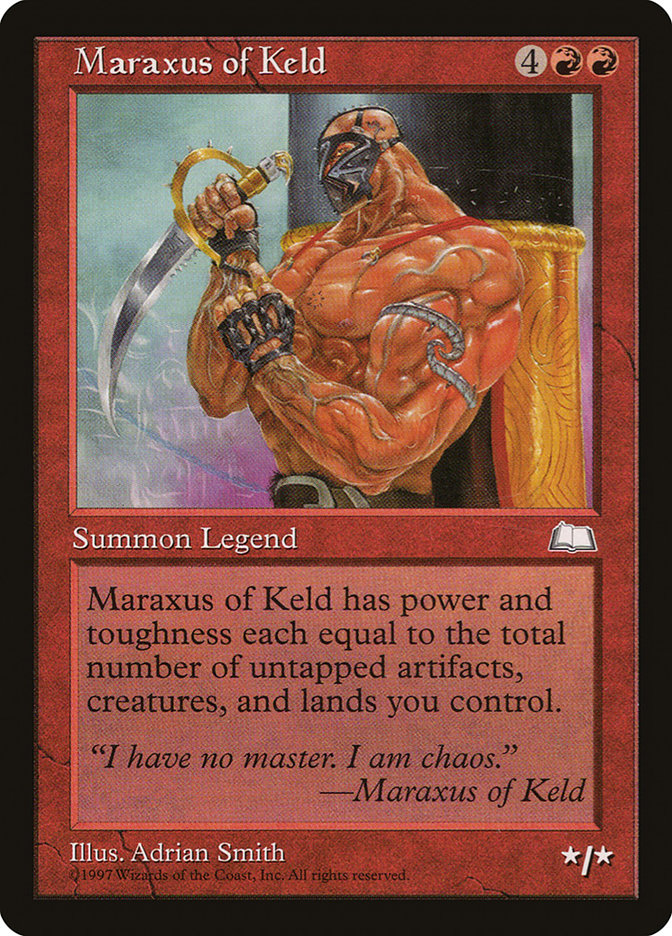


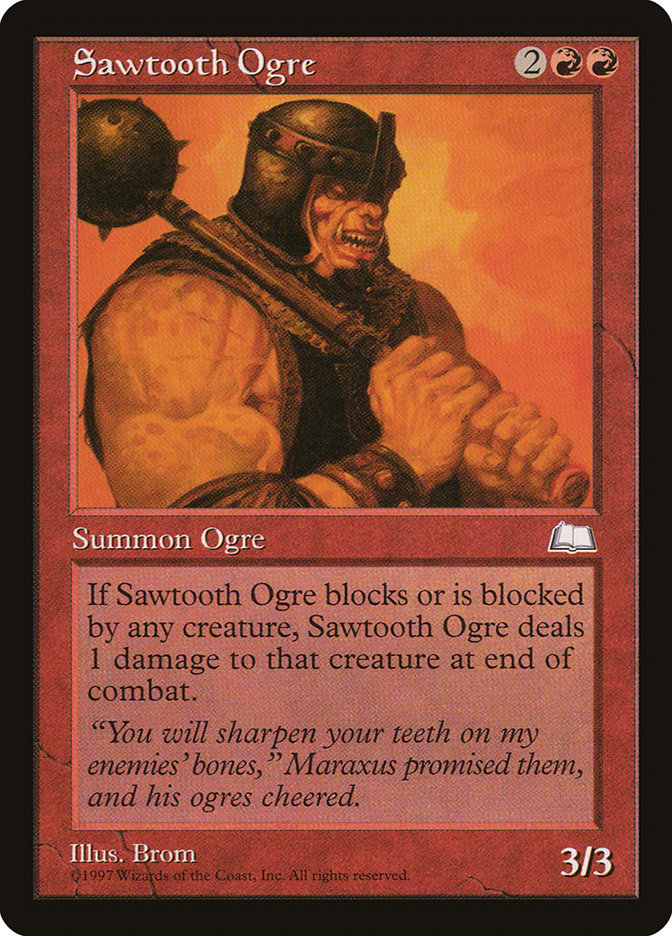
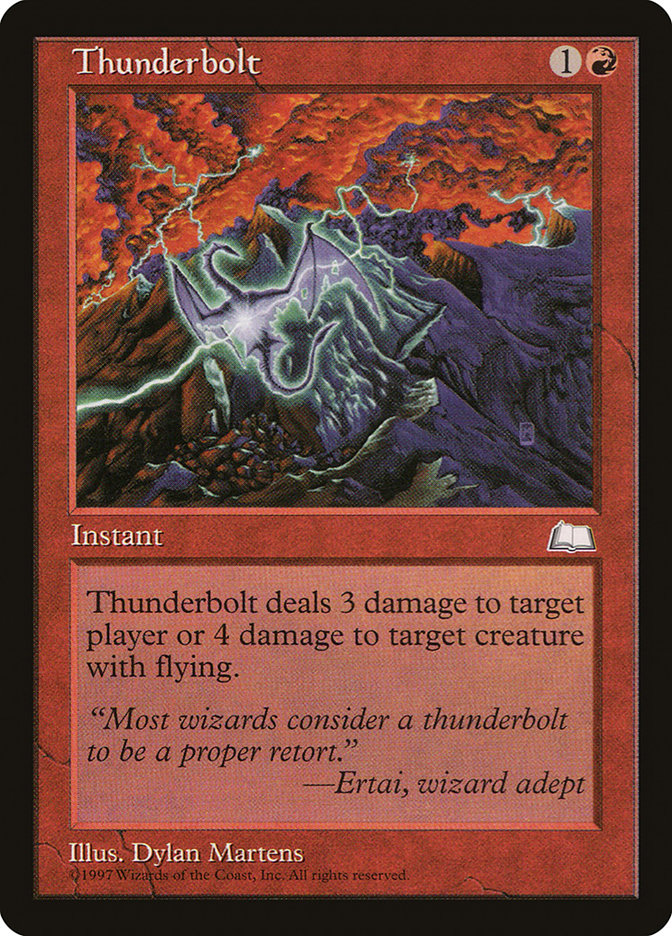
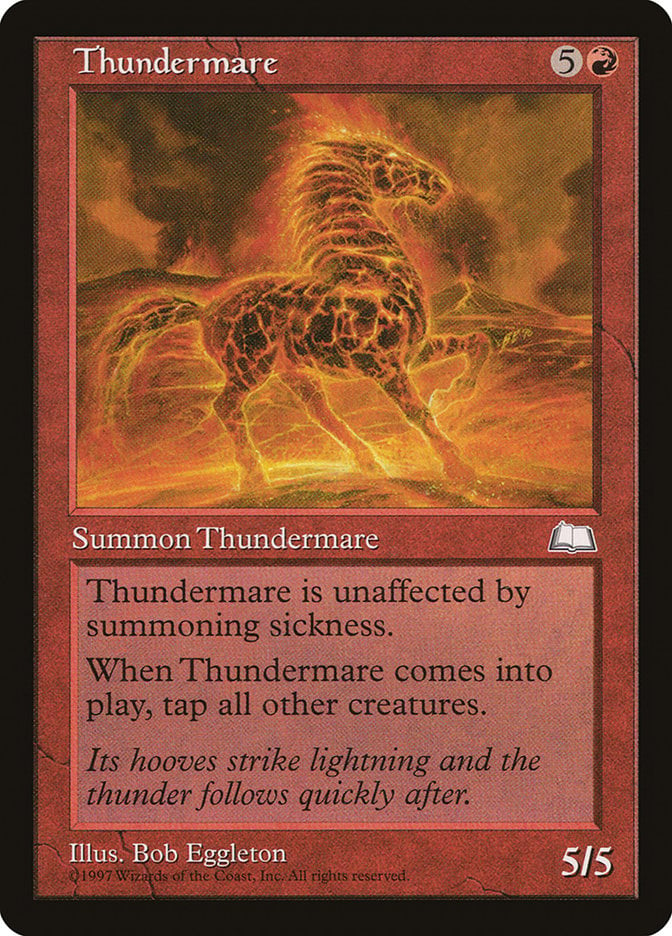
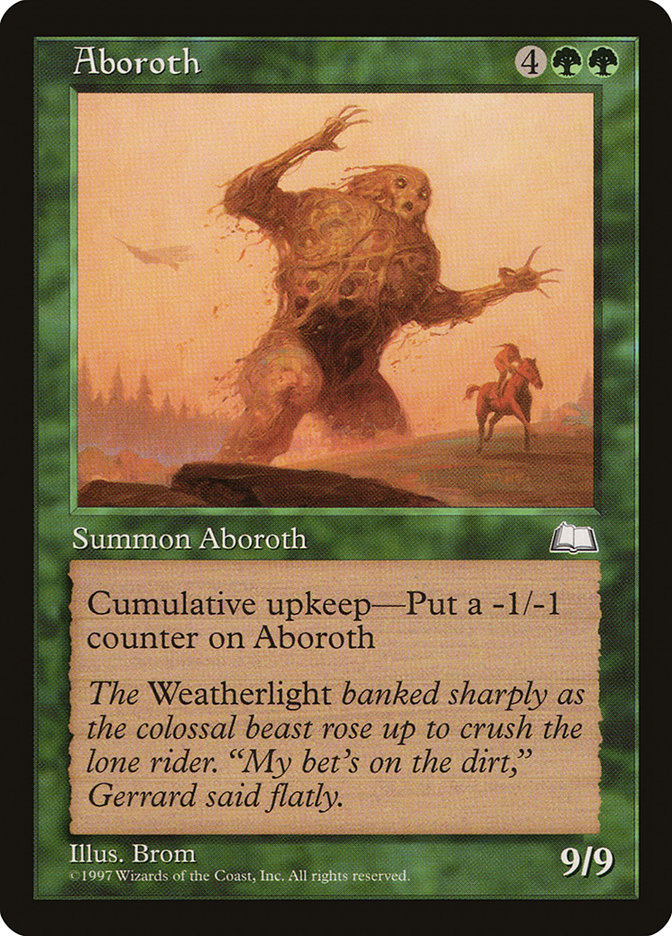

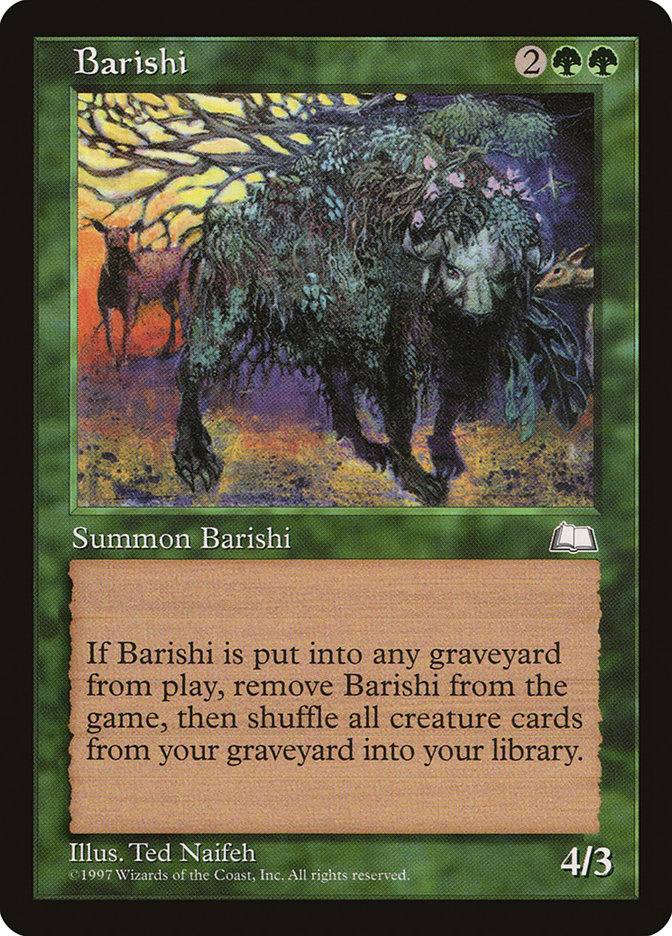

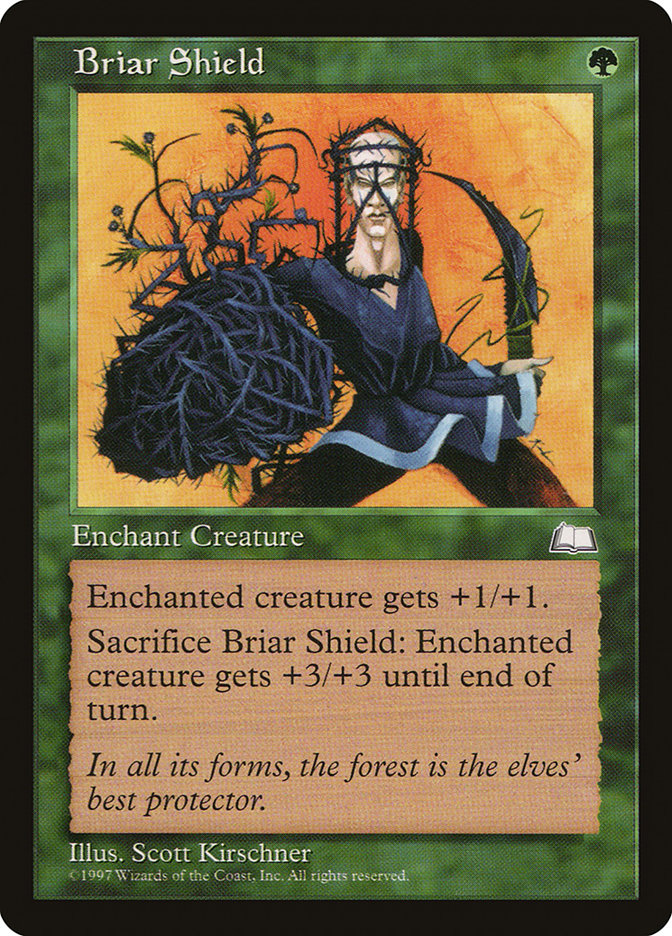
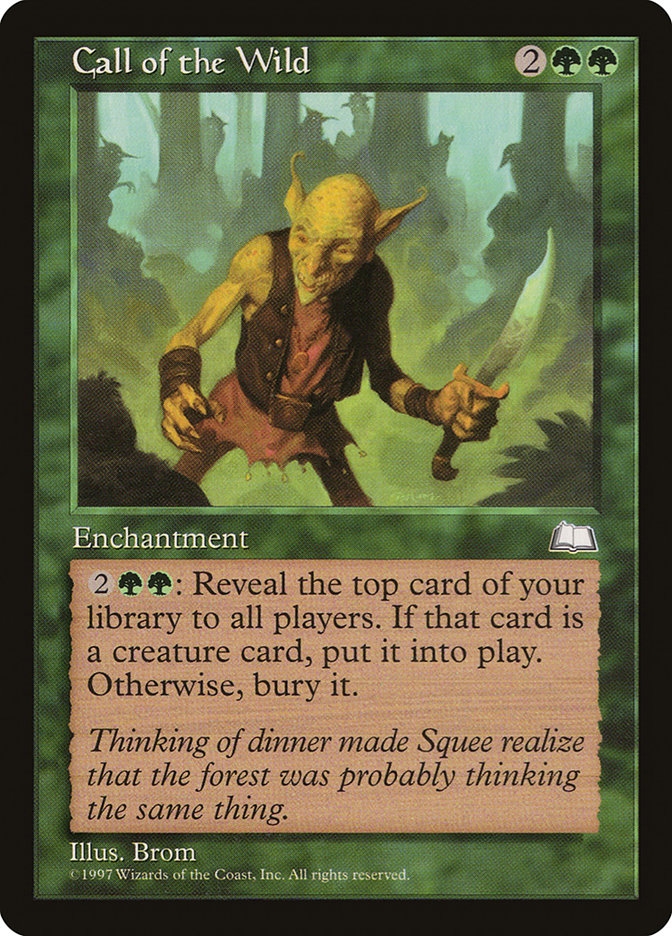
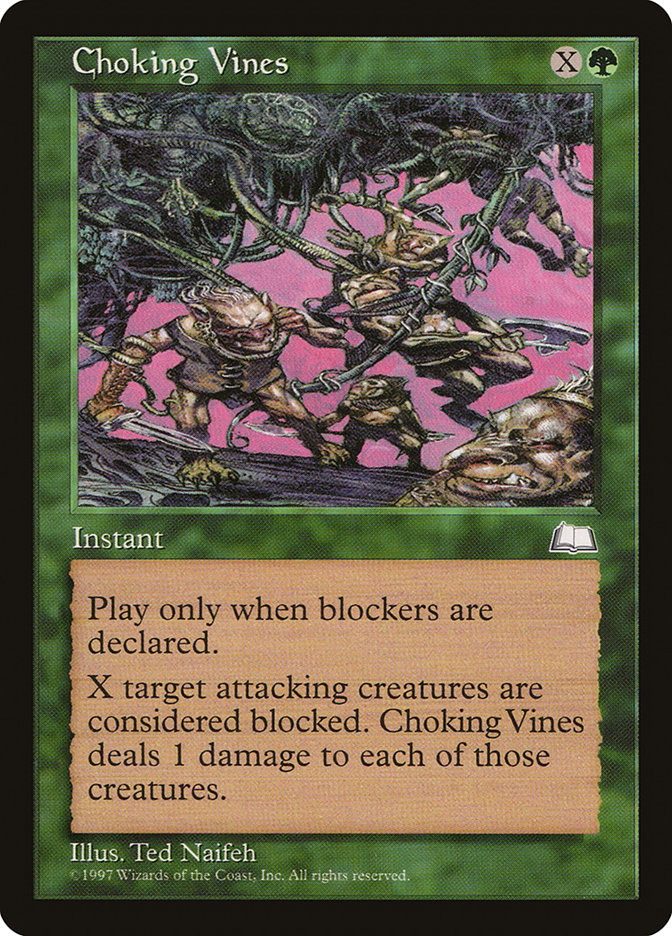
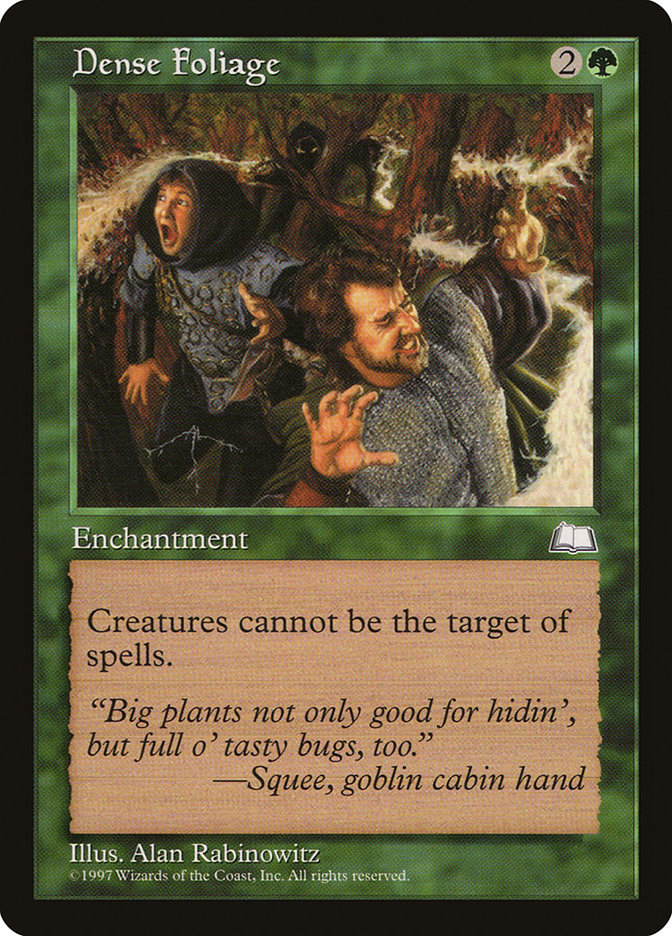

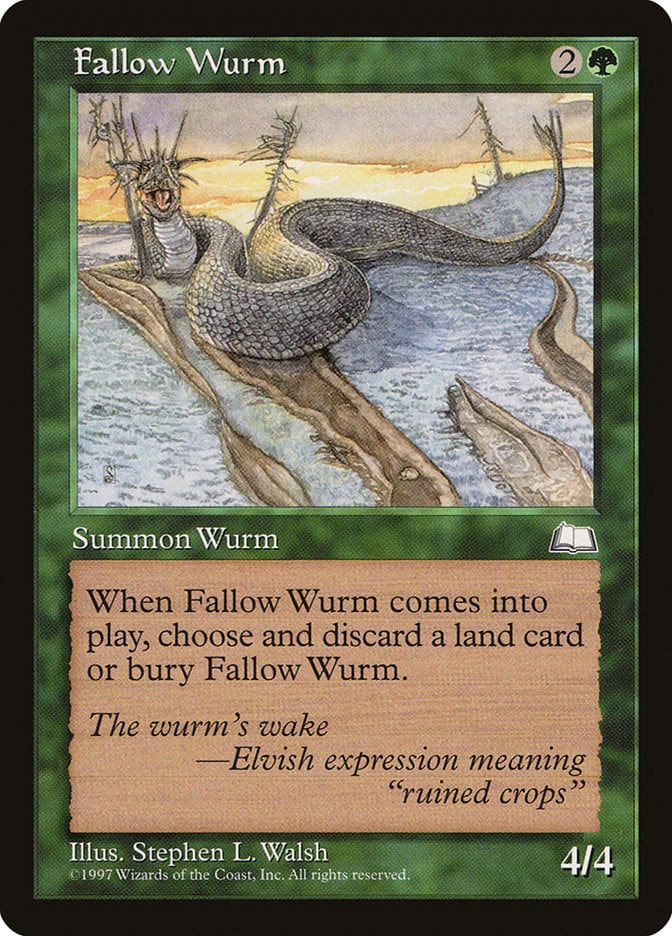


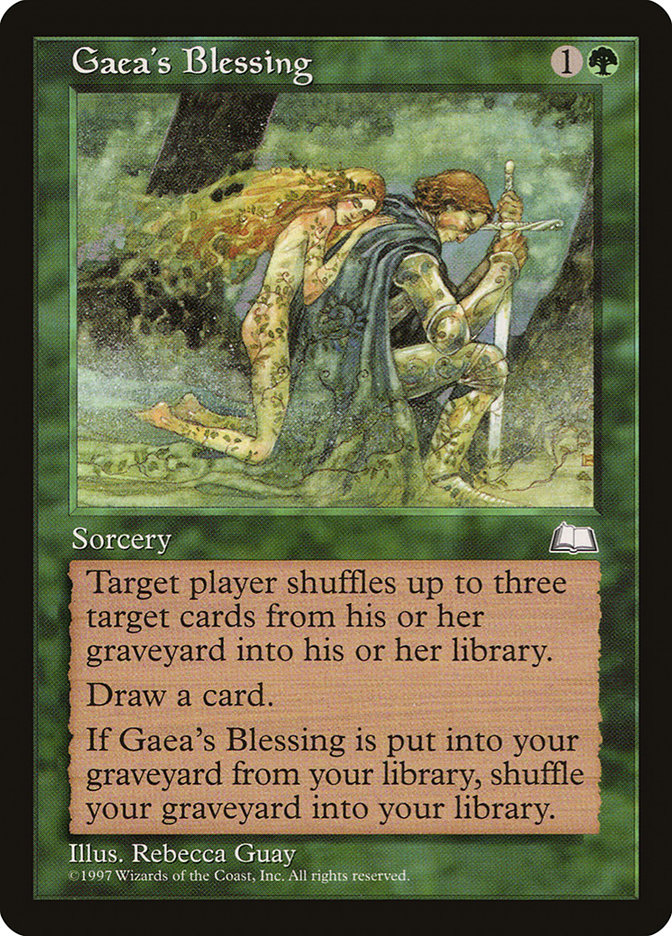
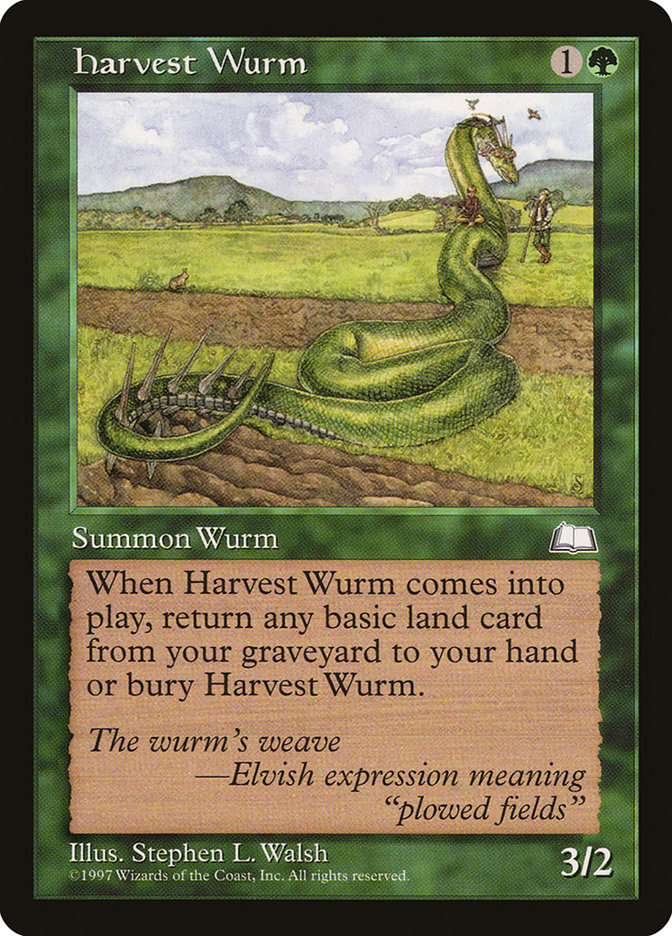

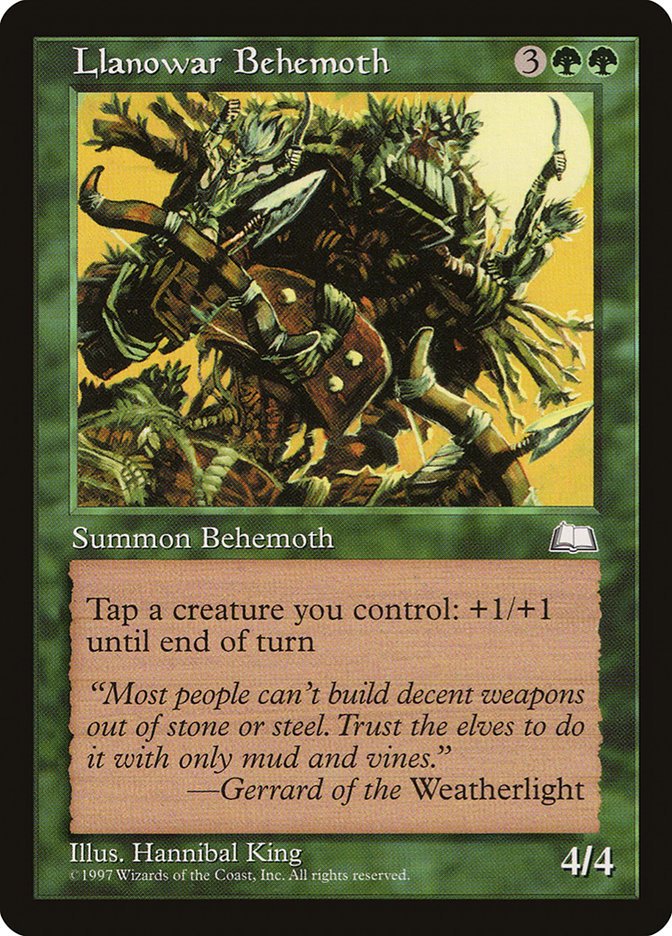

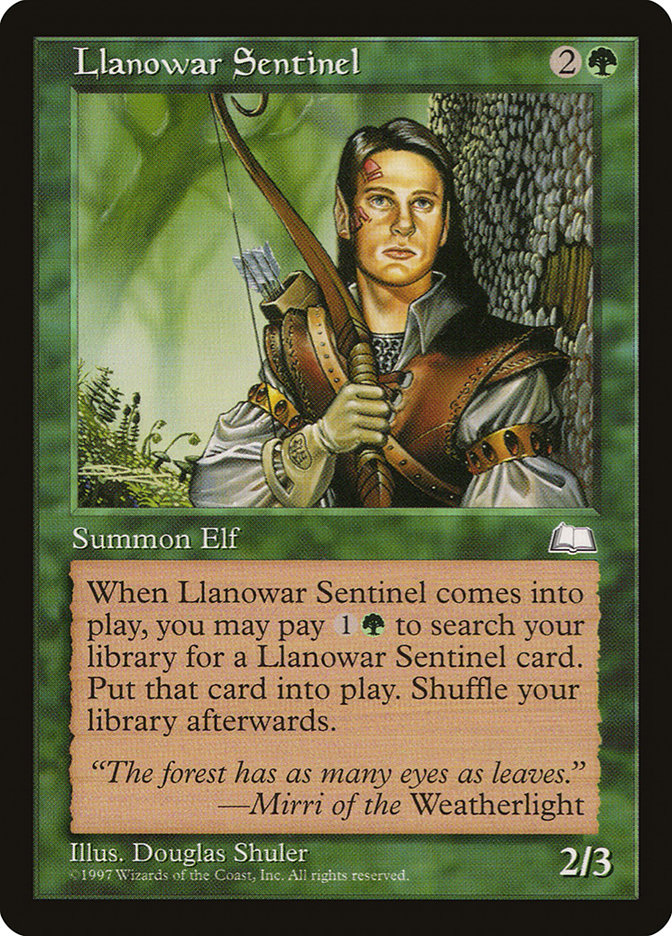
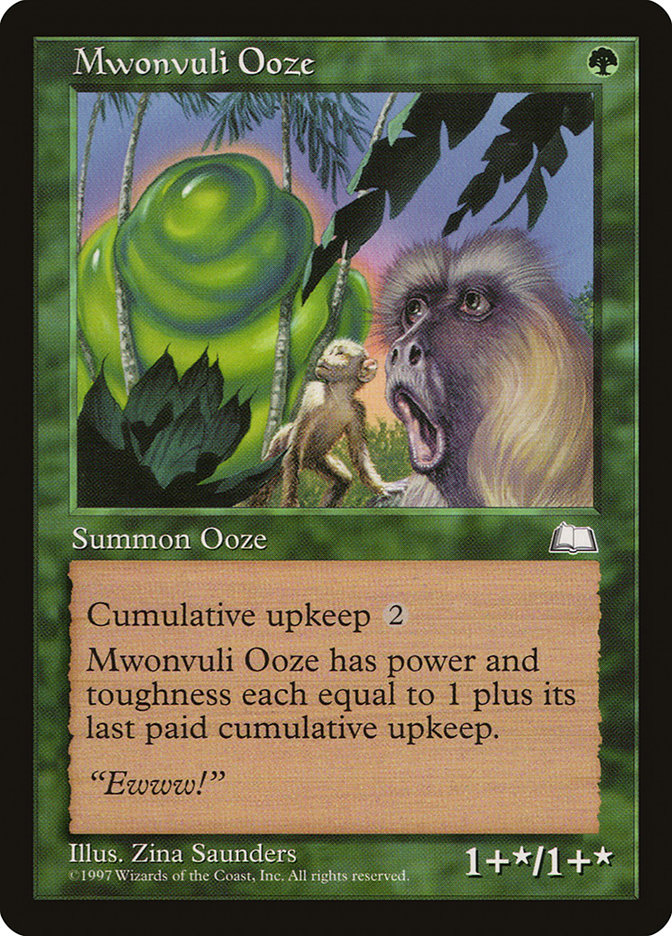

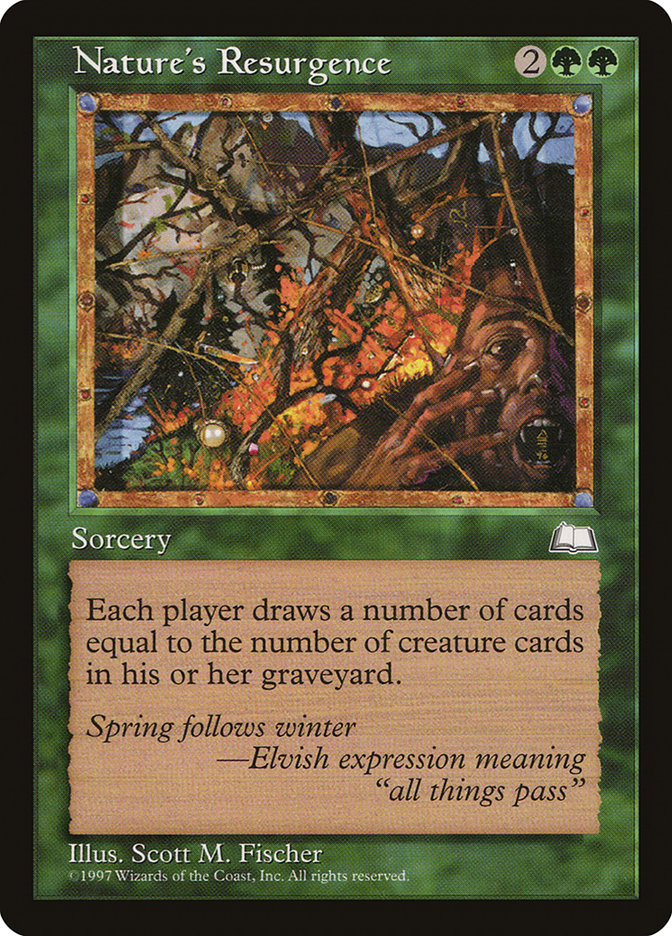
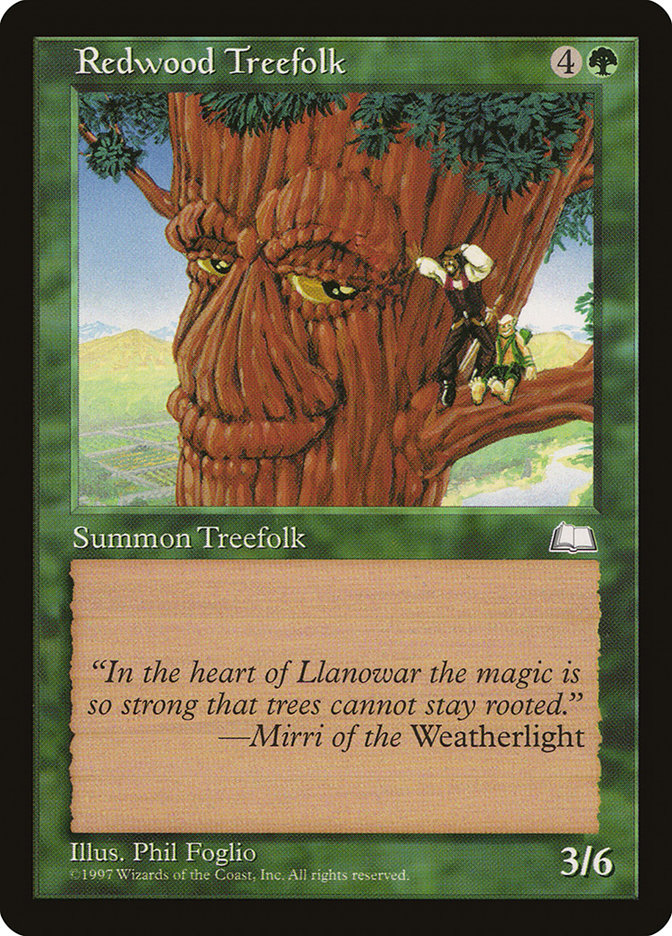
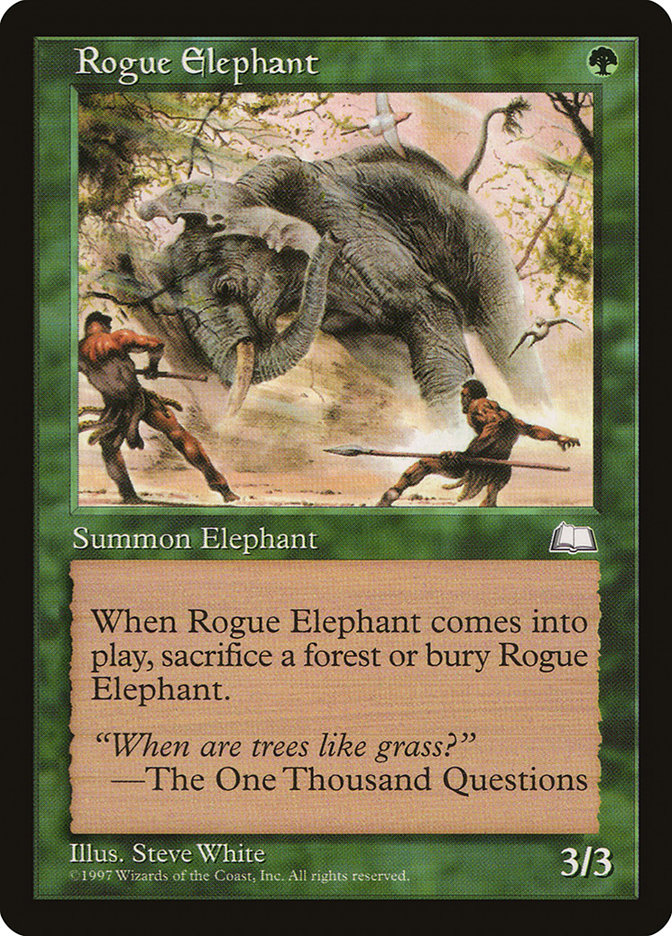

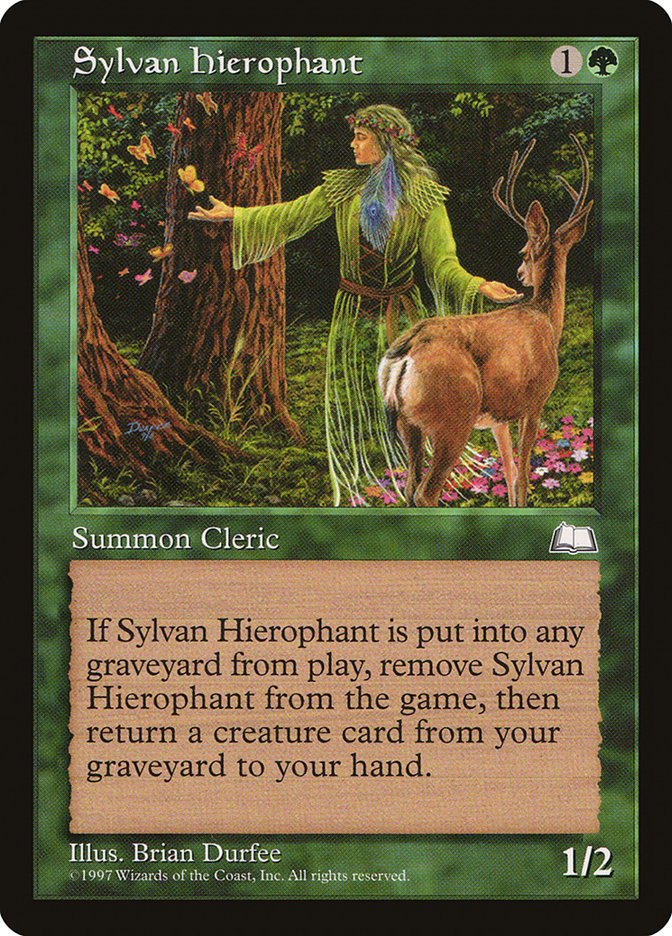
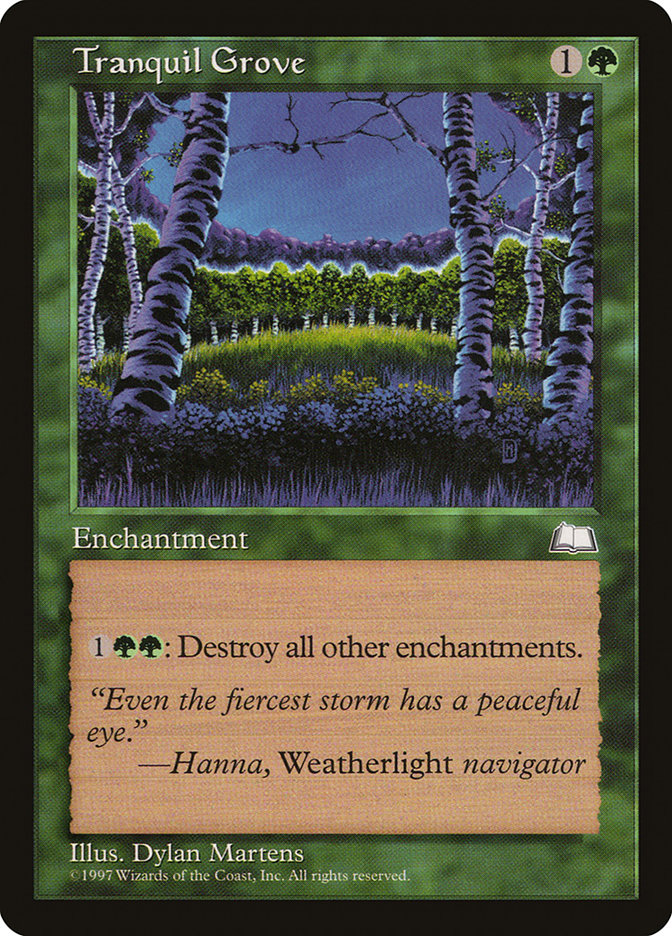


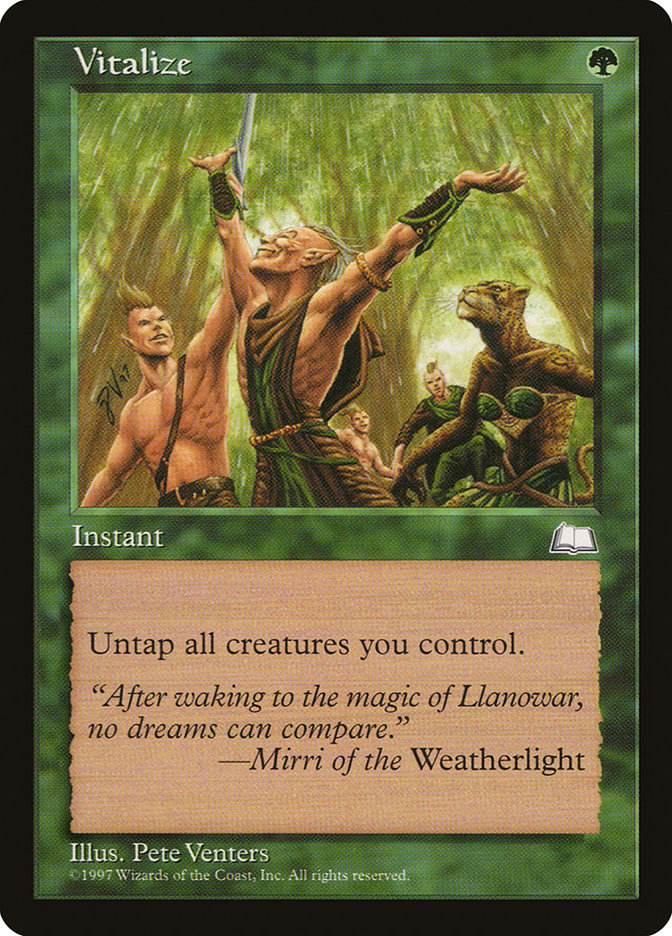
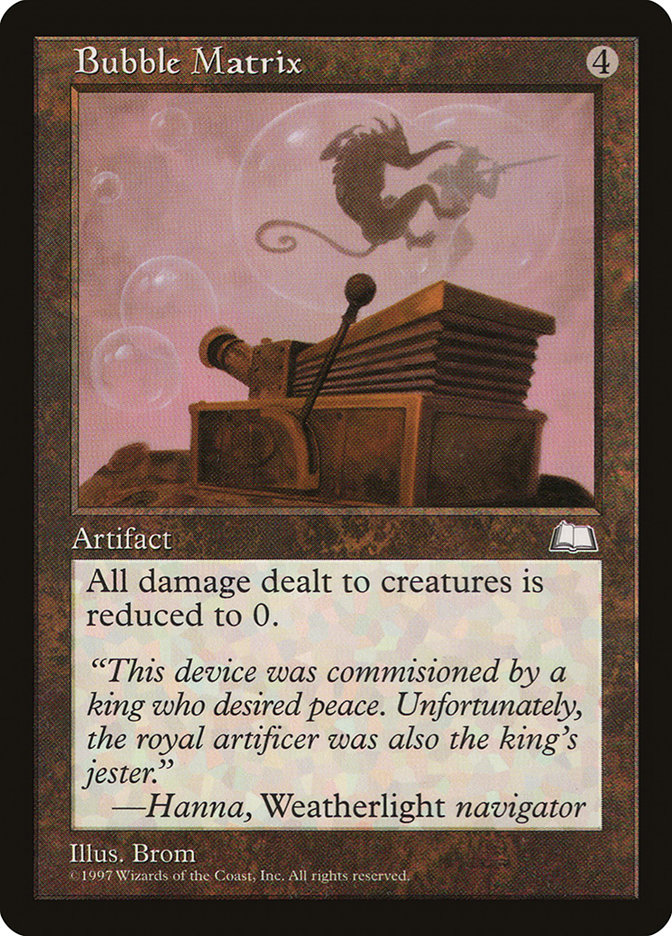
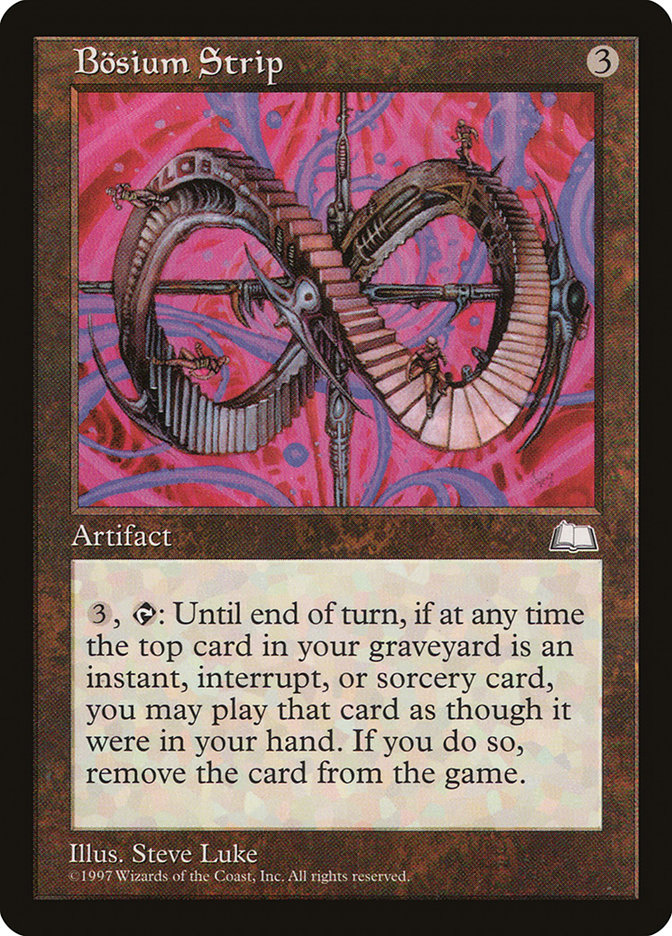
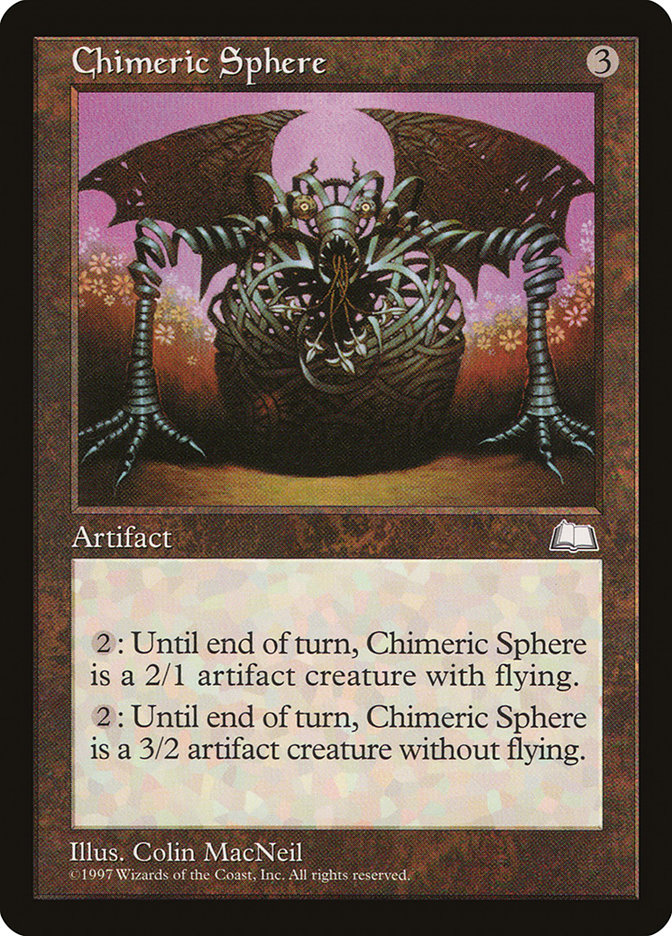
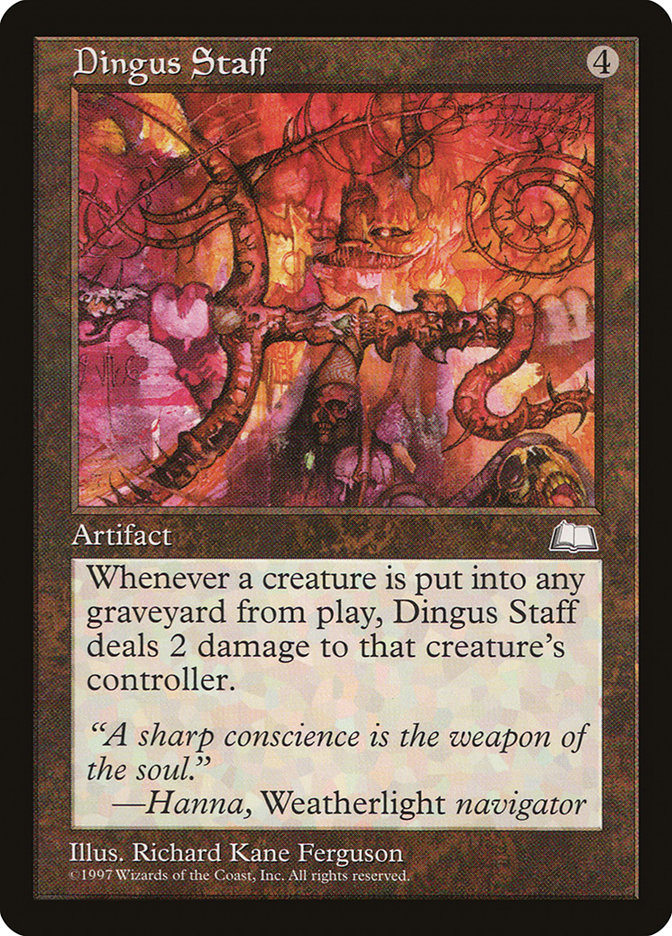
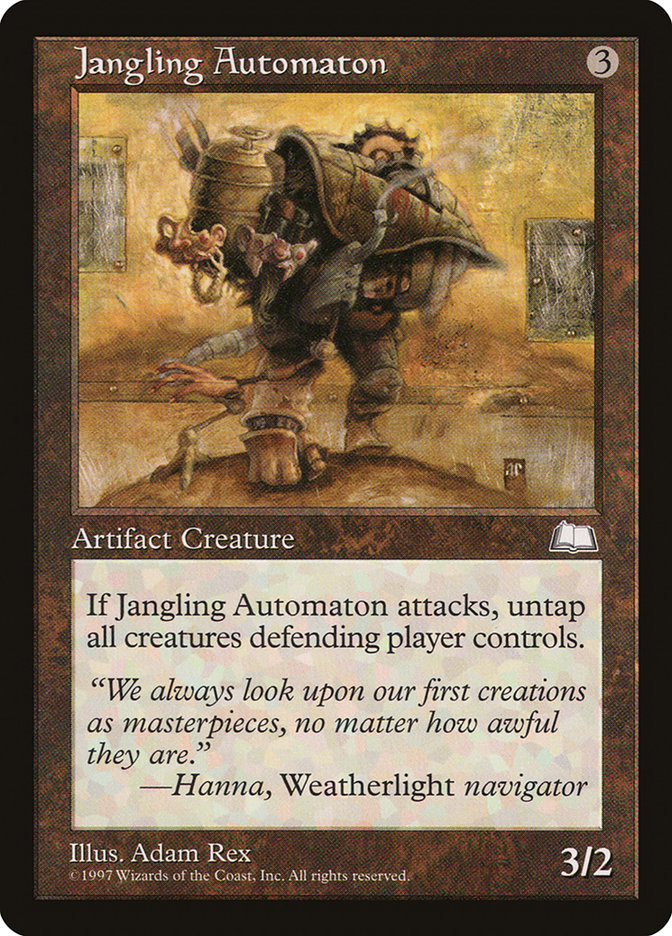
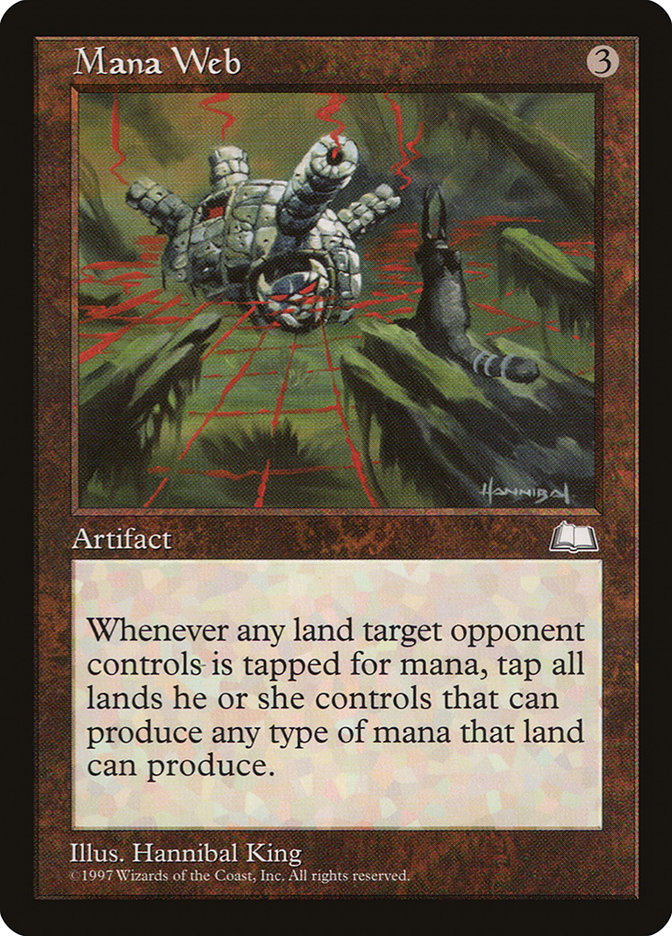
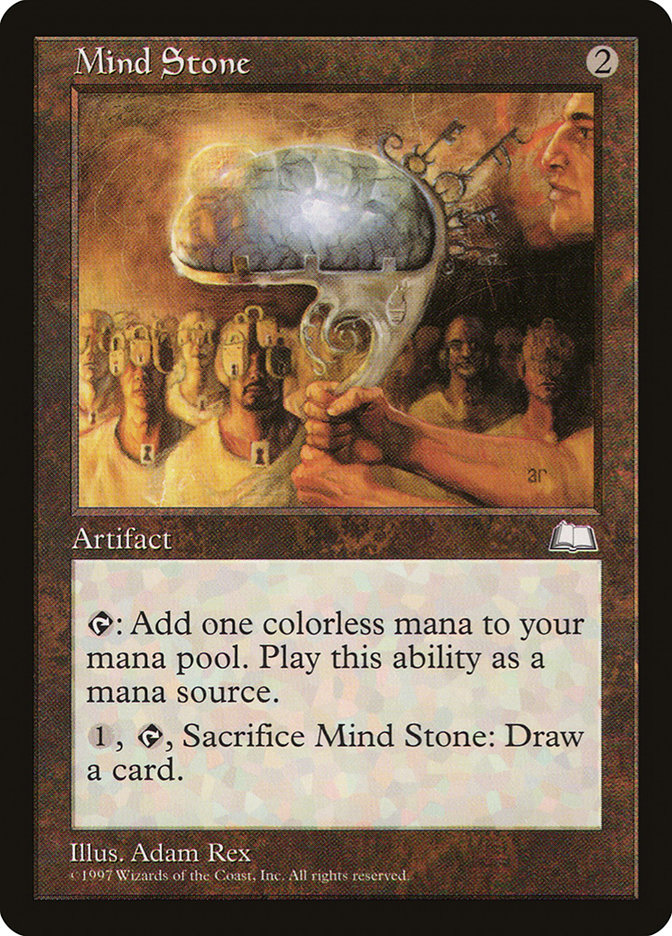

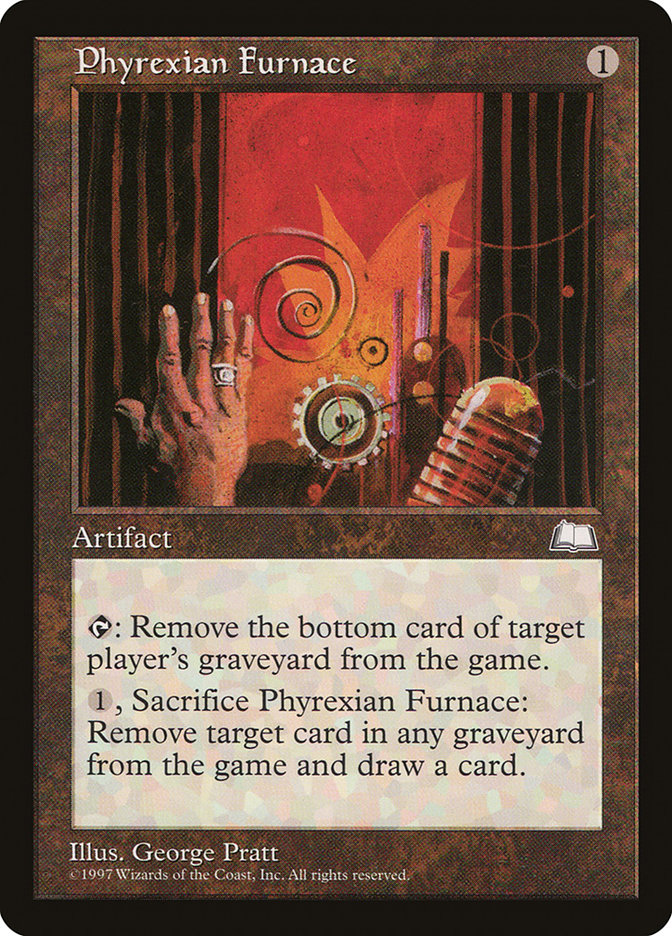

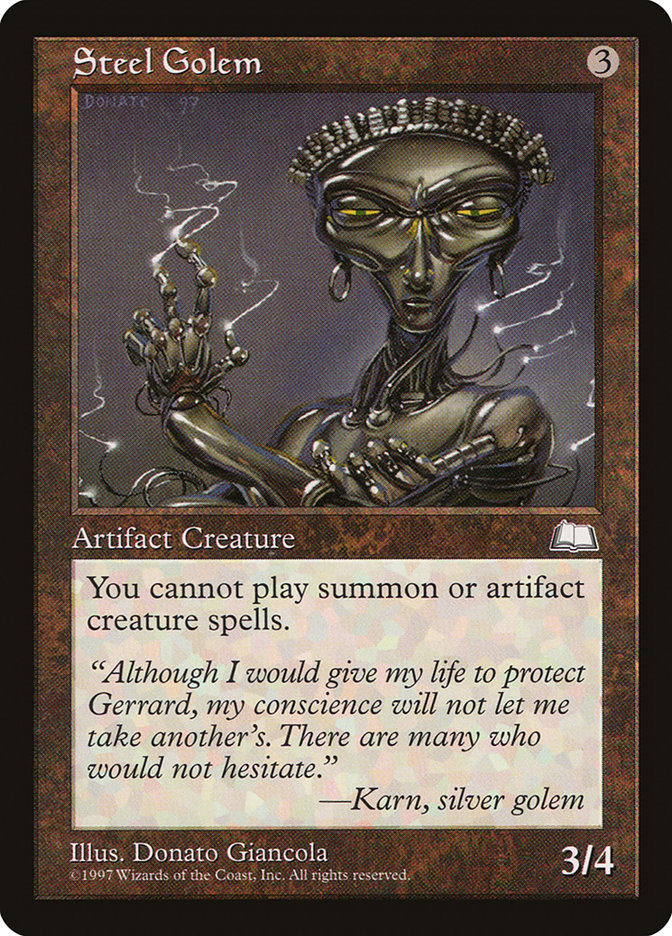

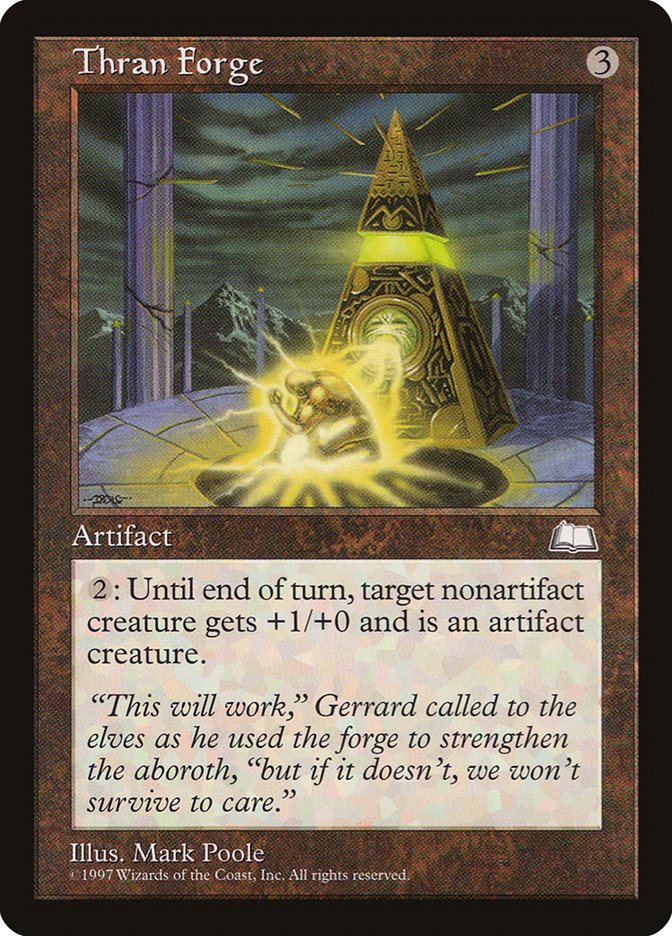

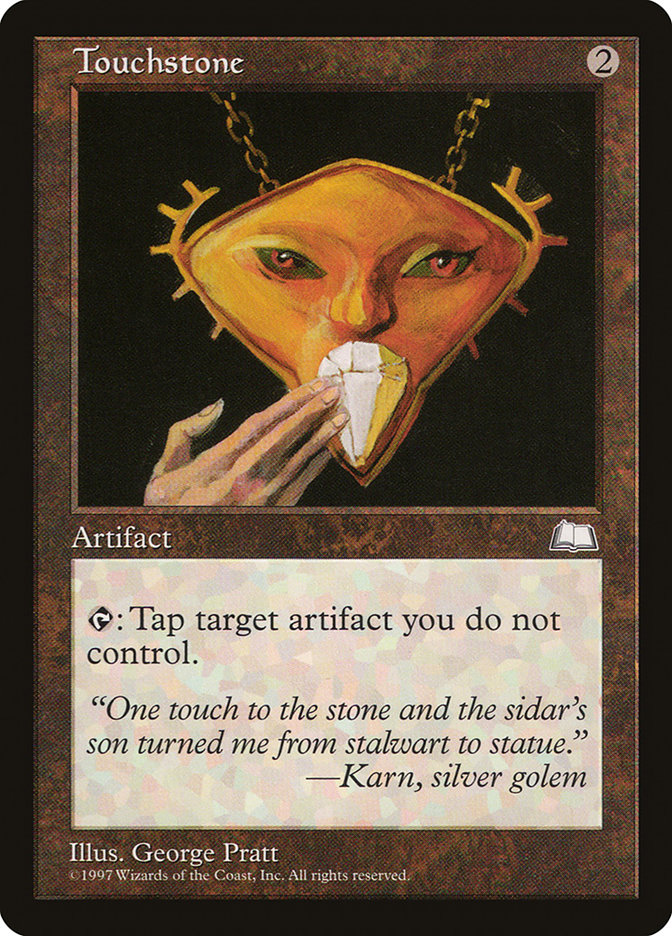
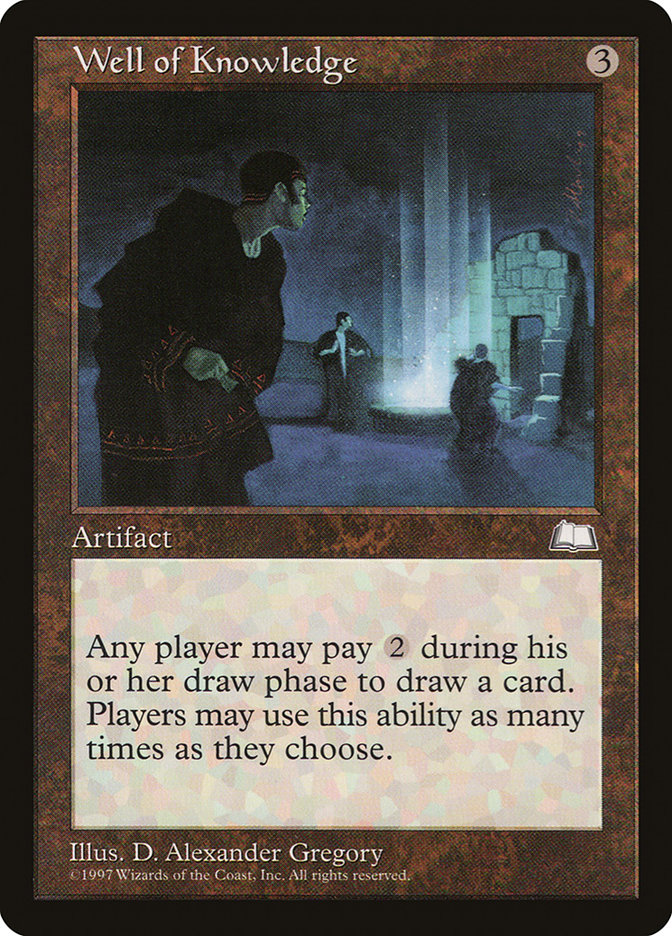

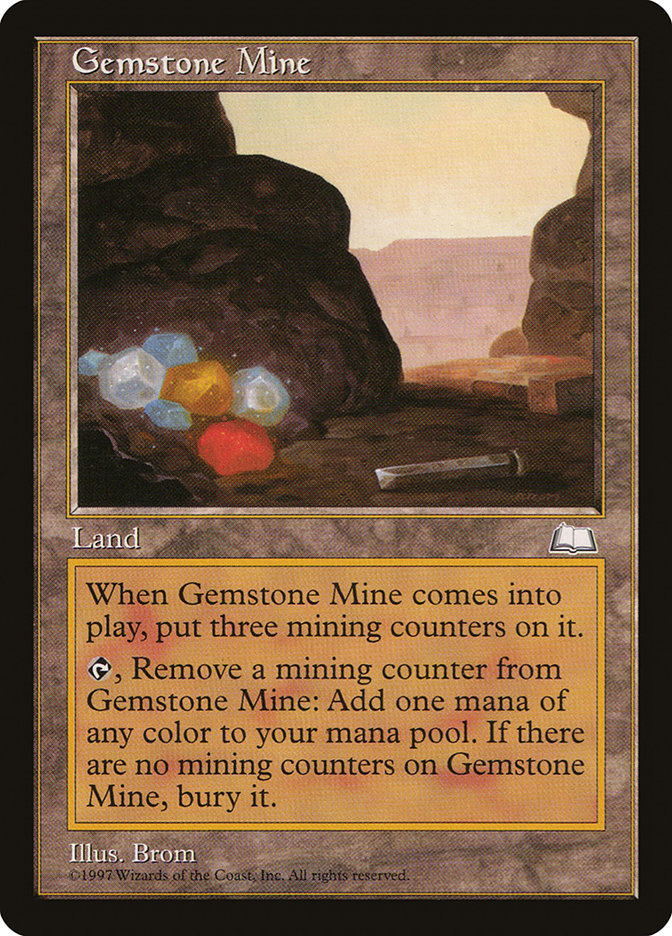
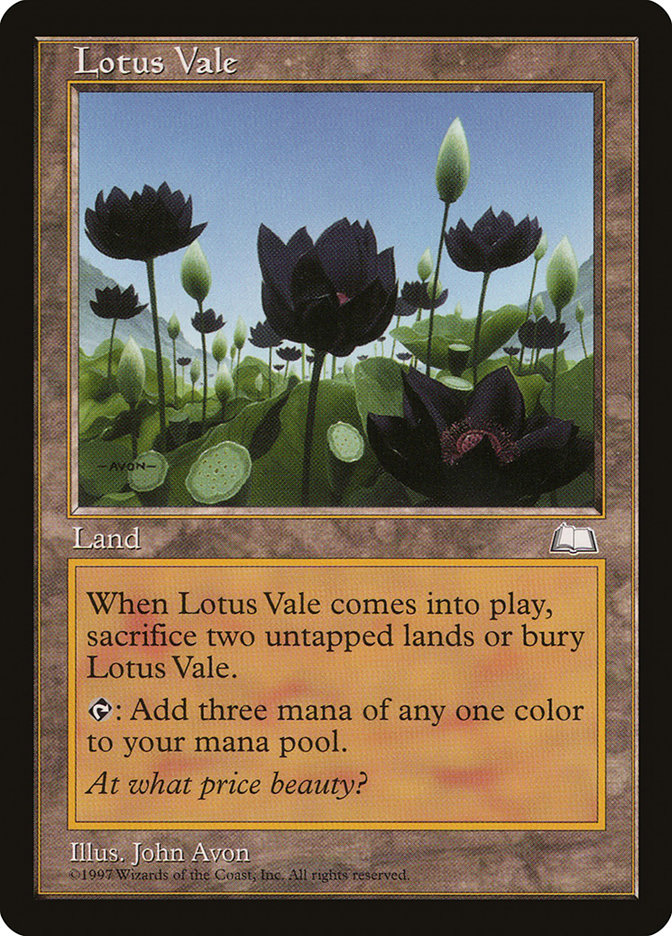


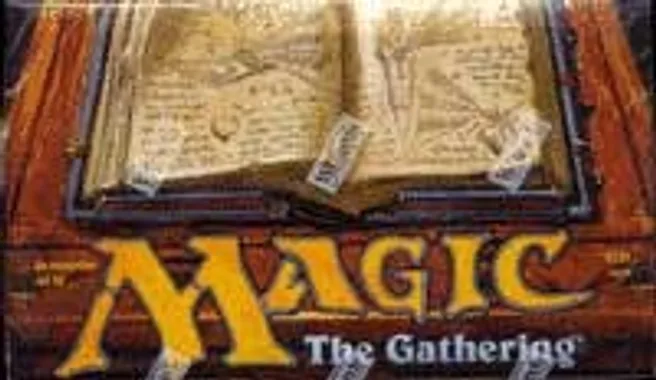
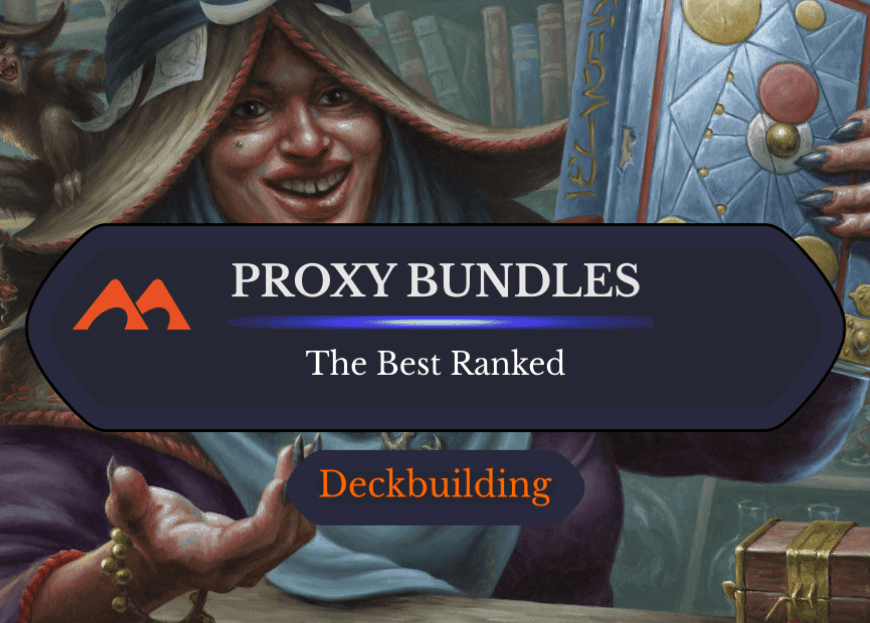
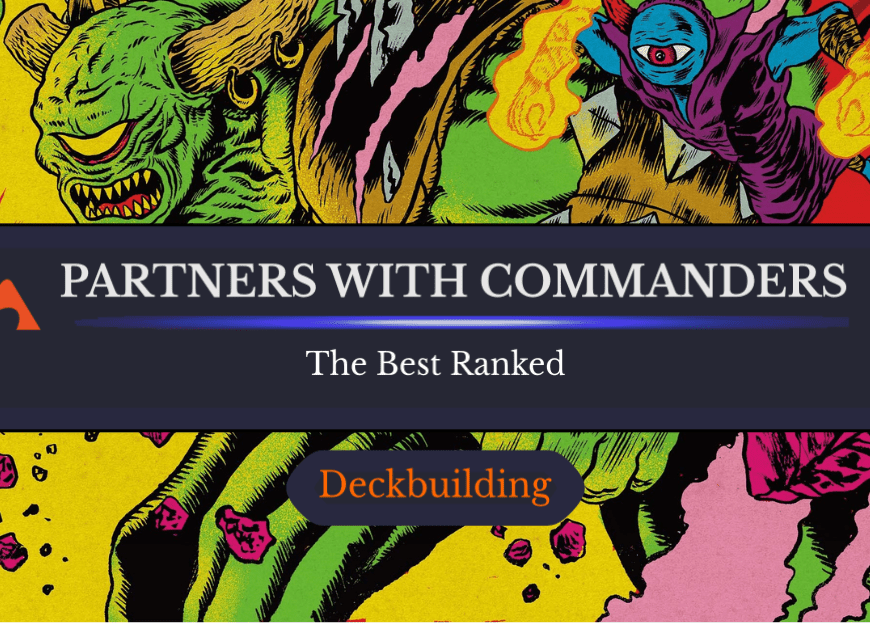
Add Comment